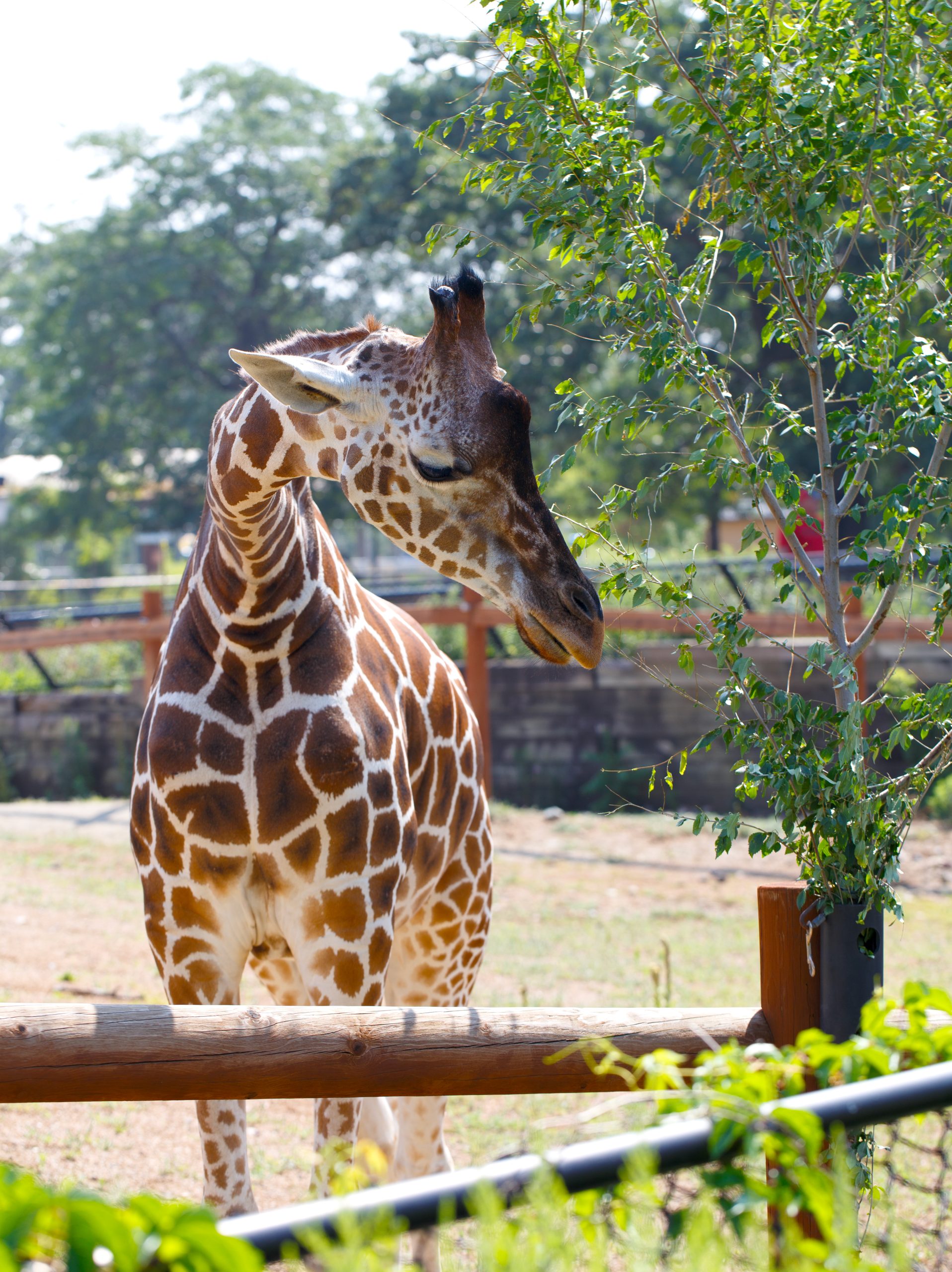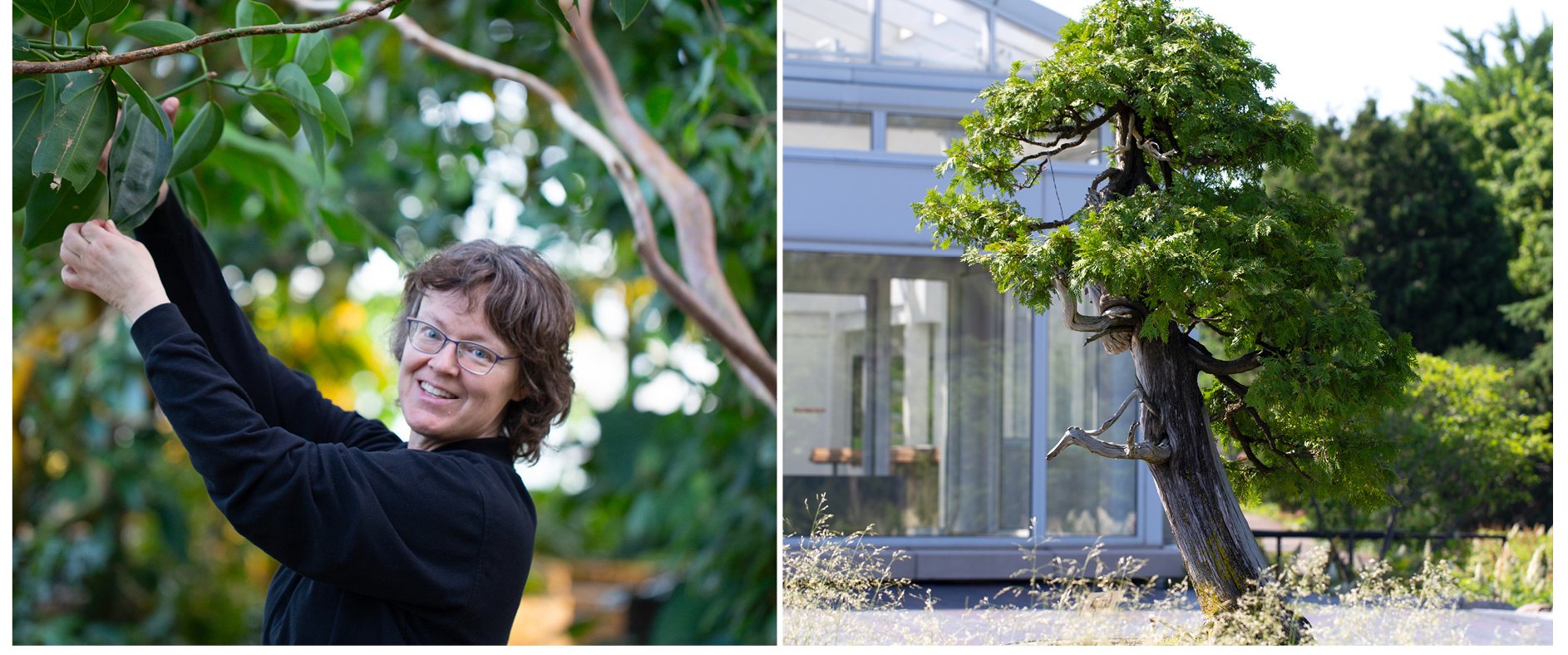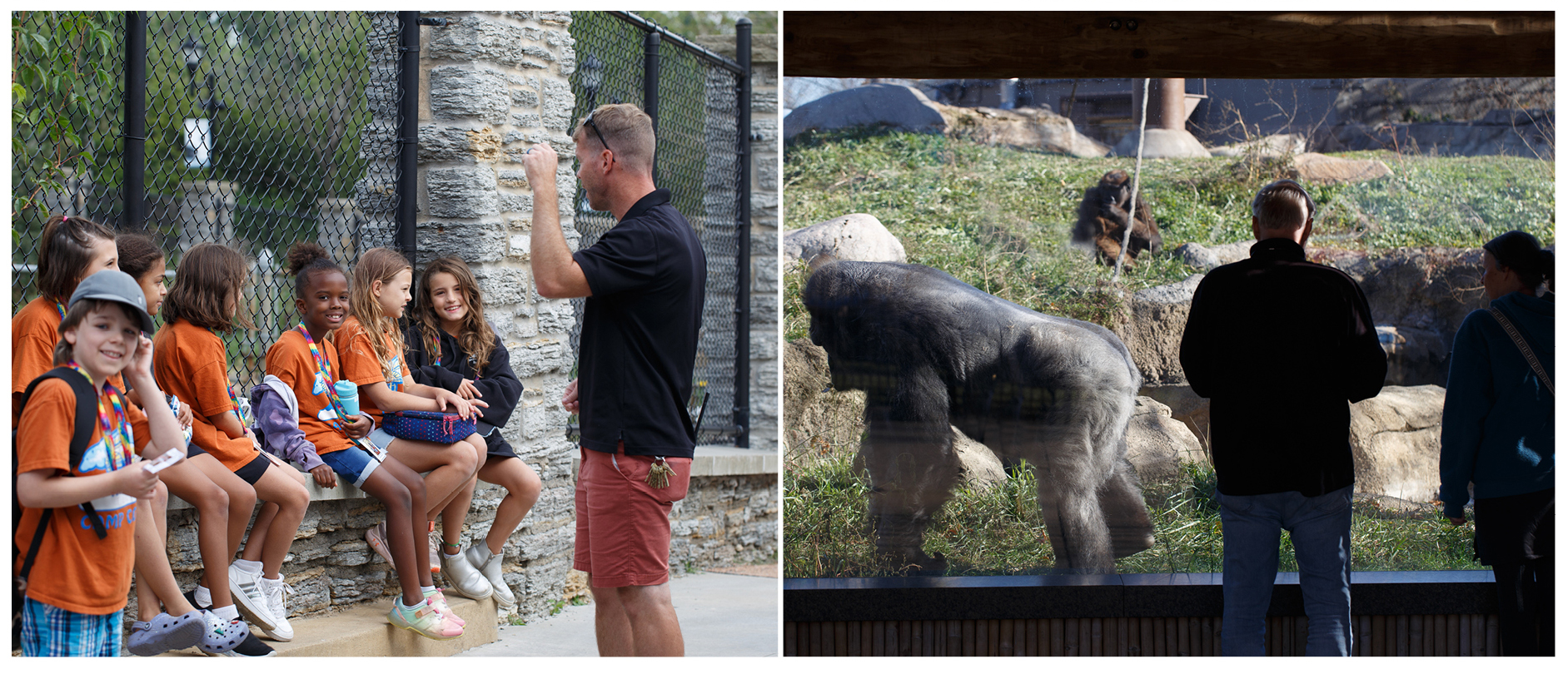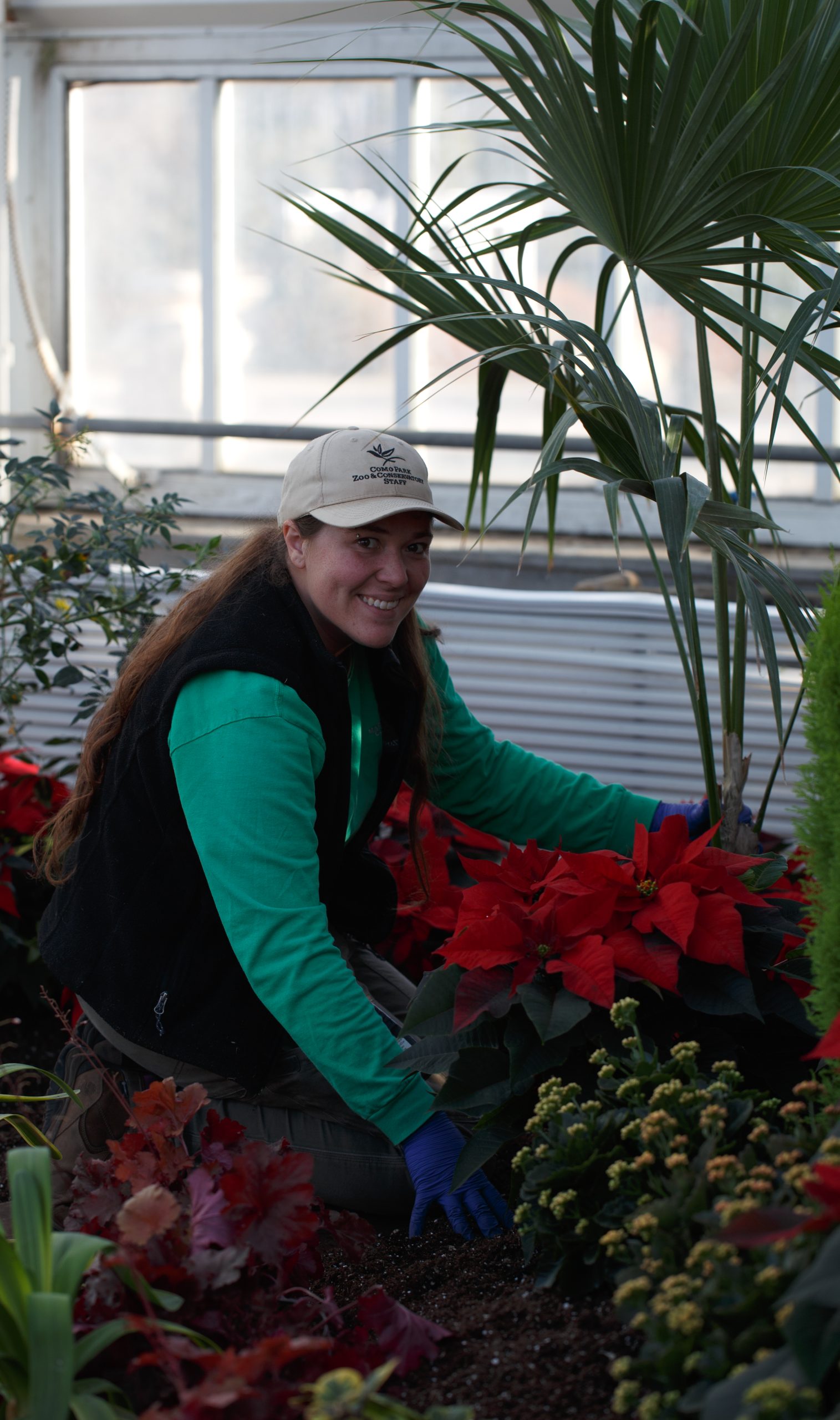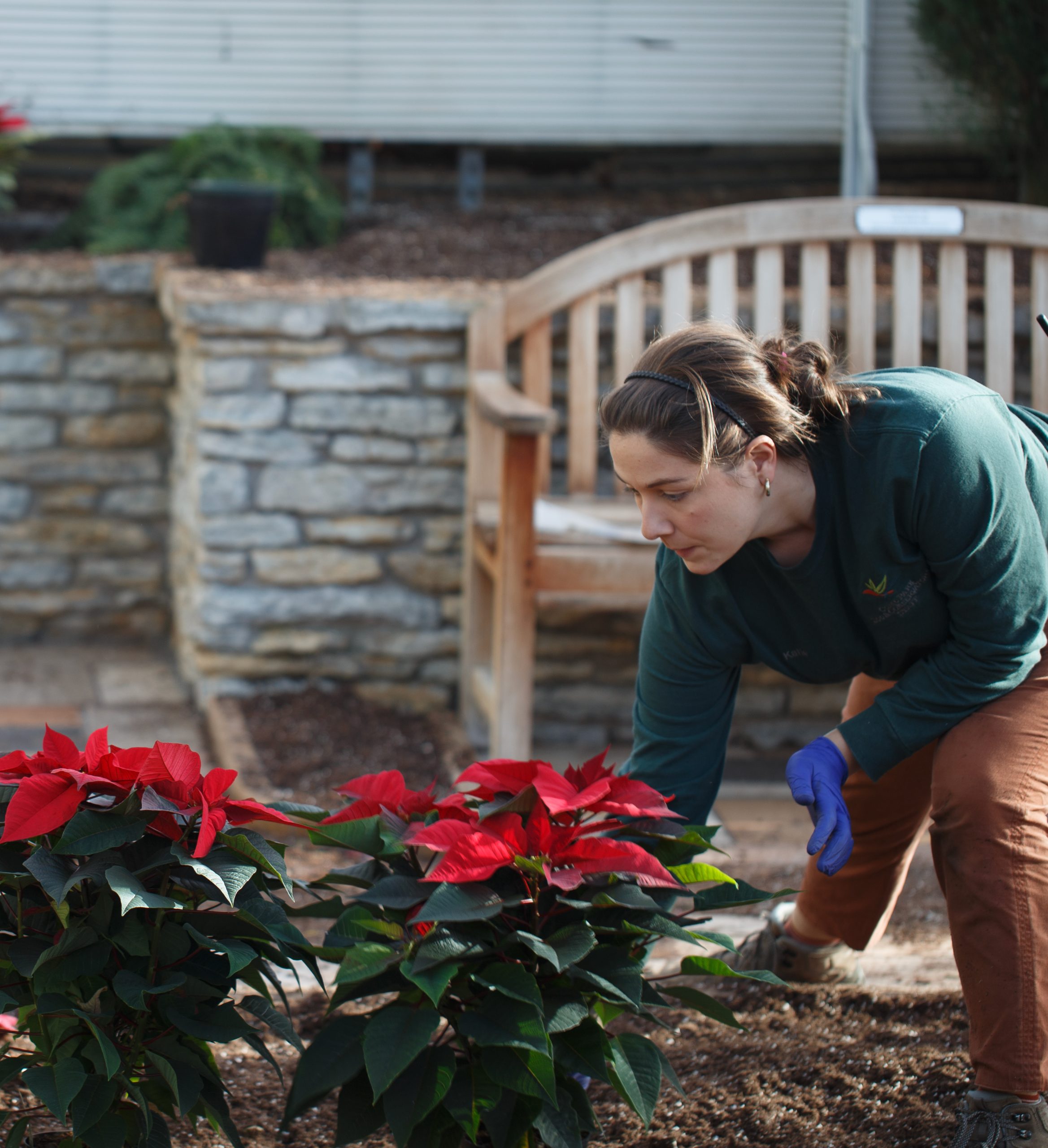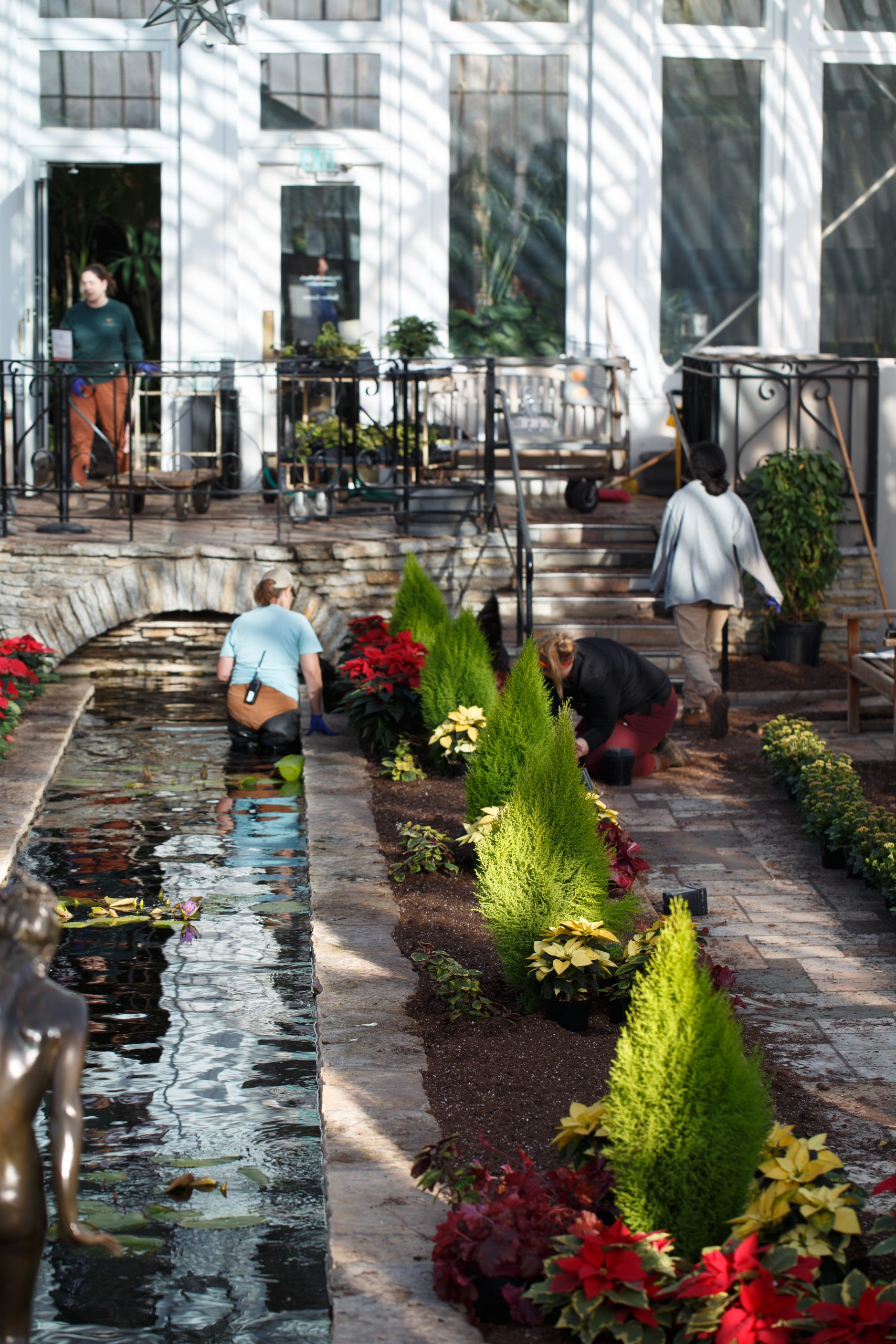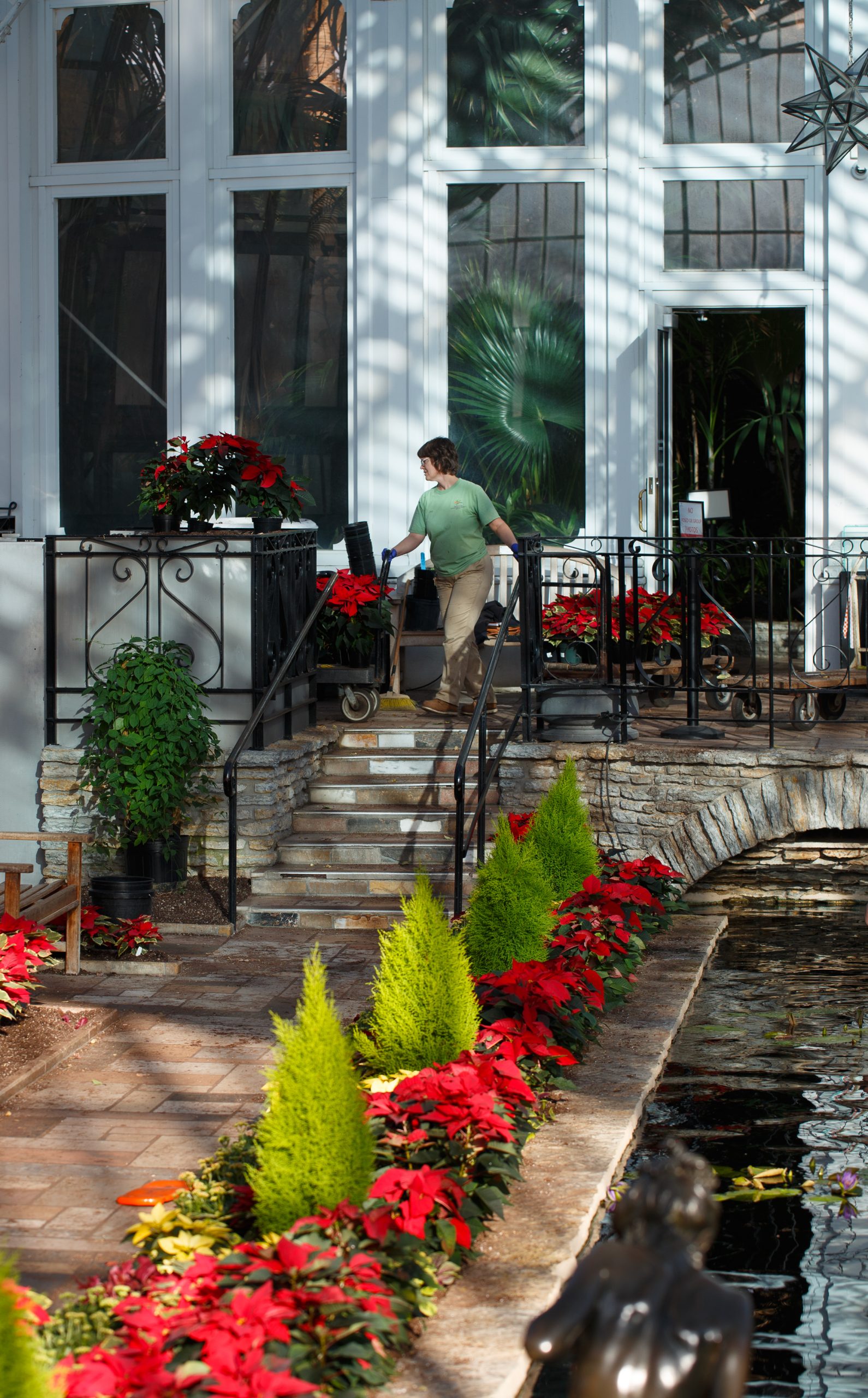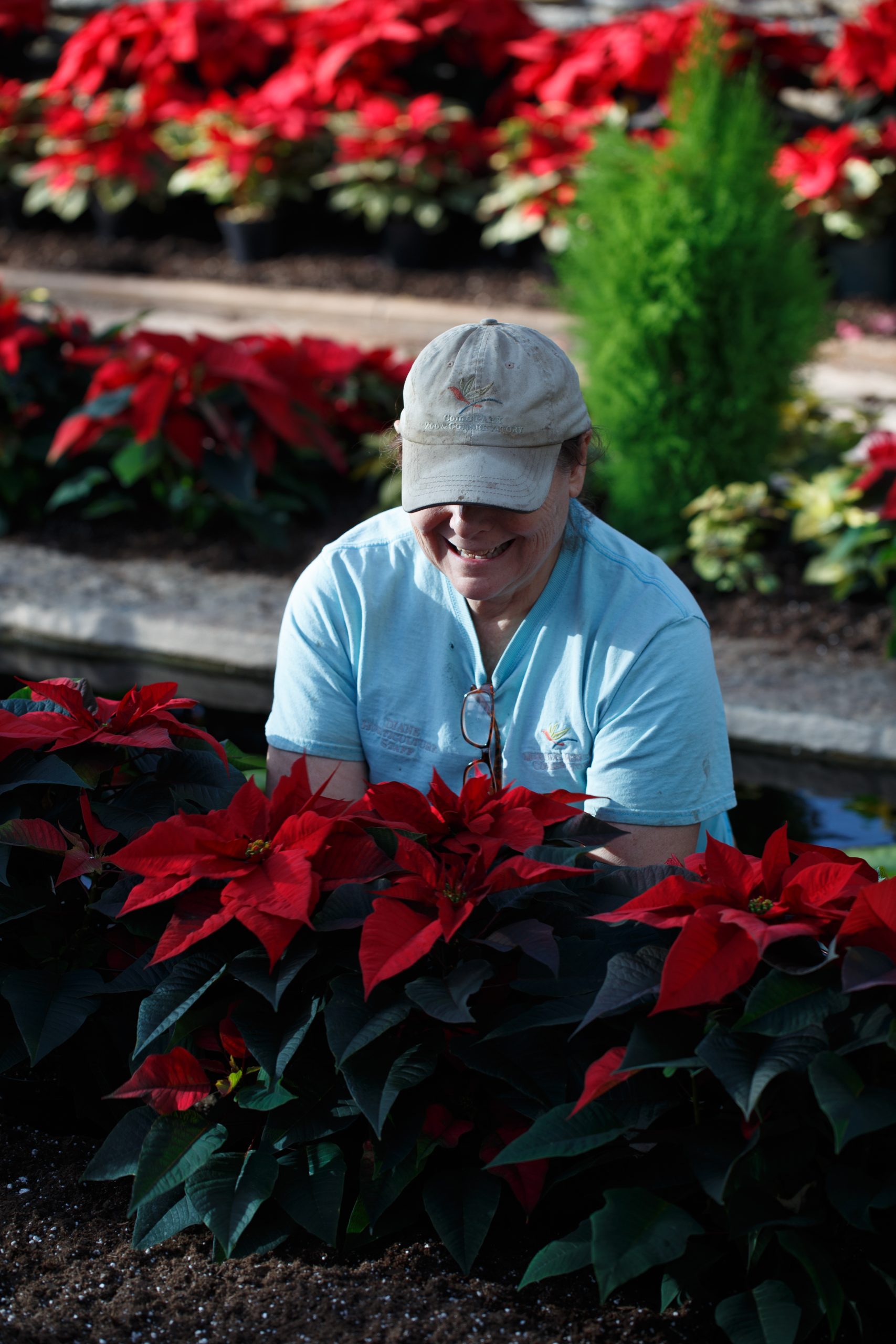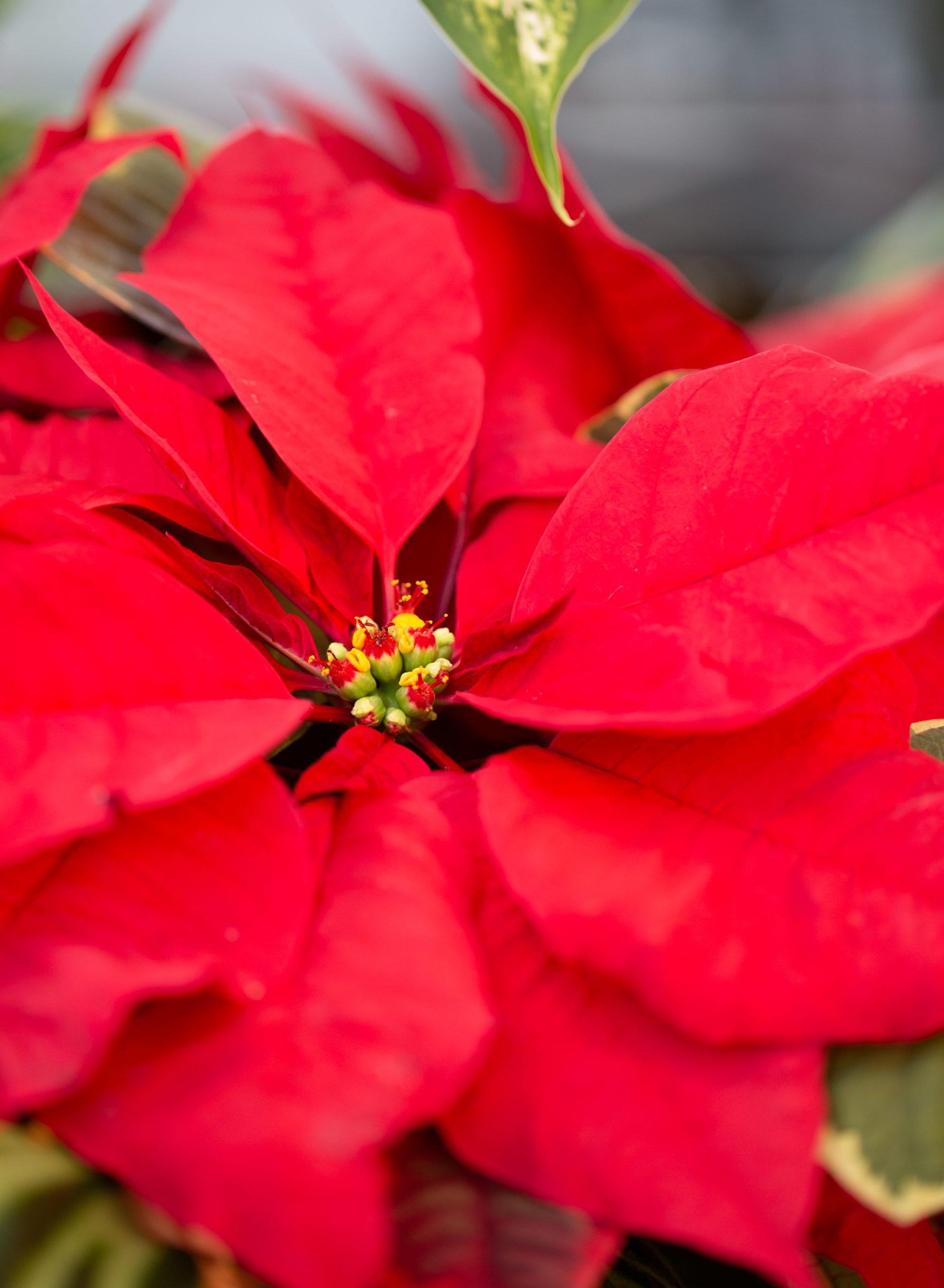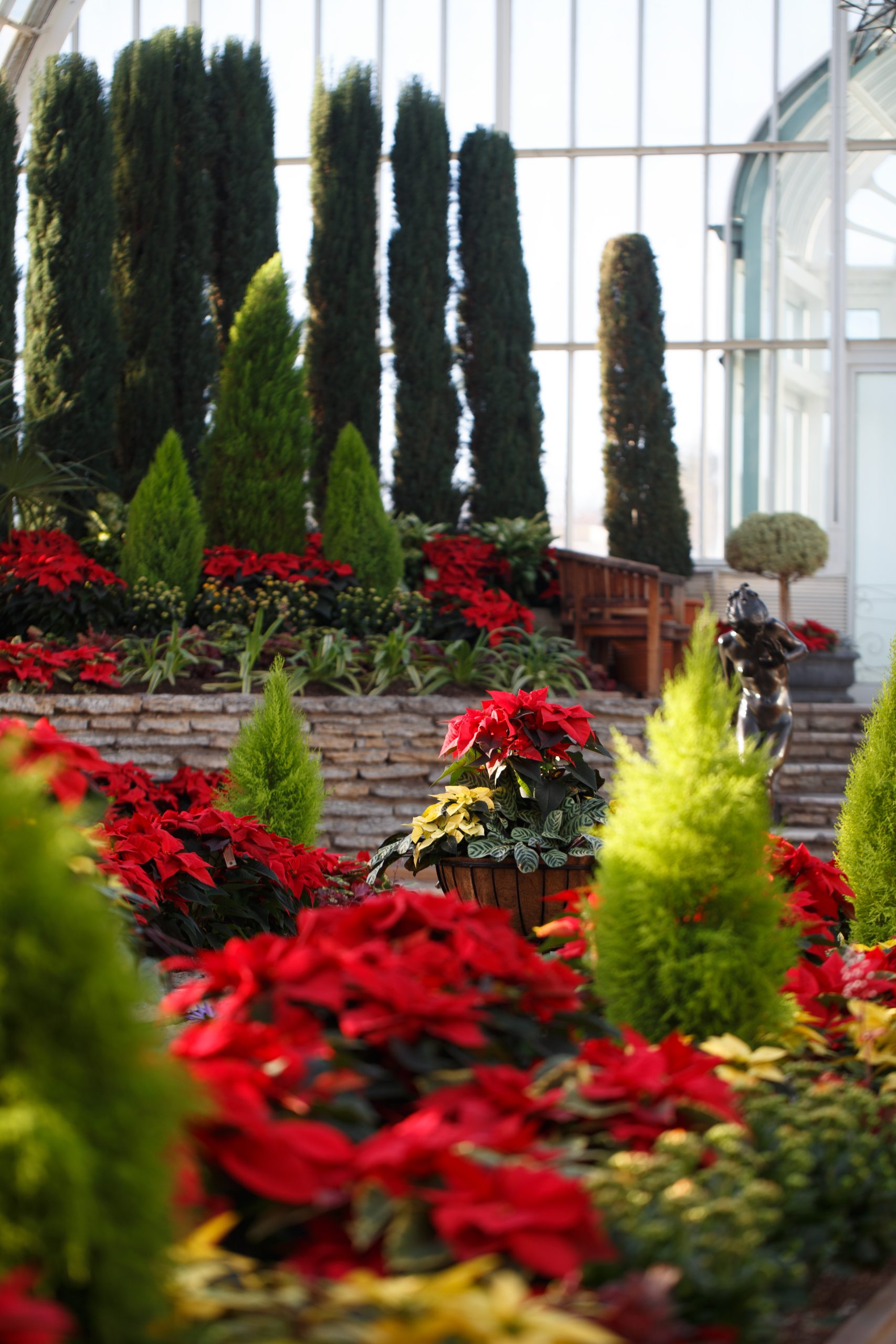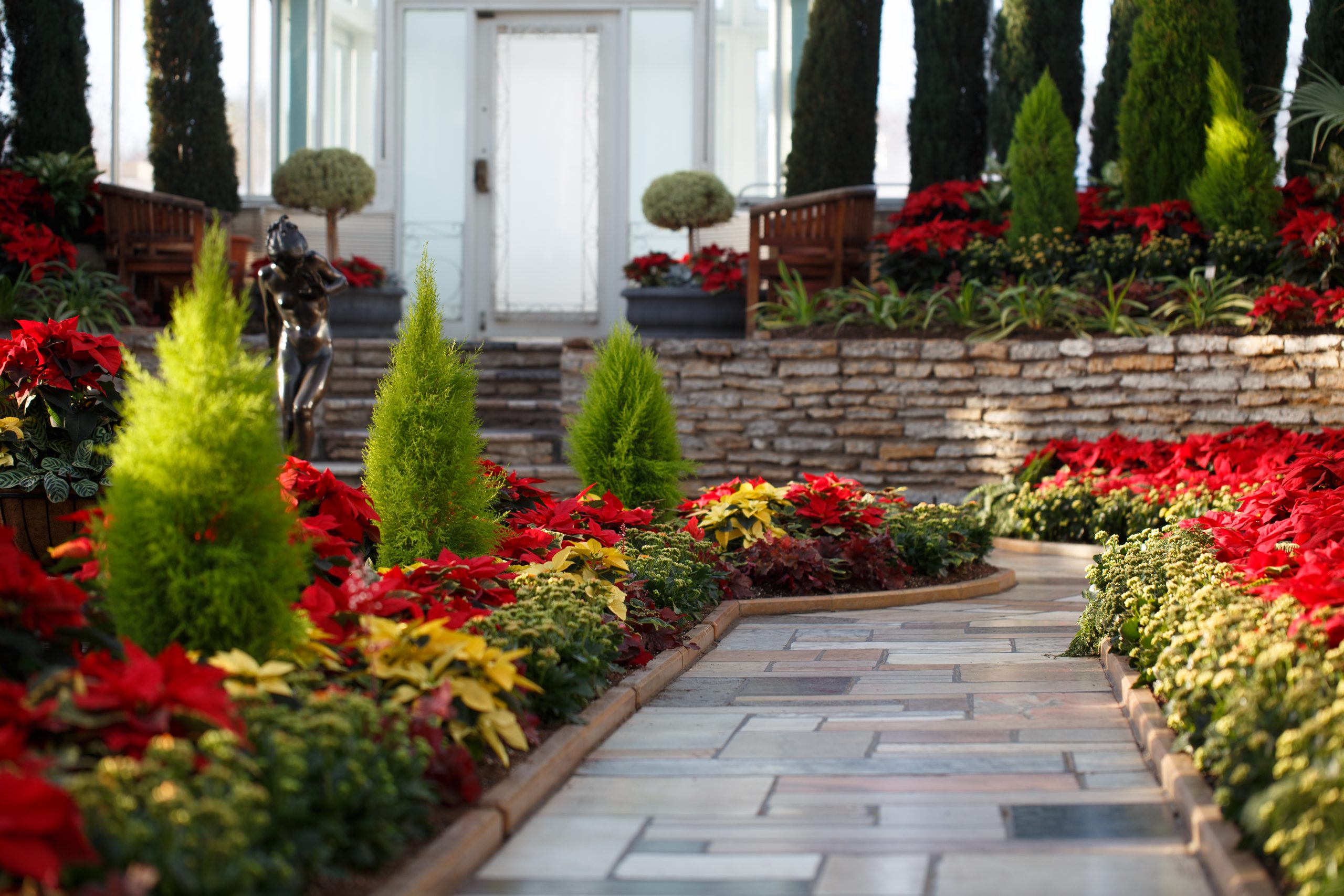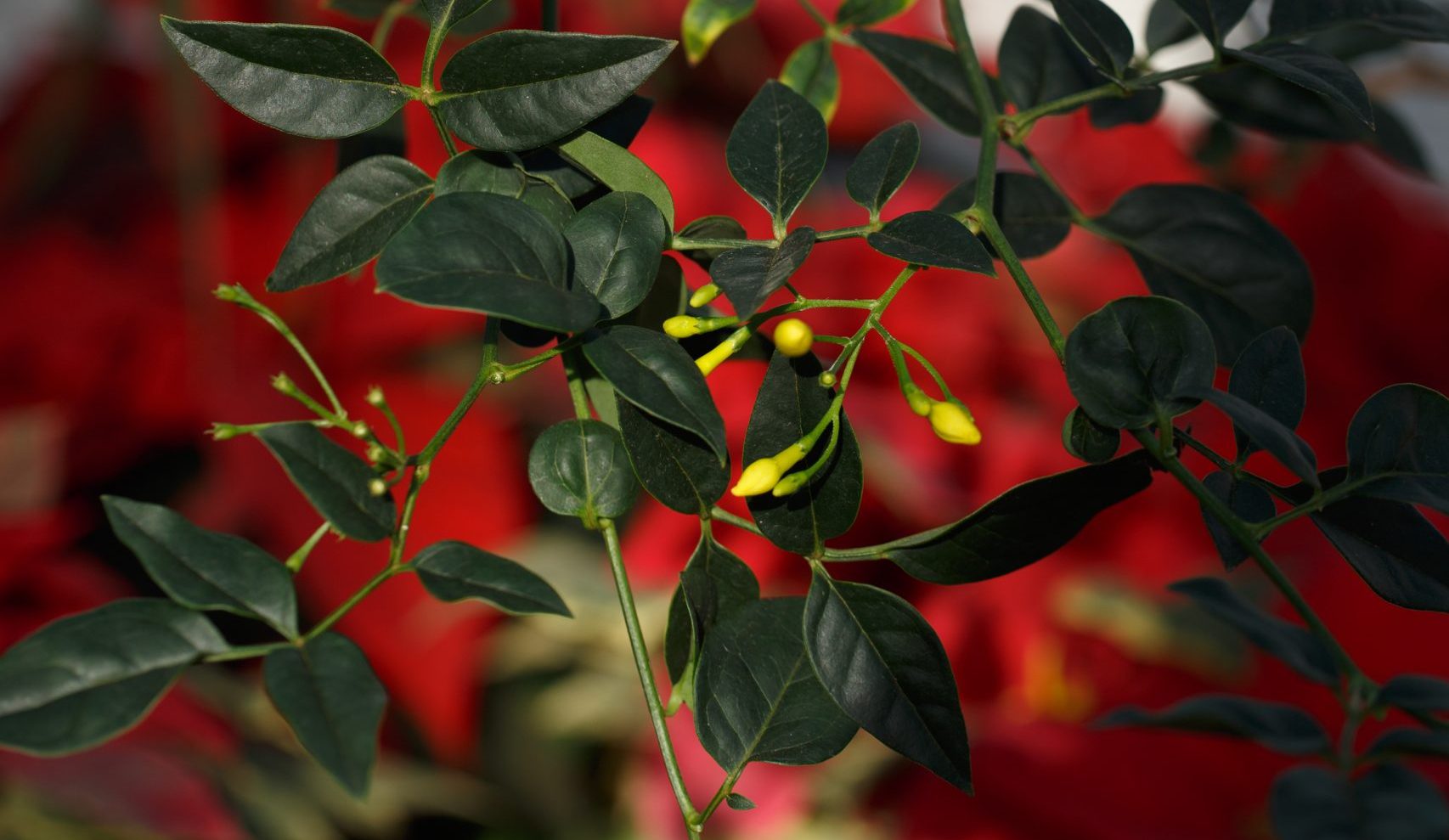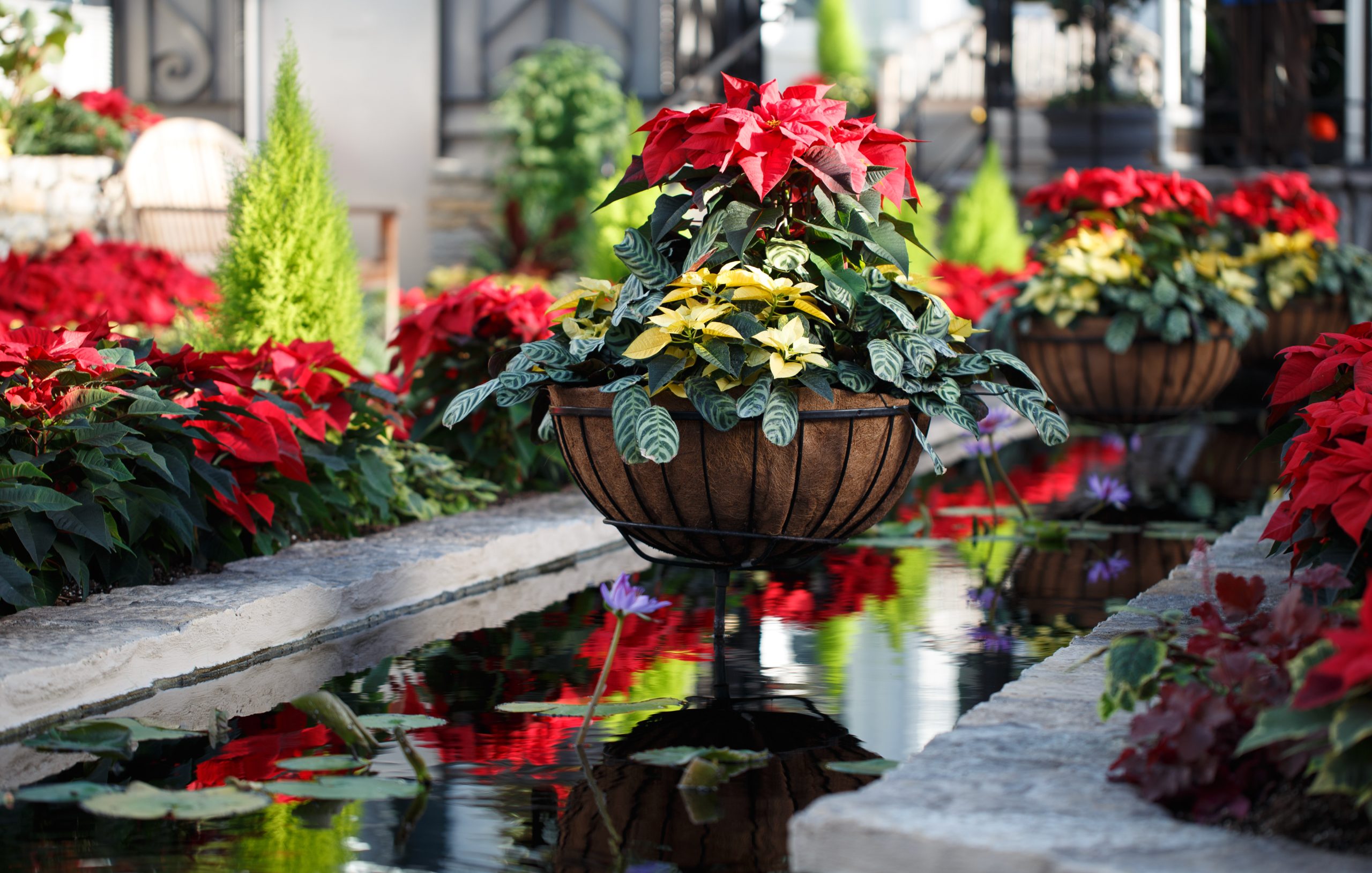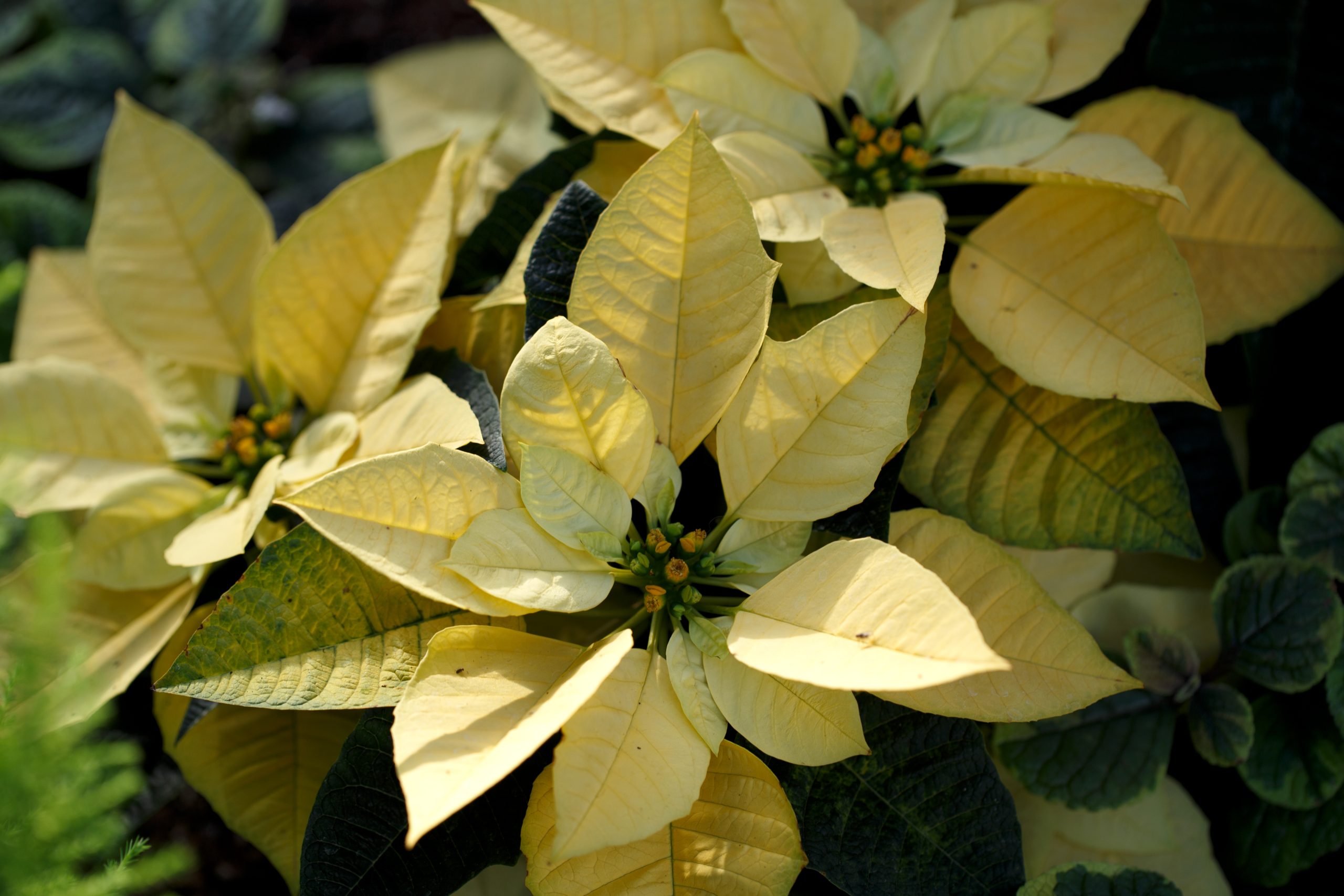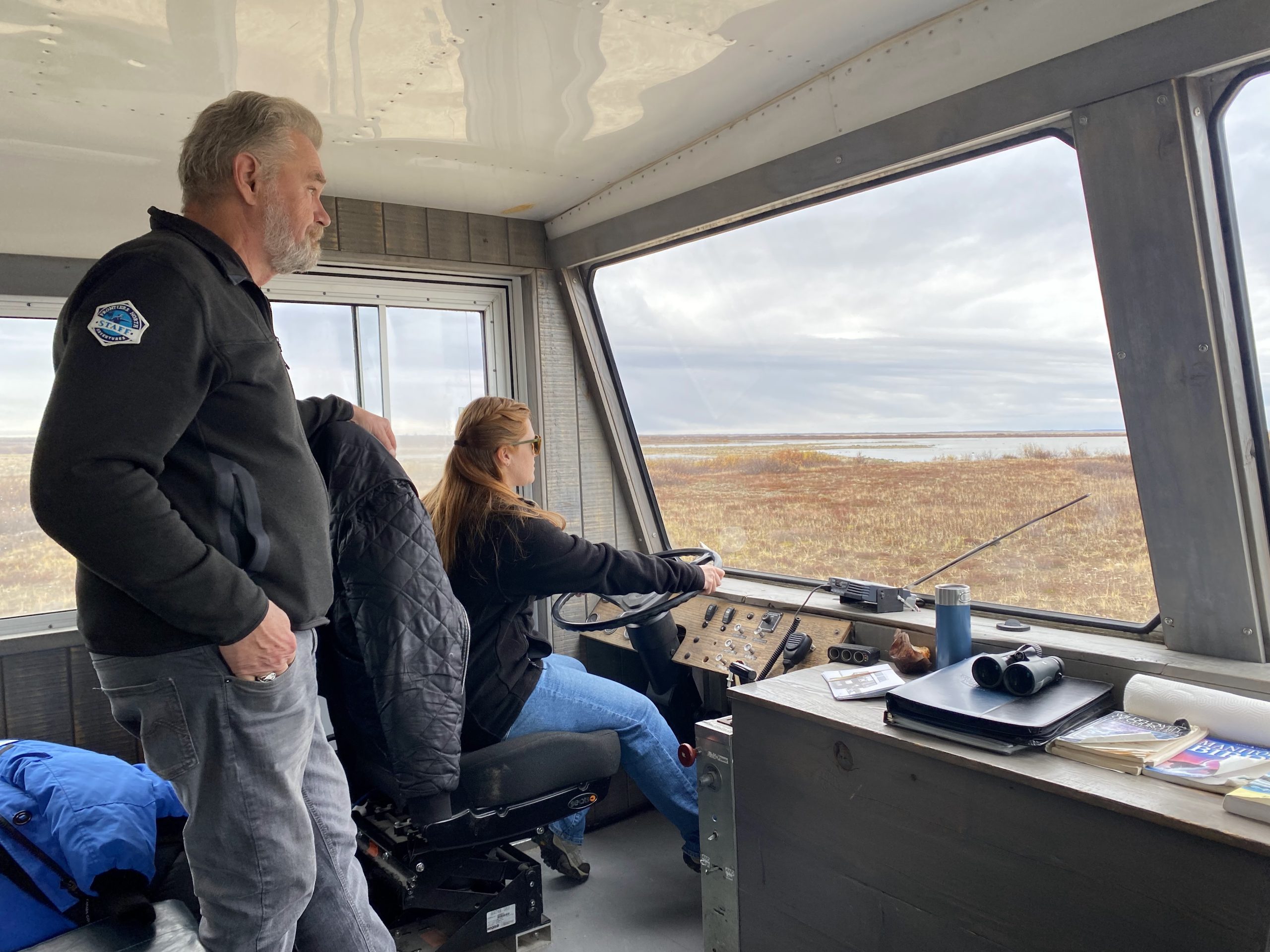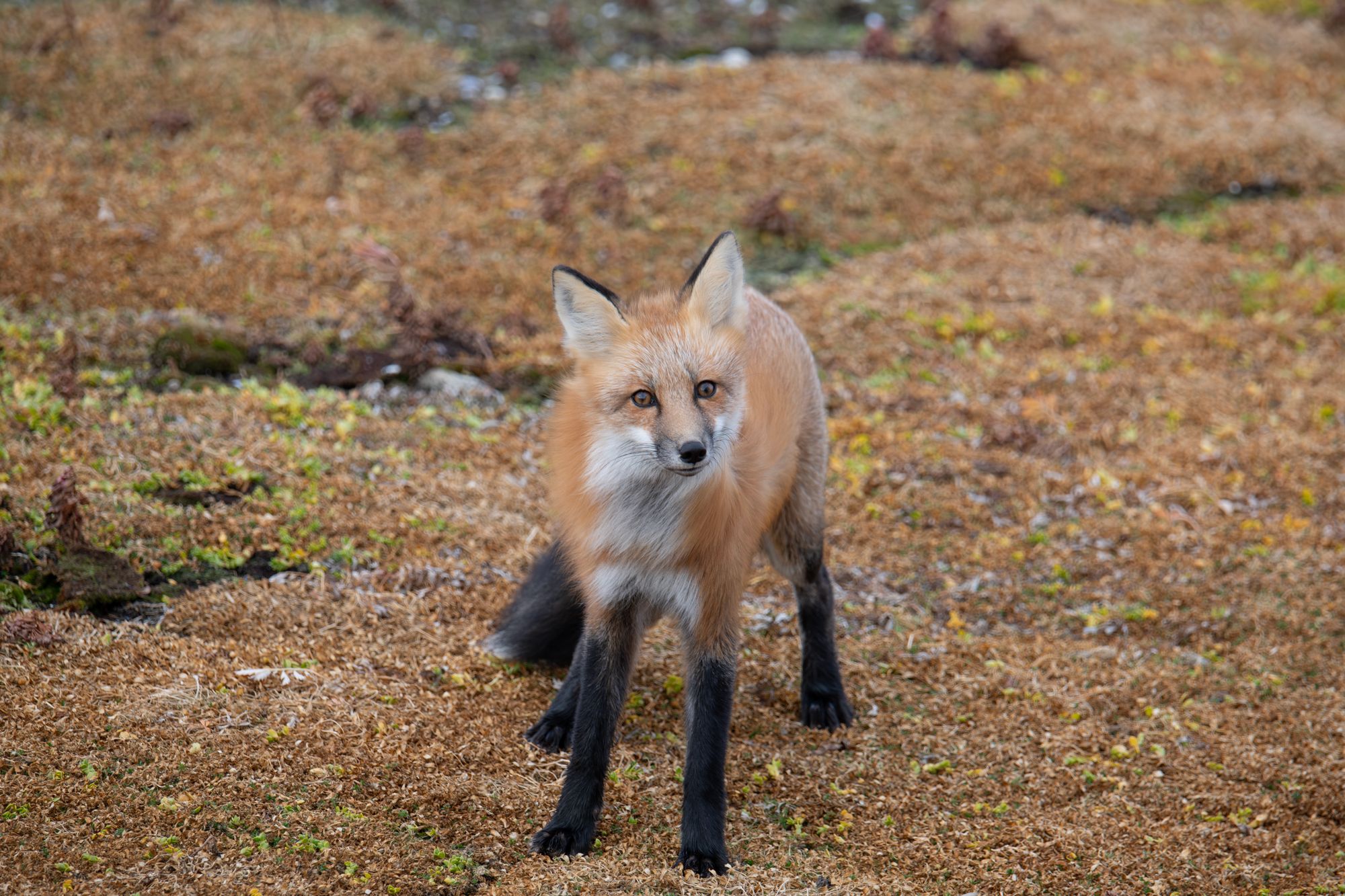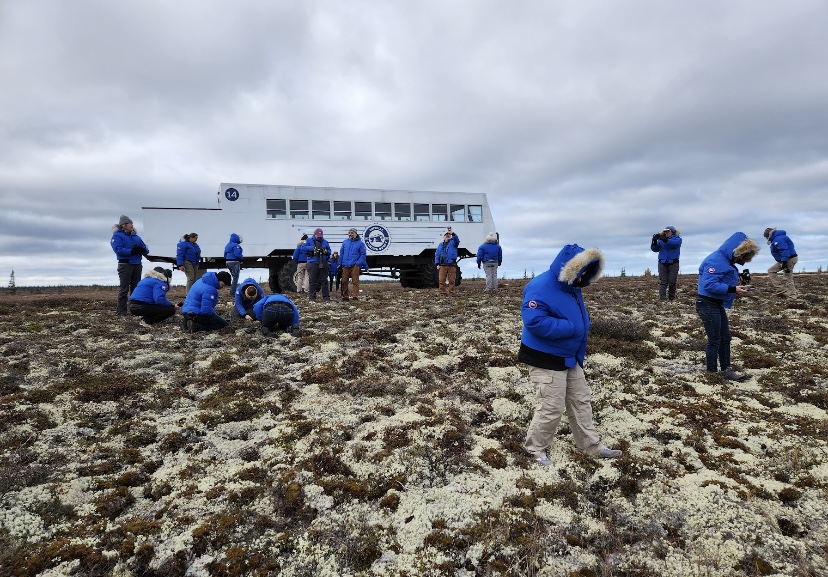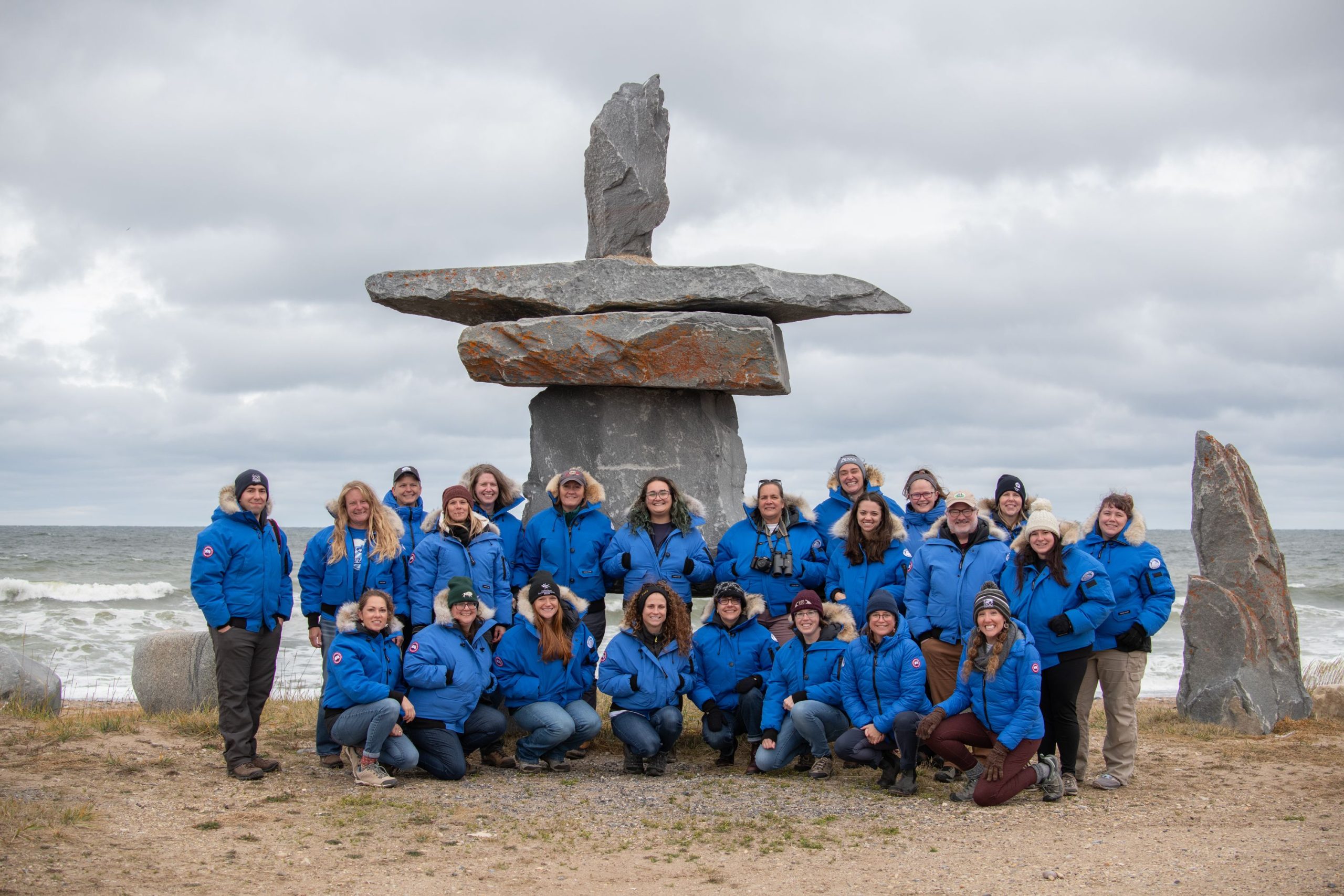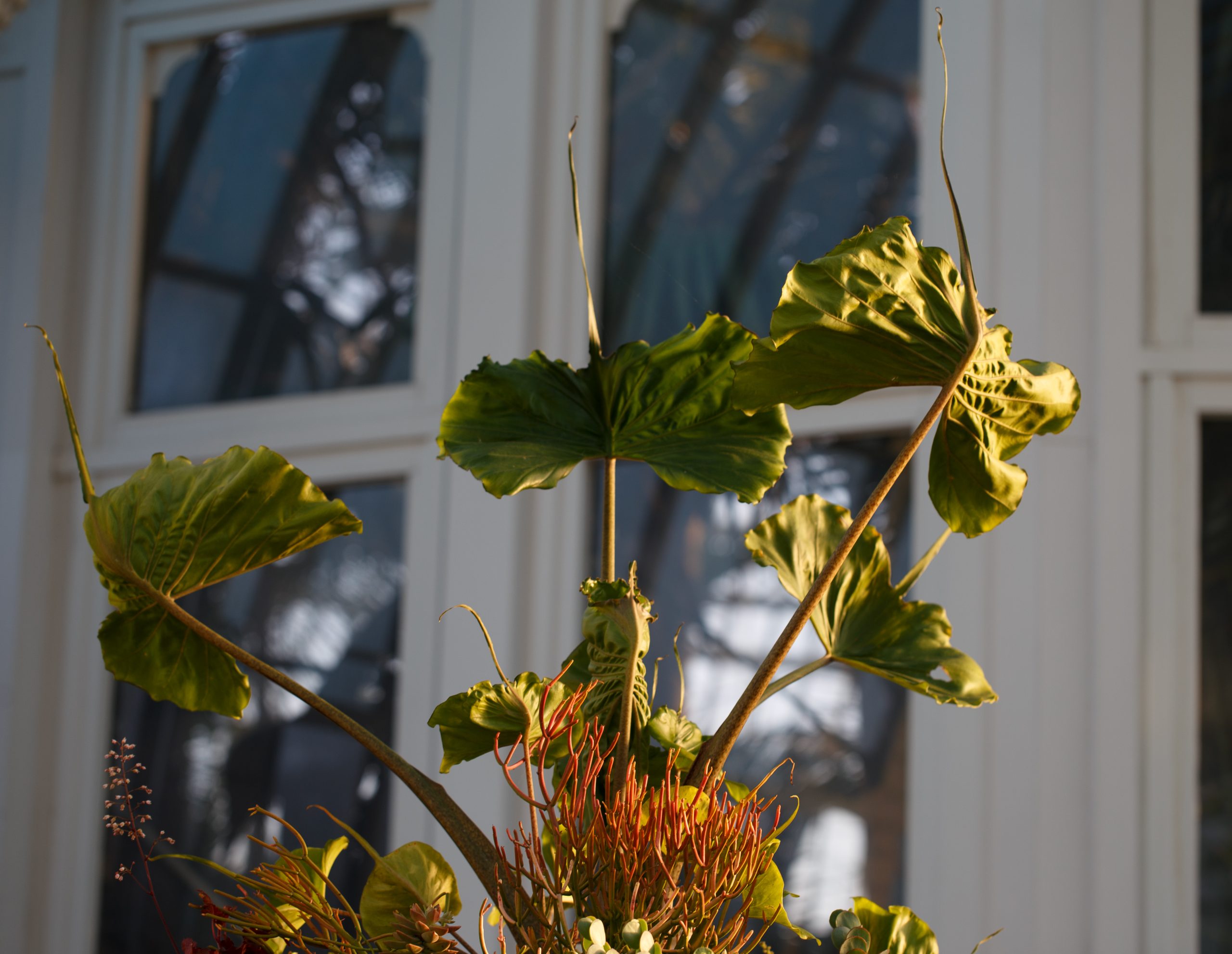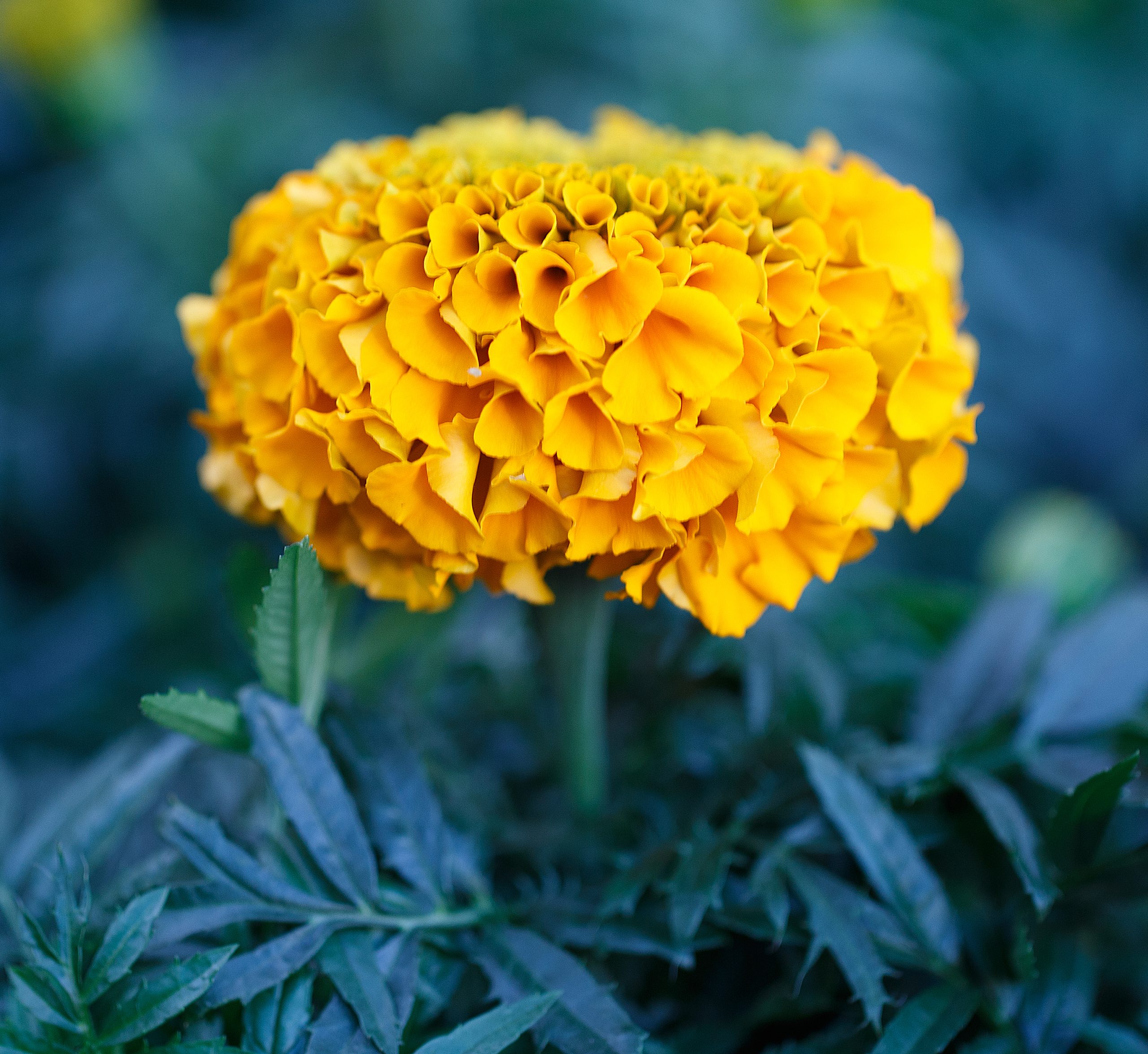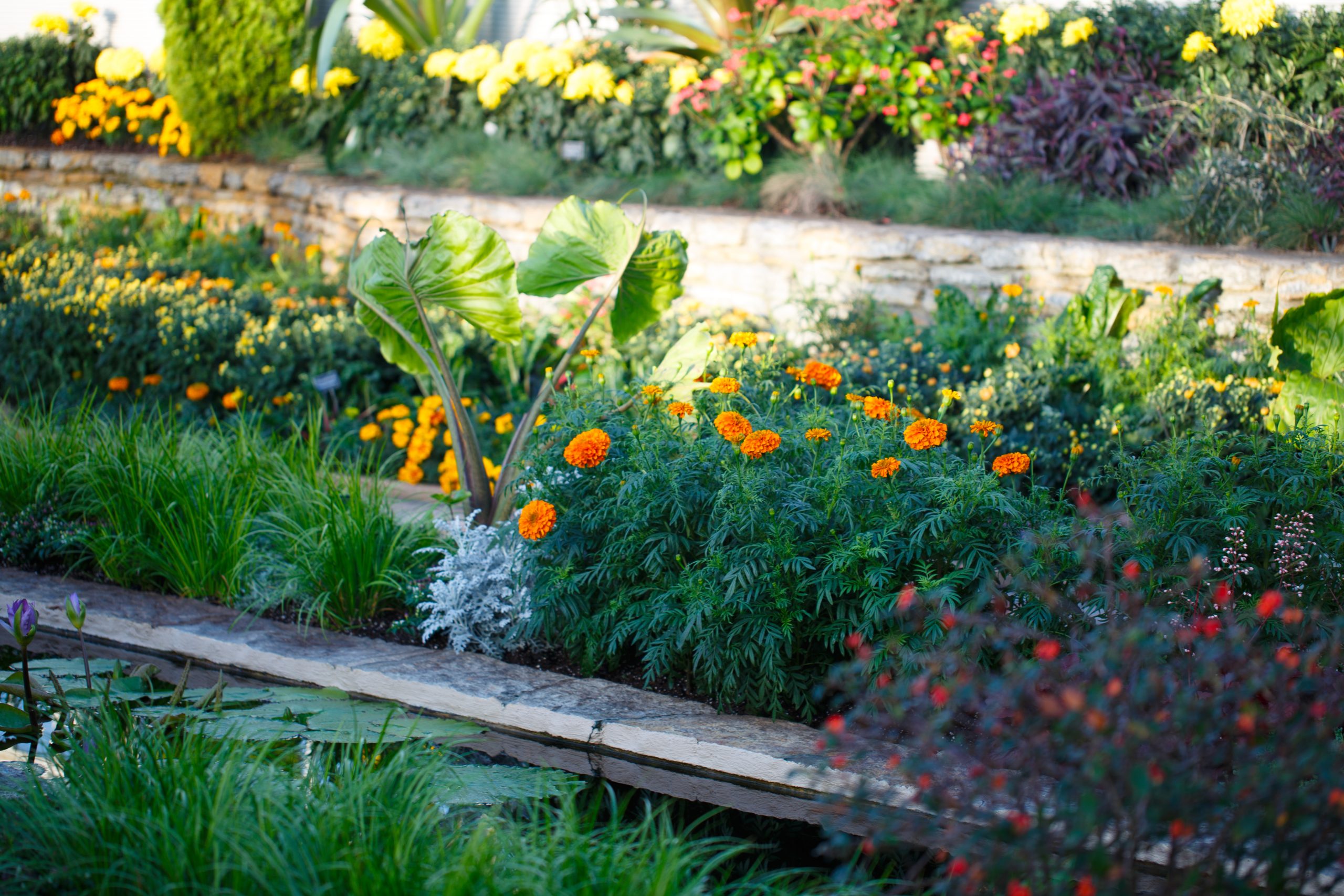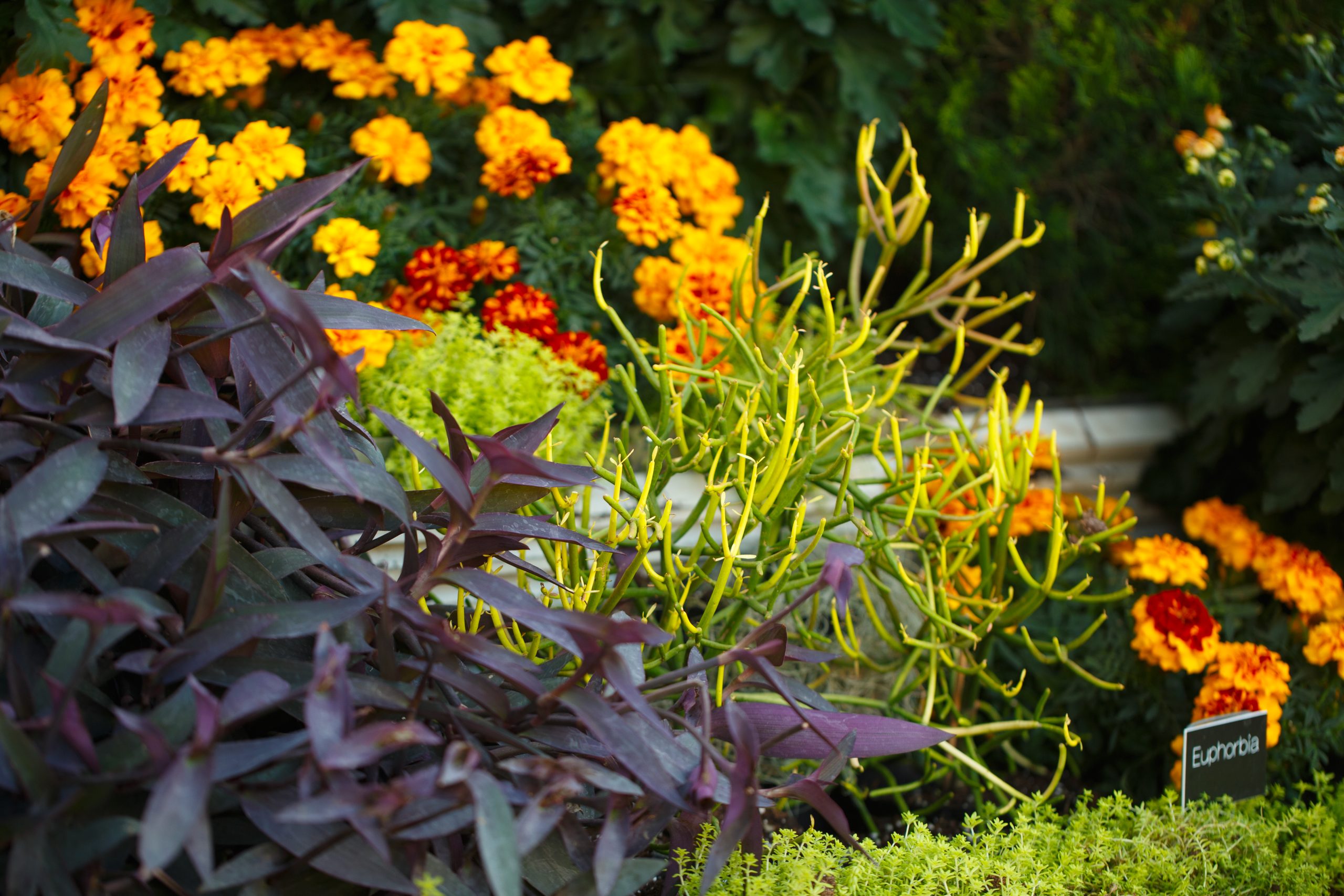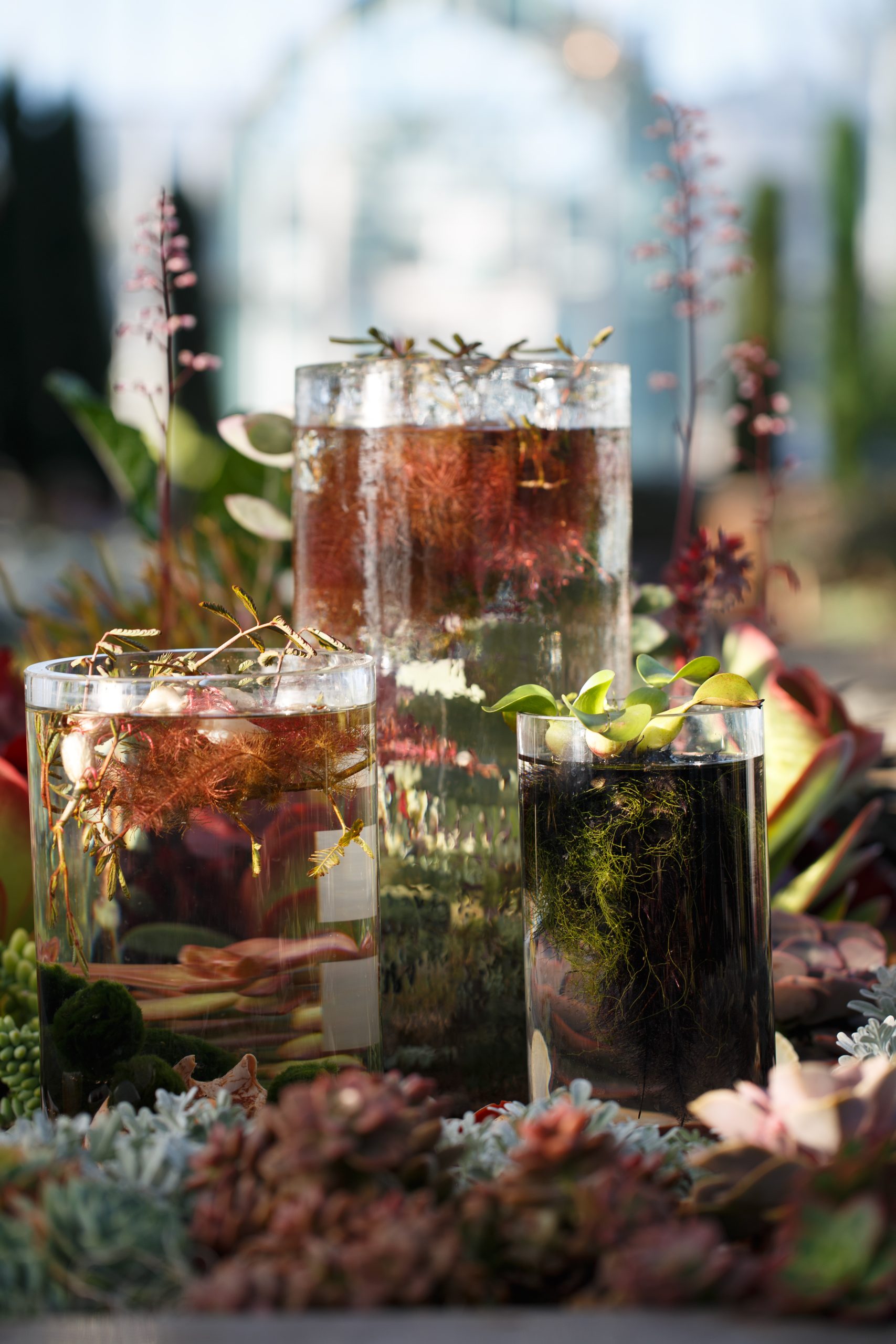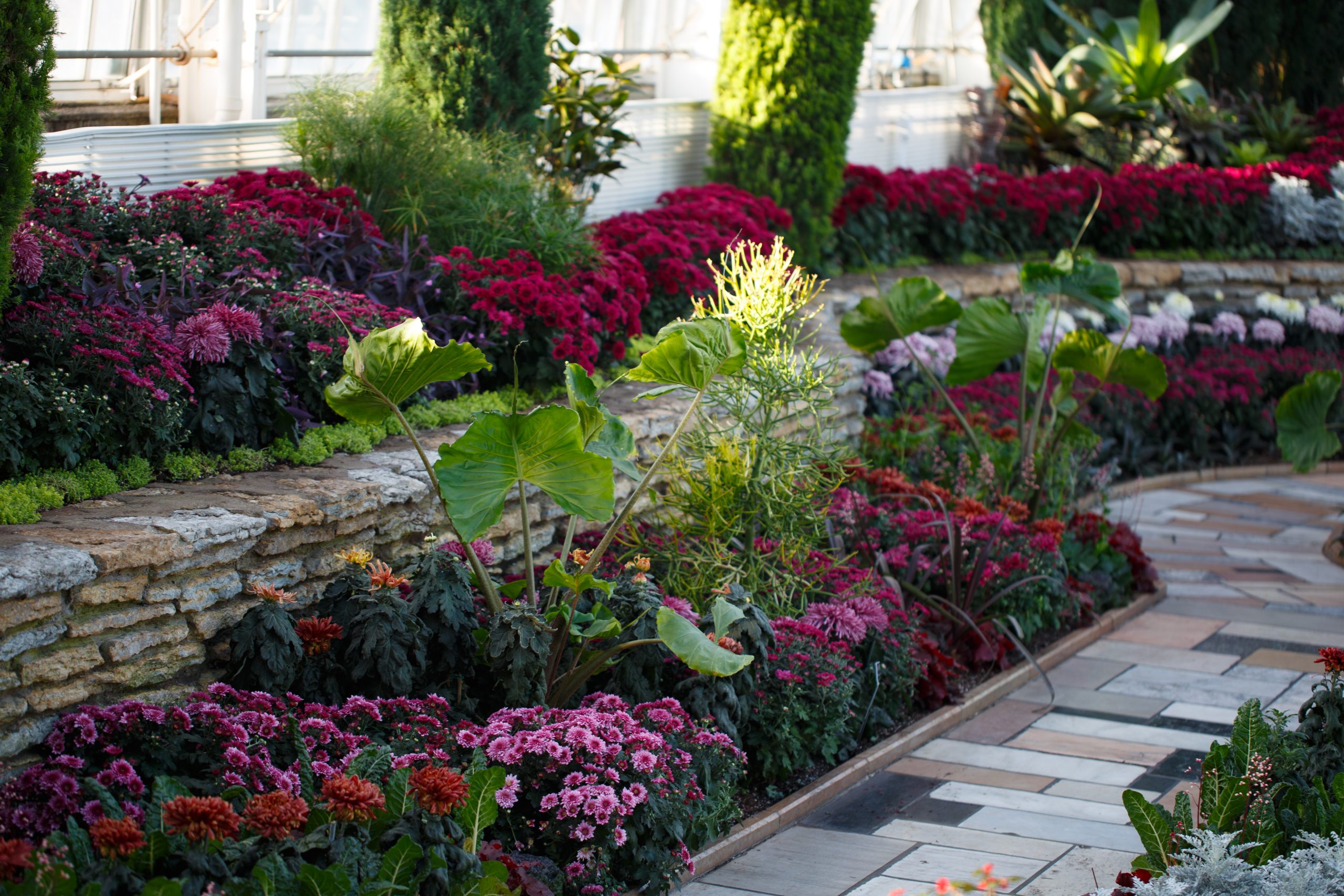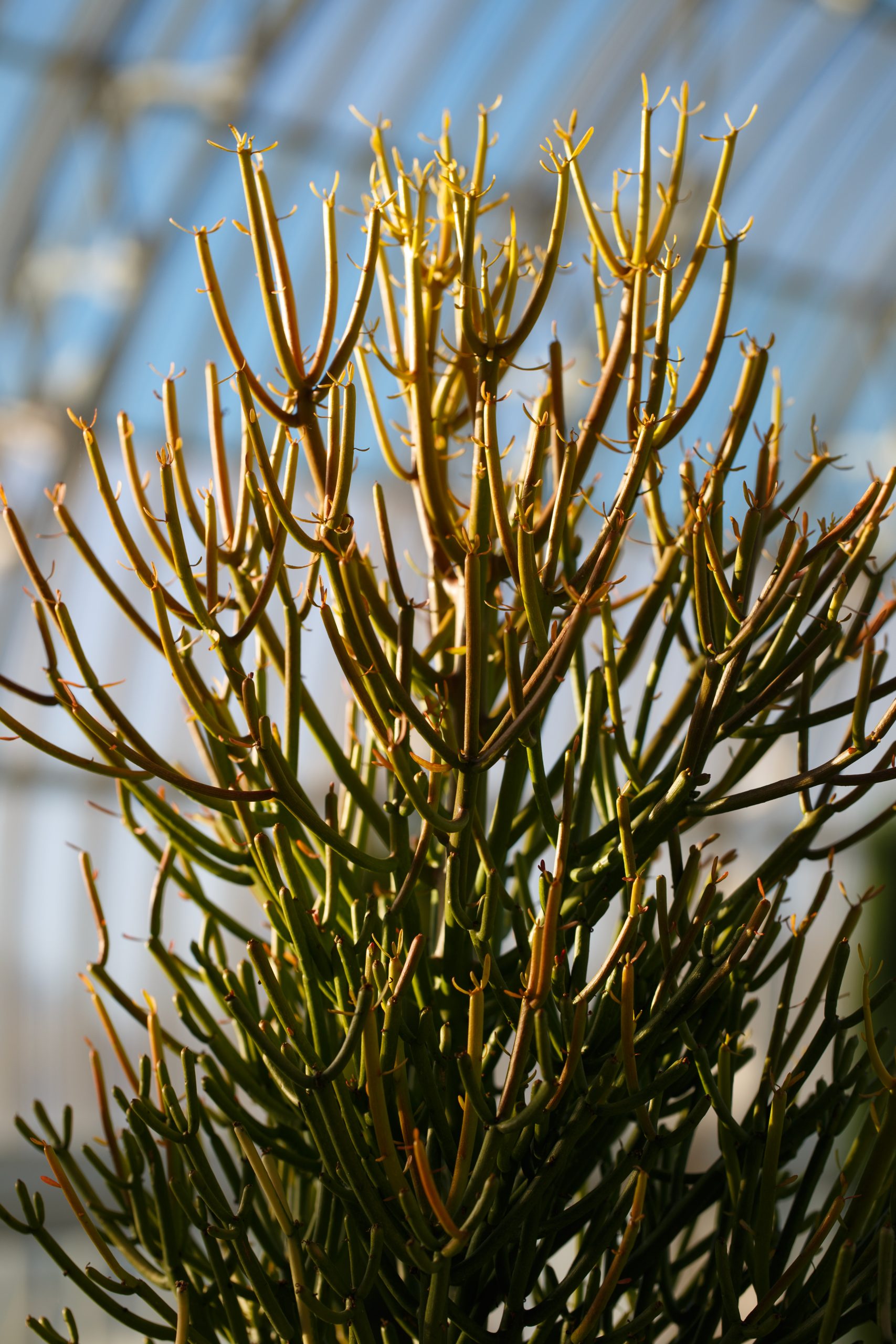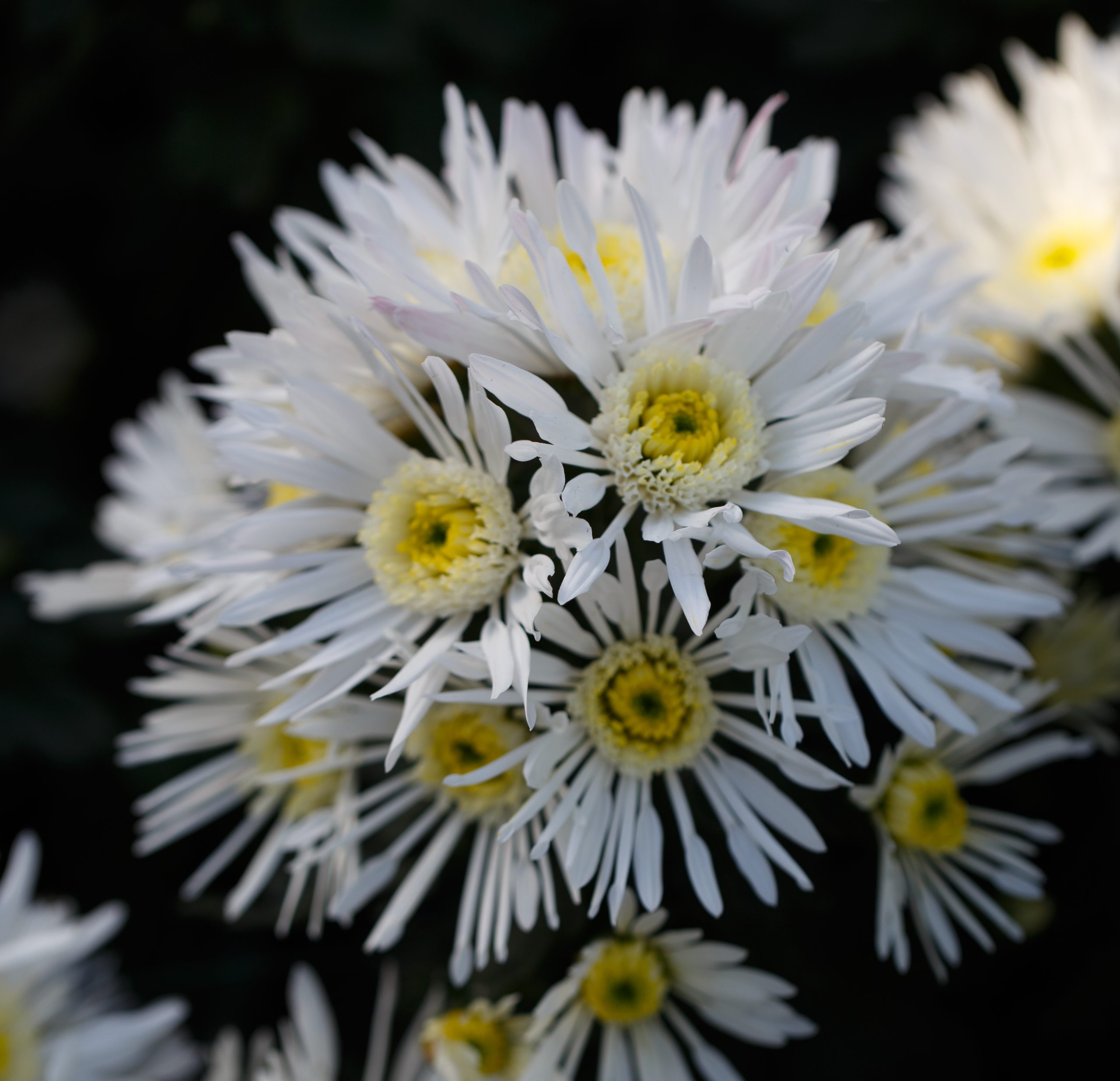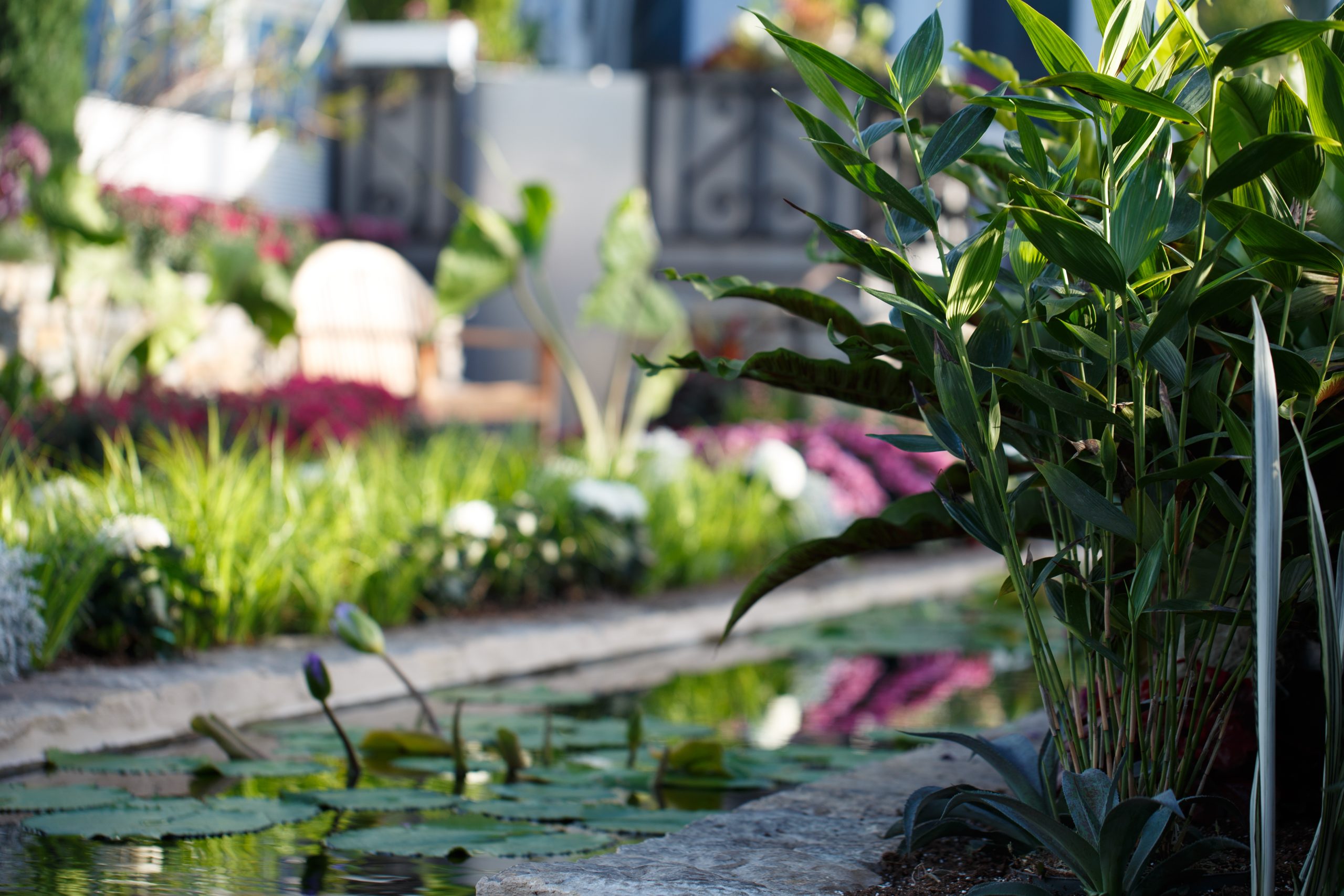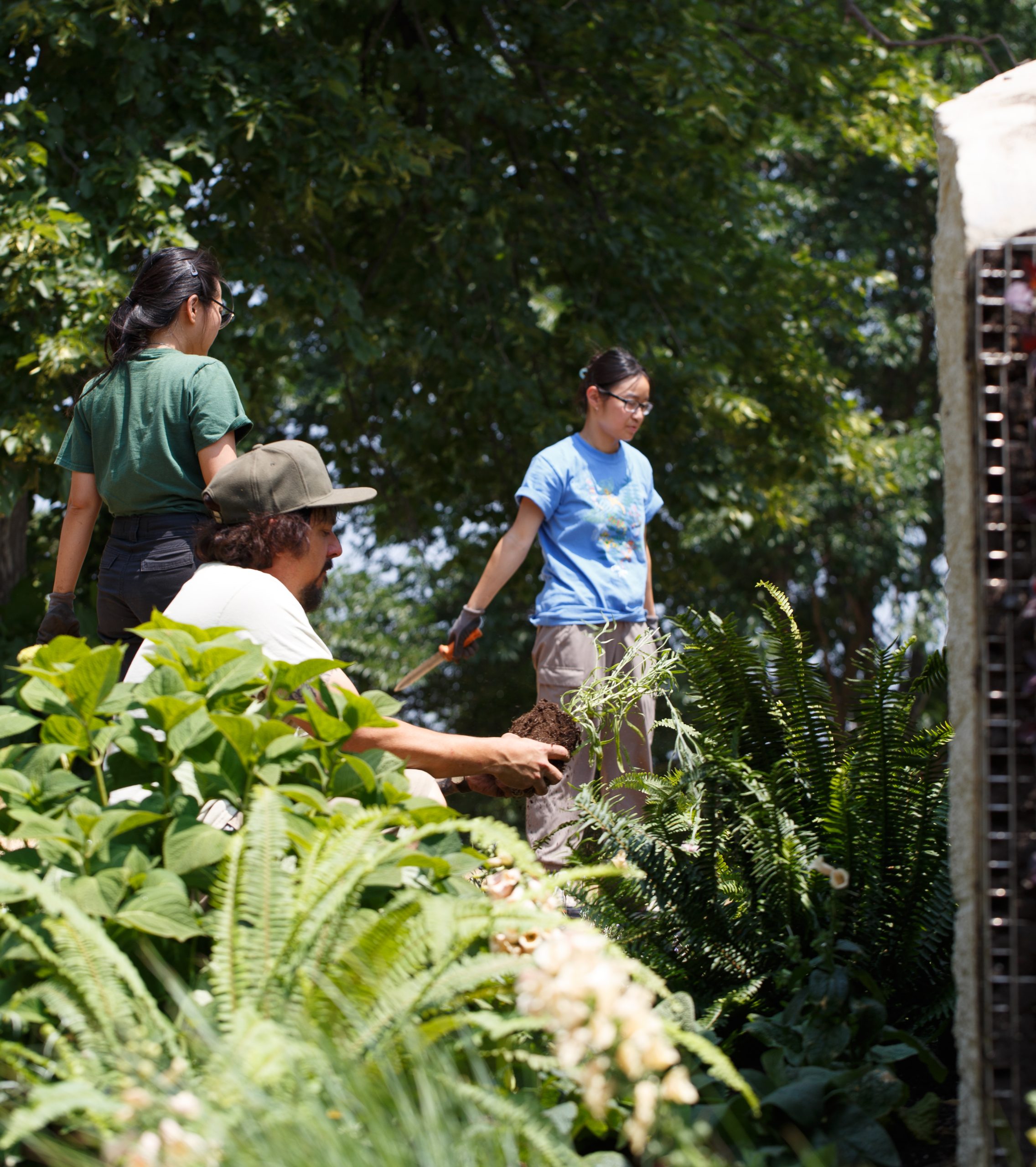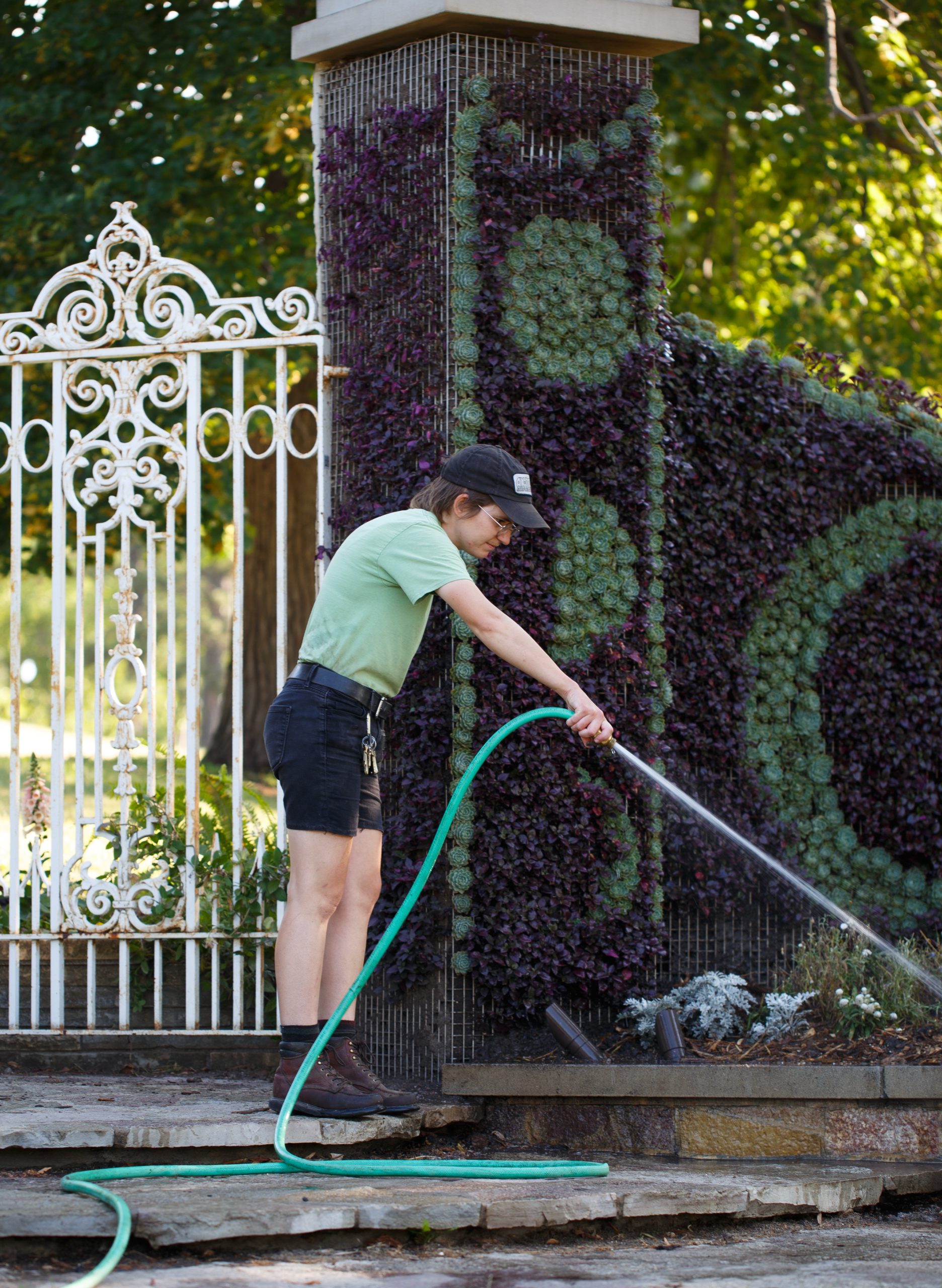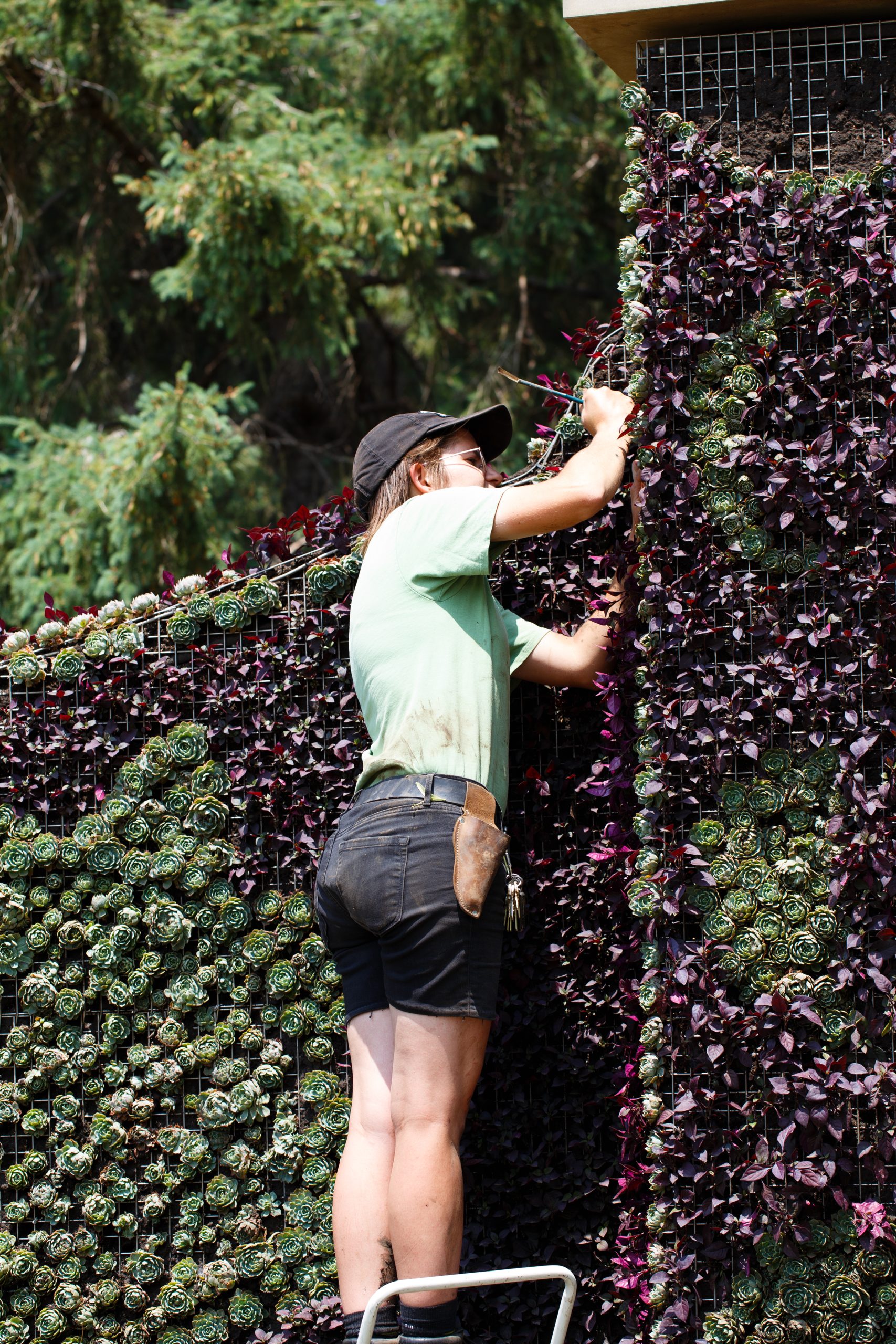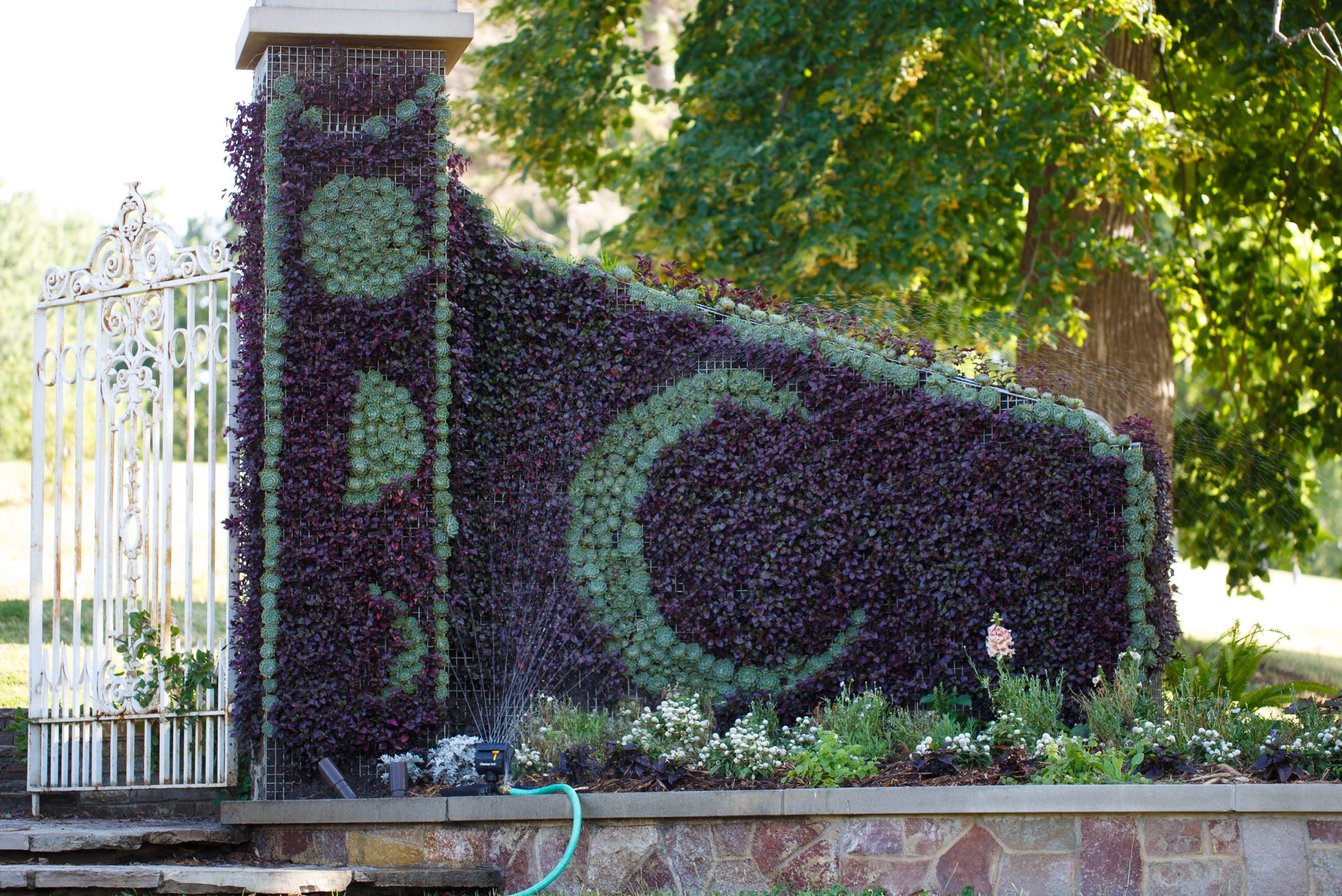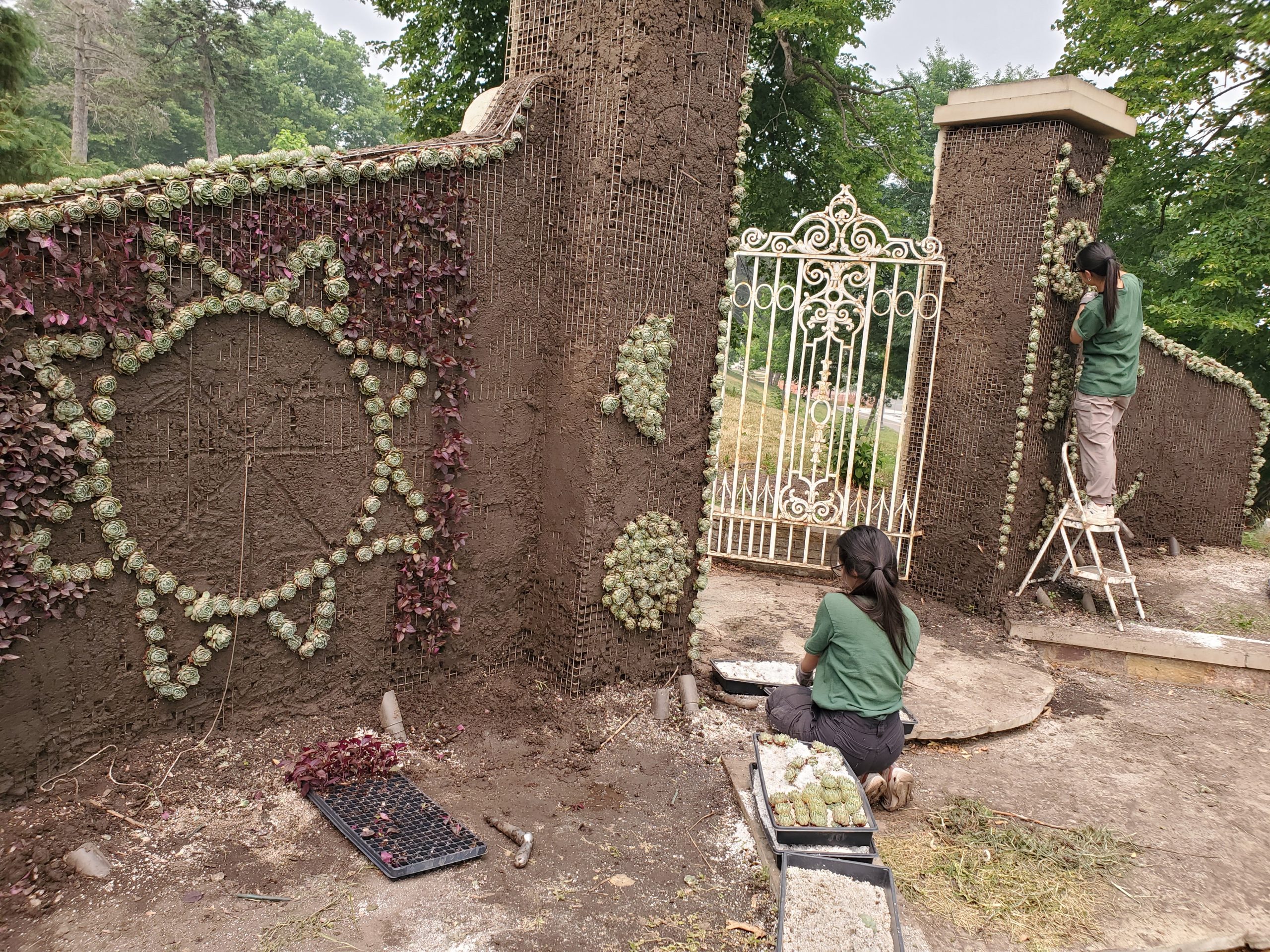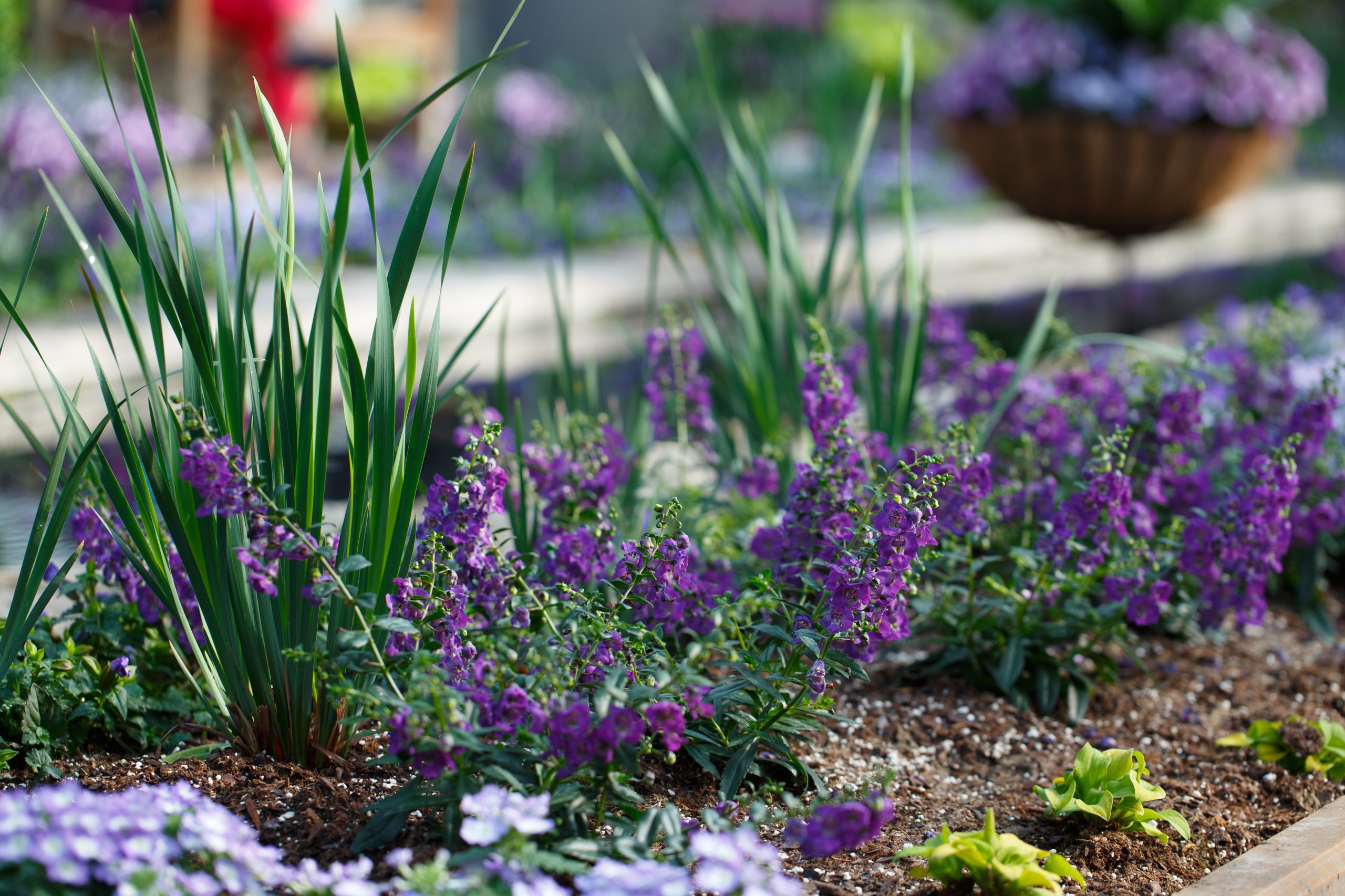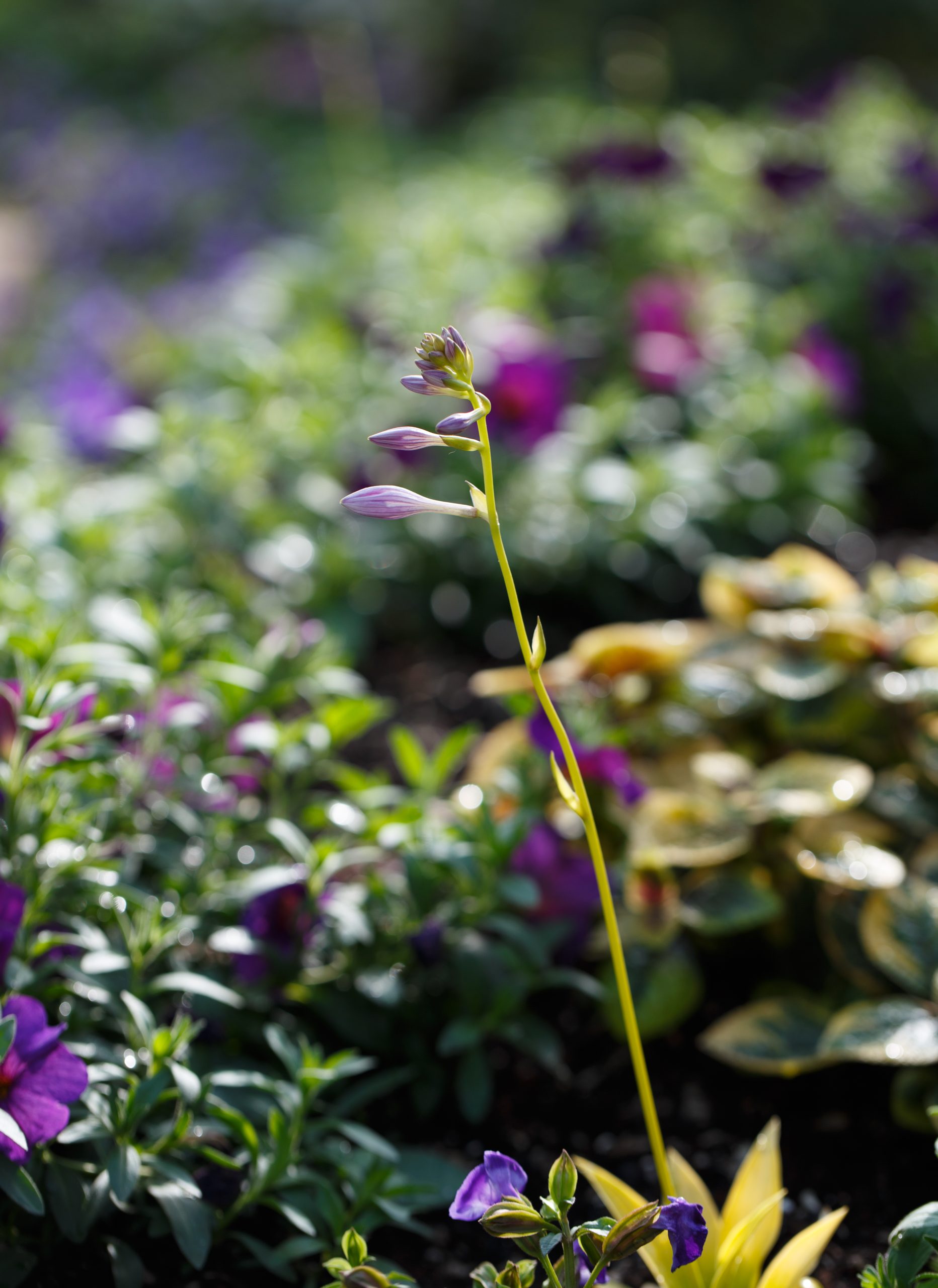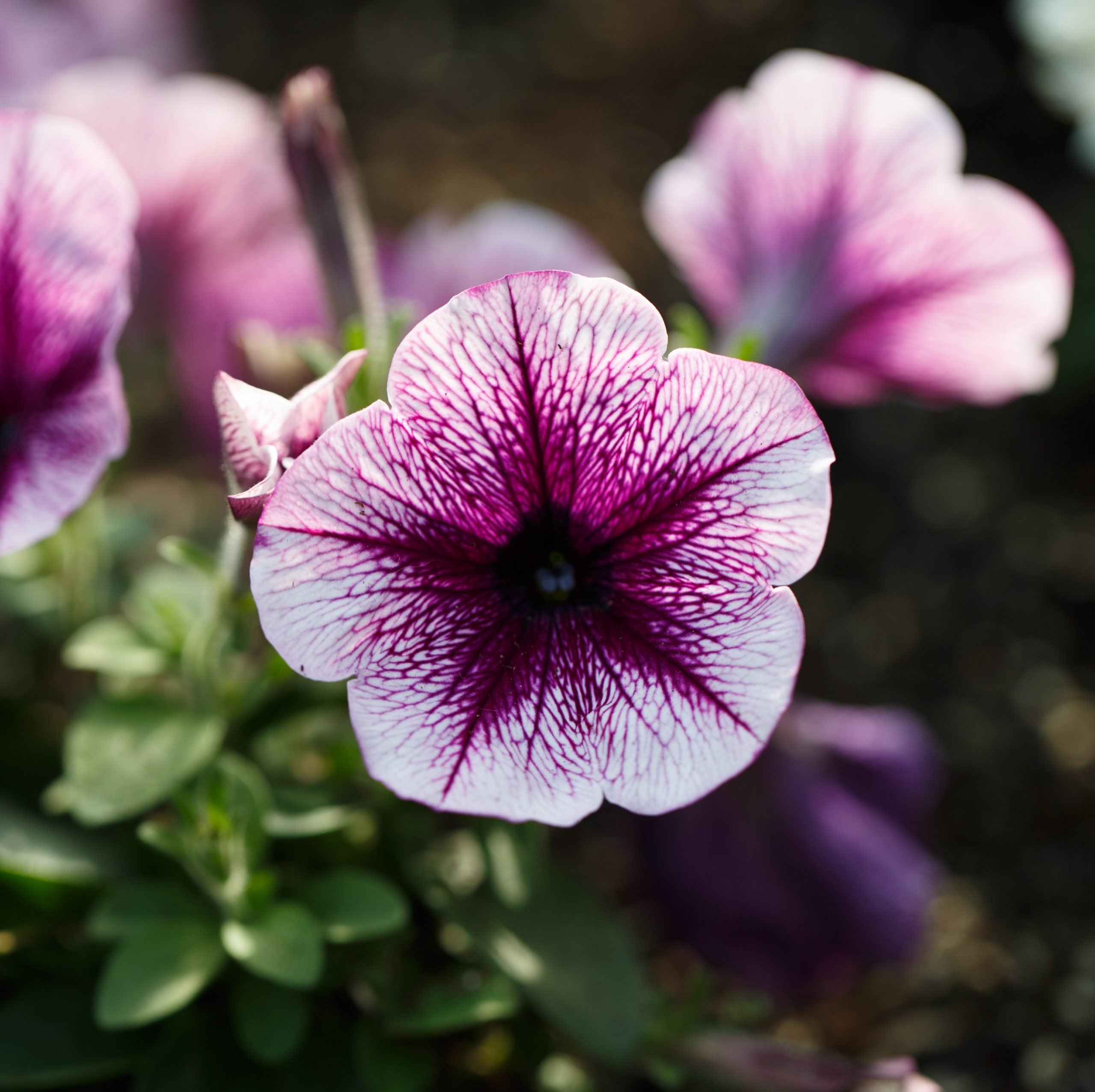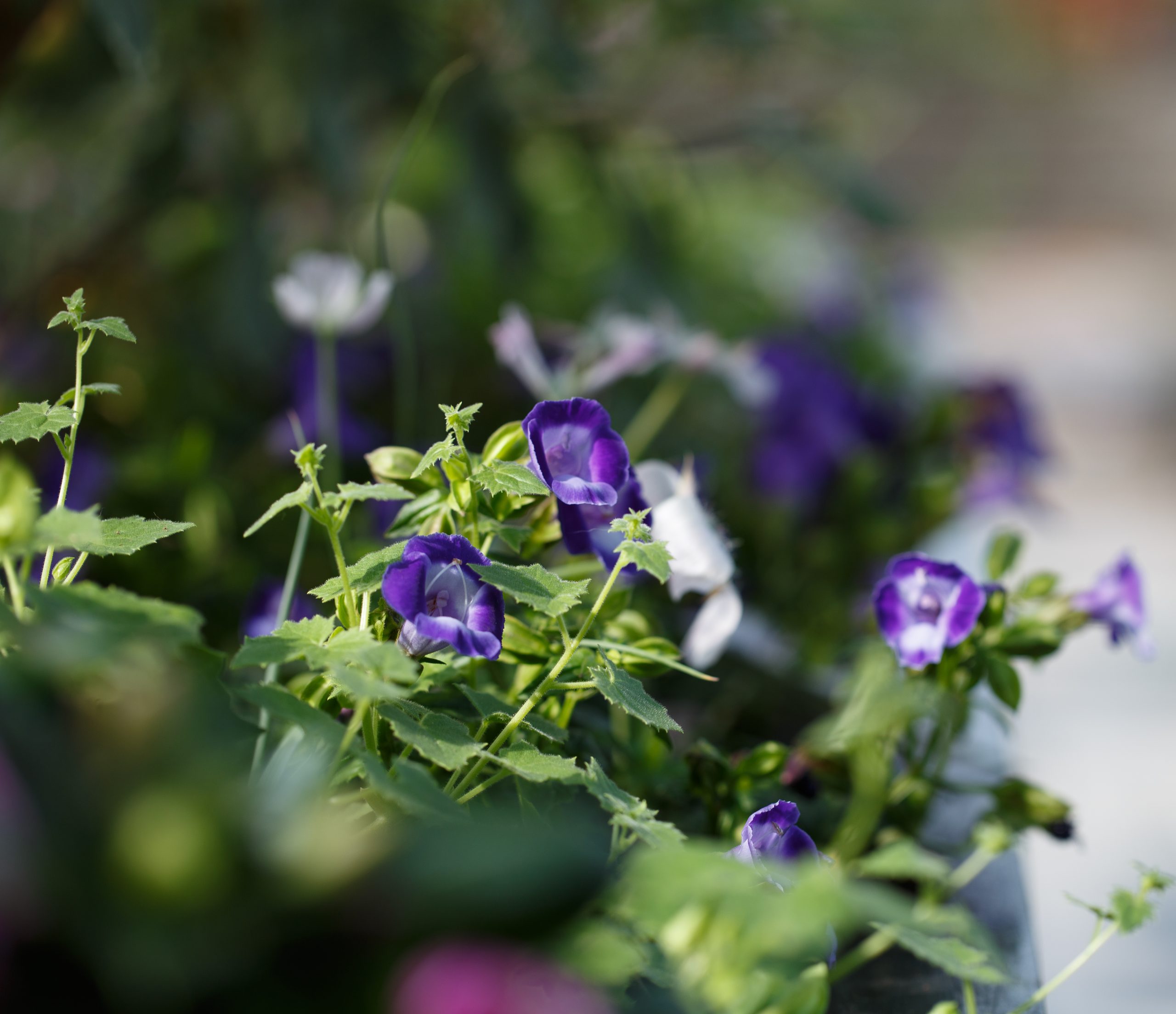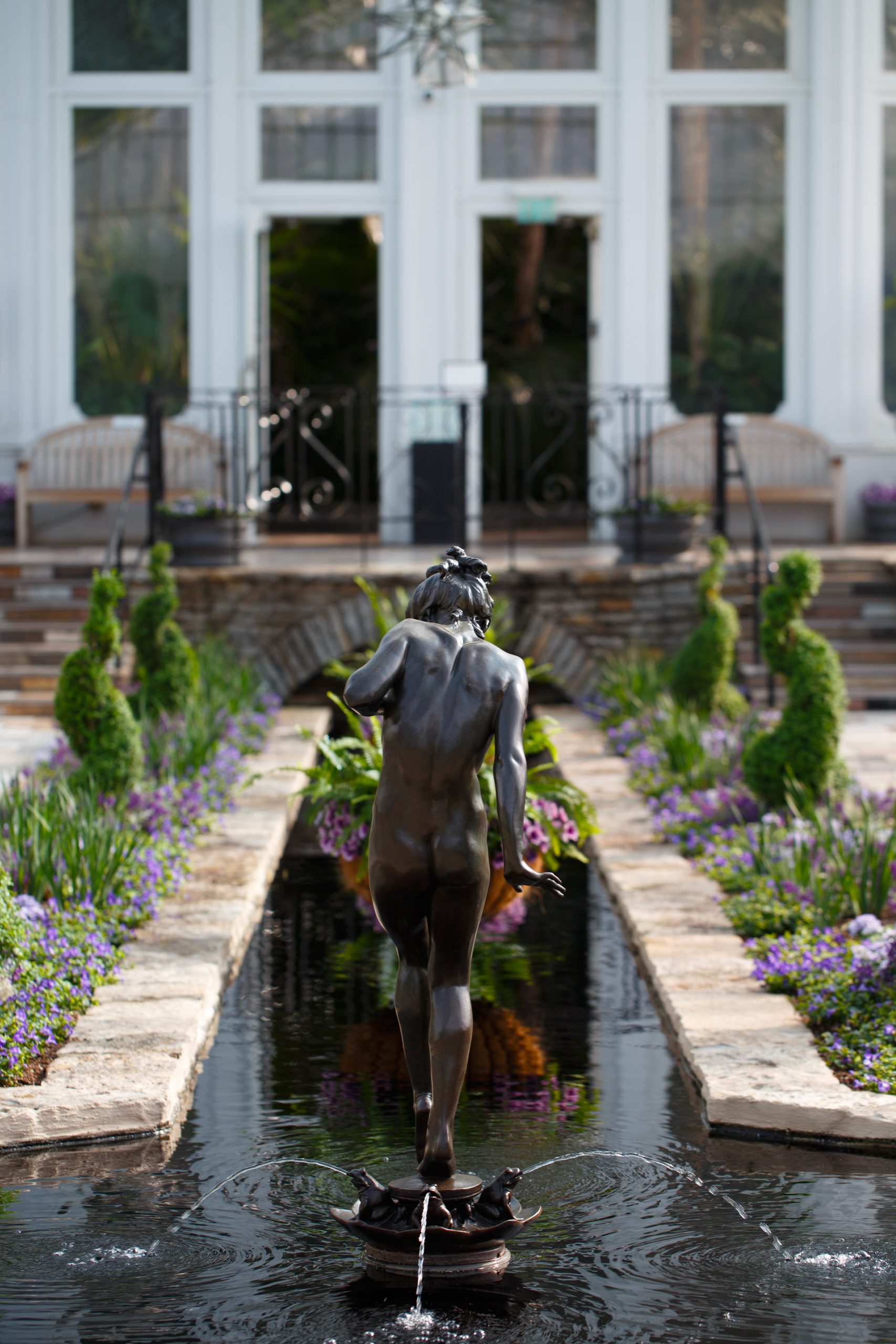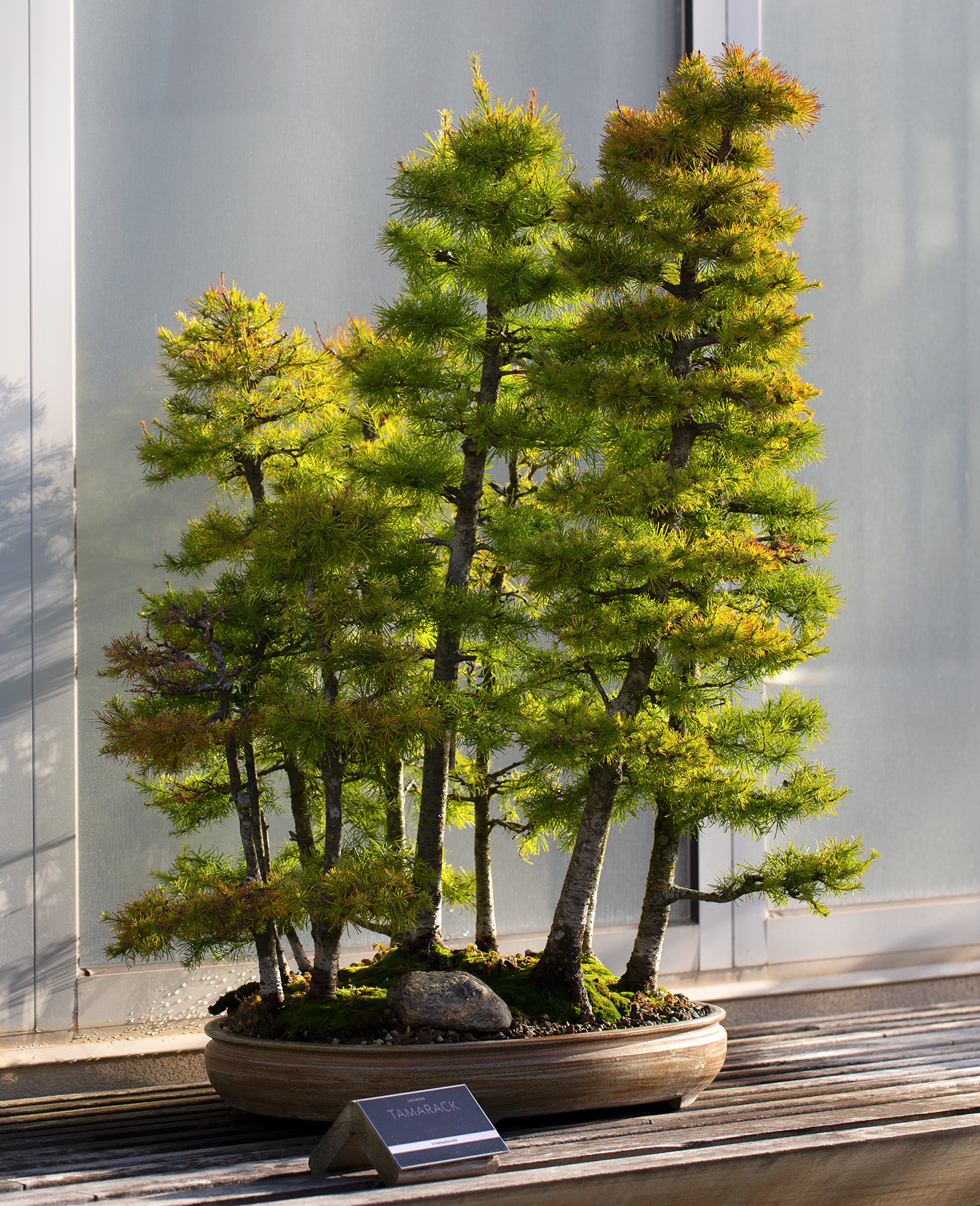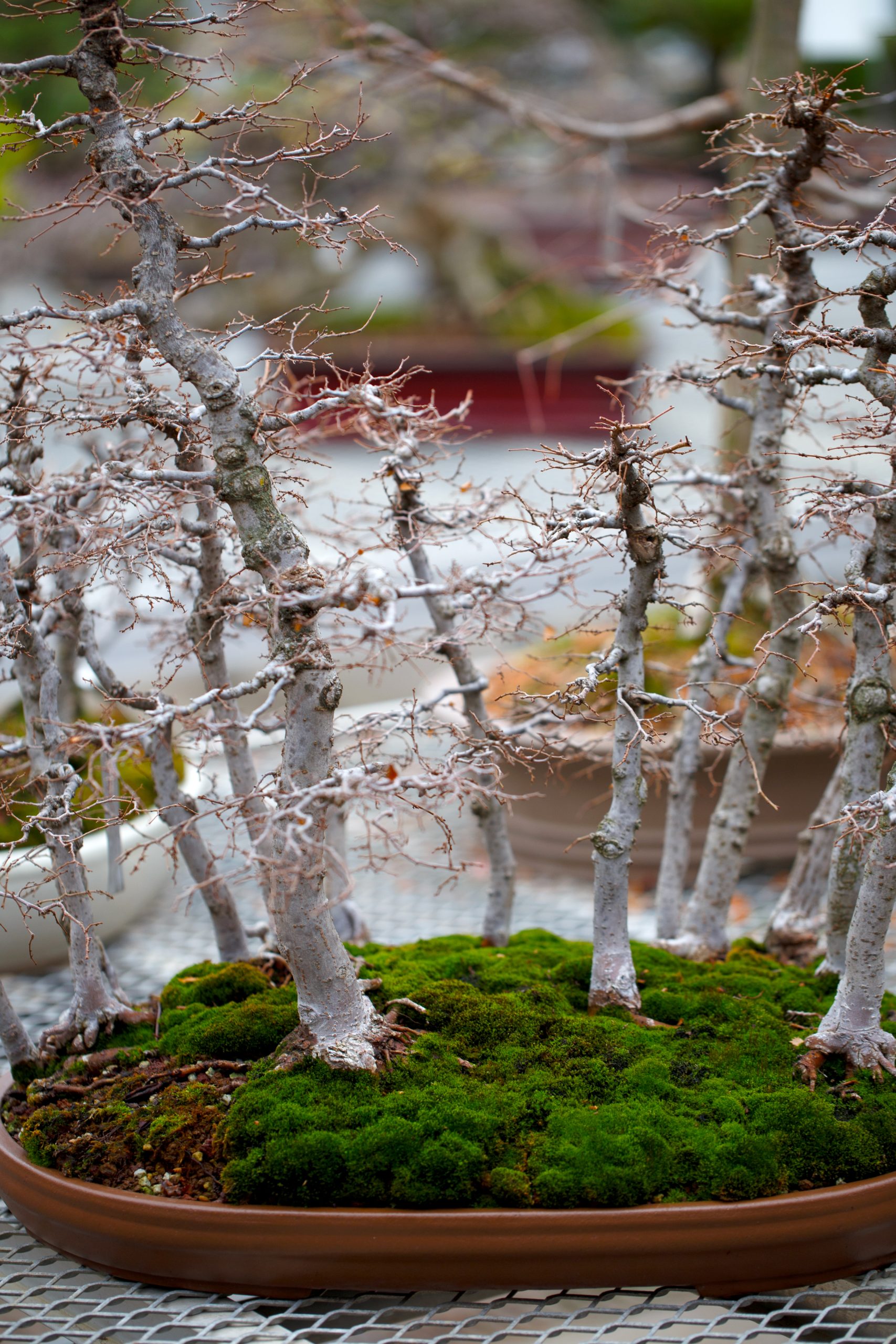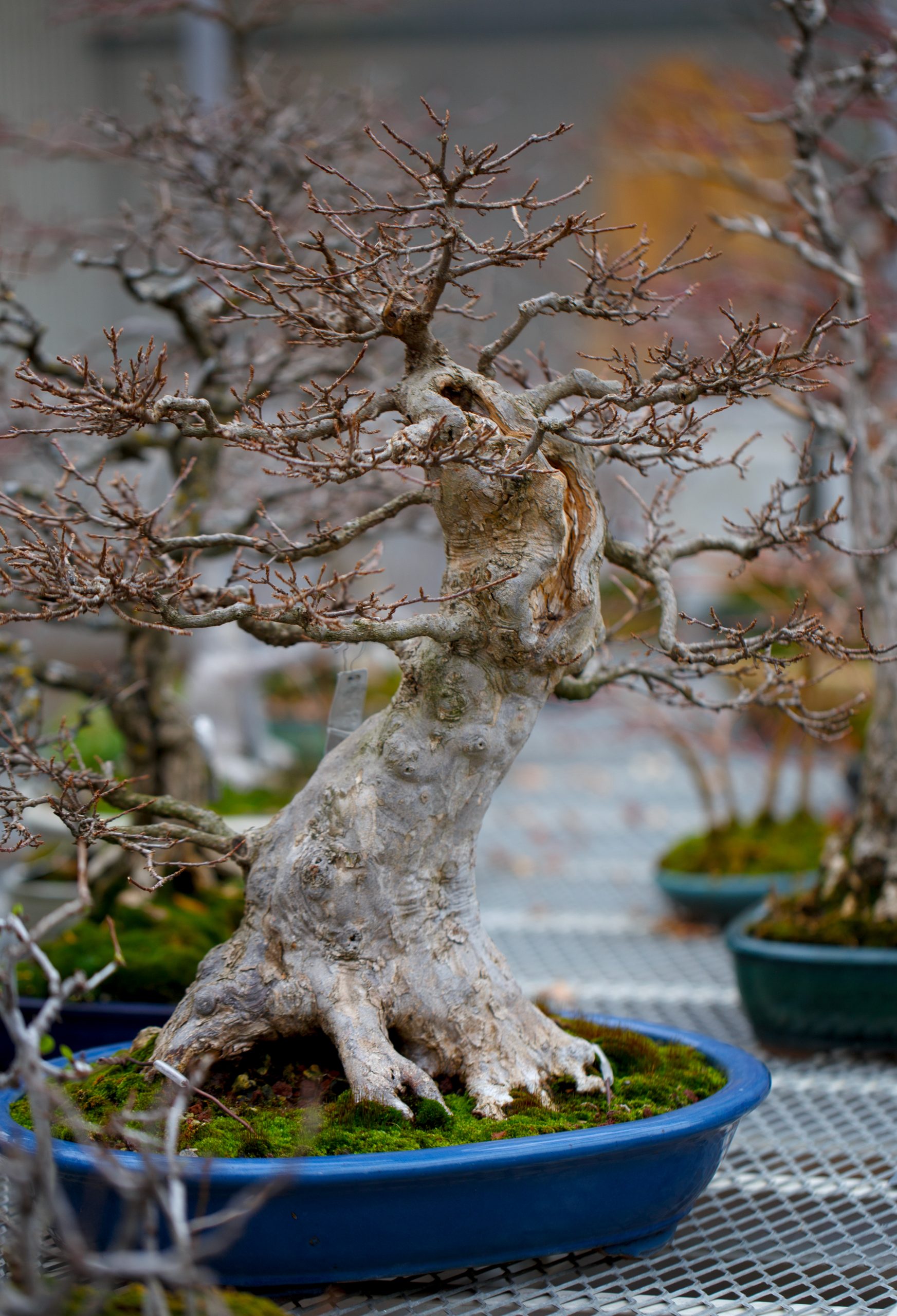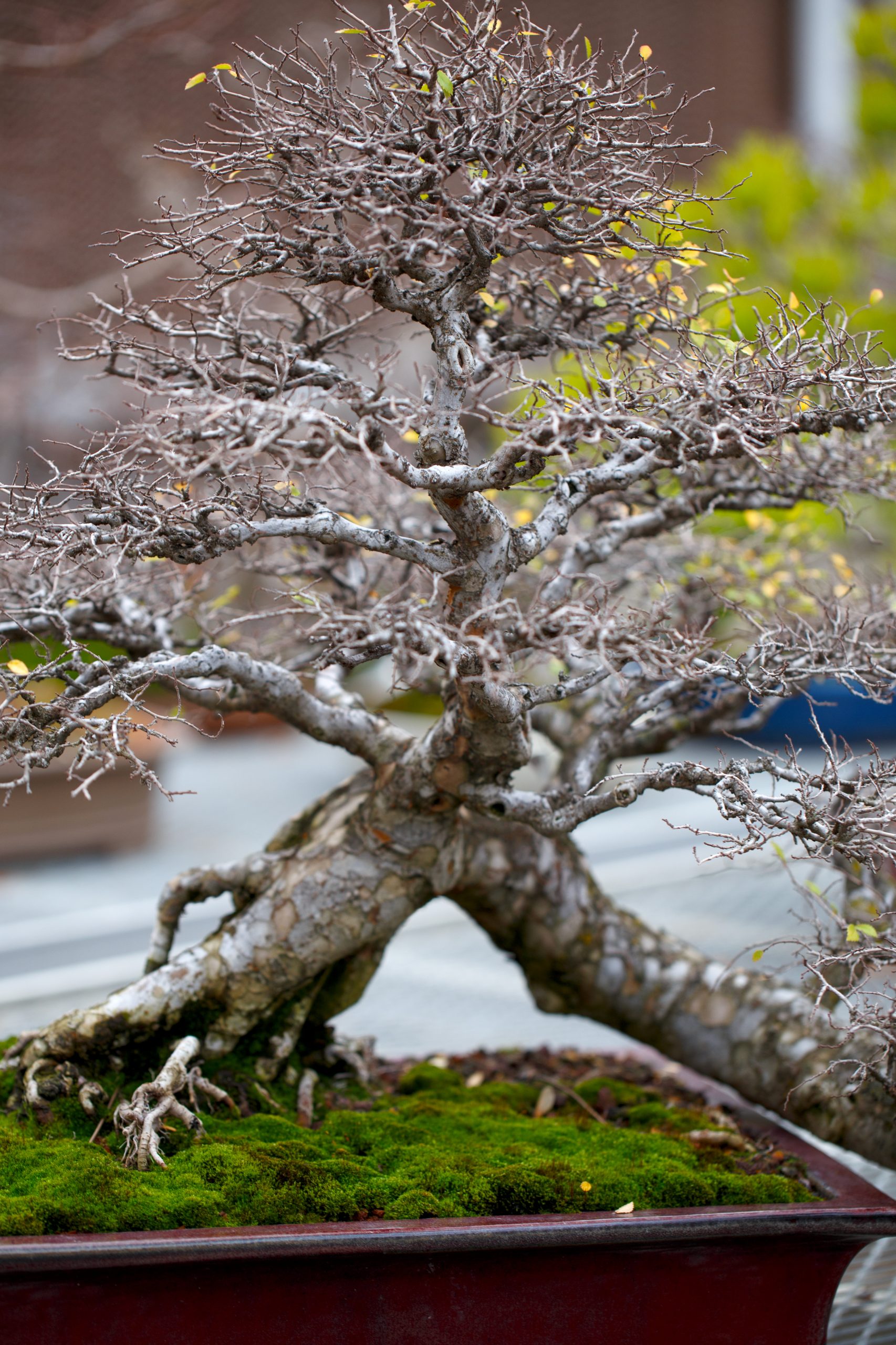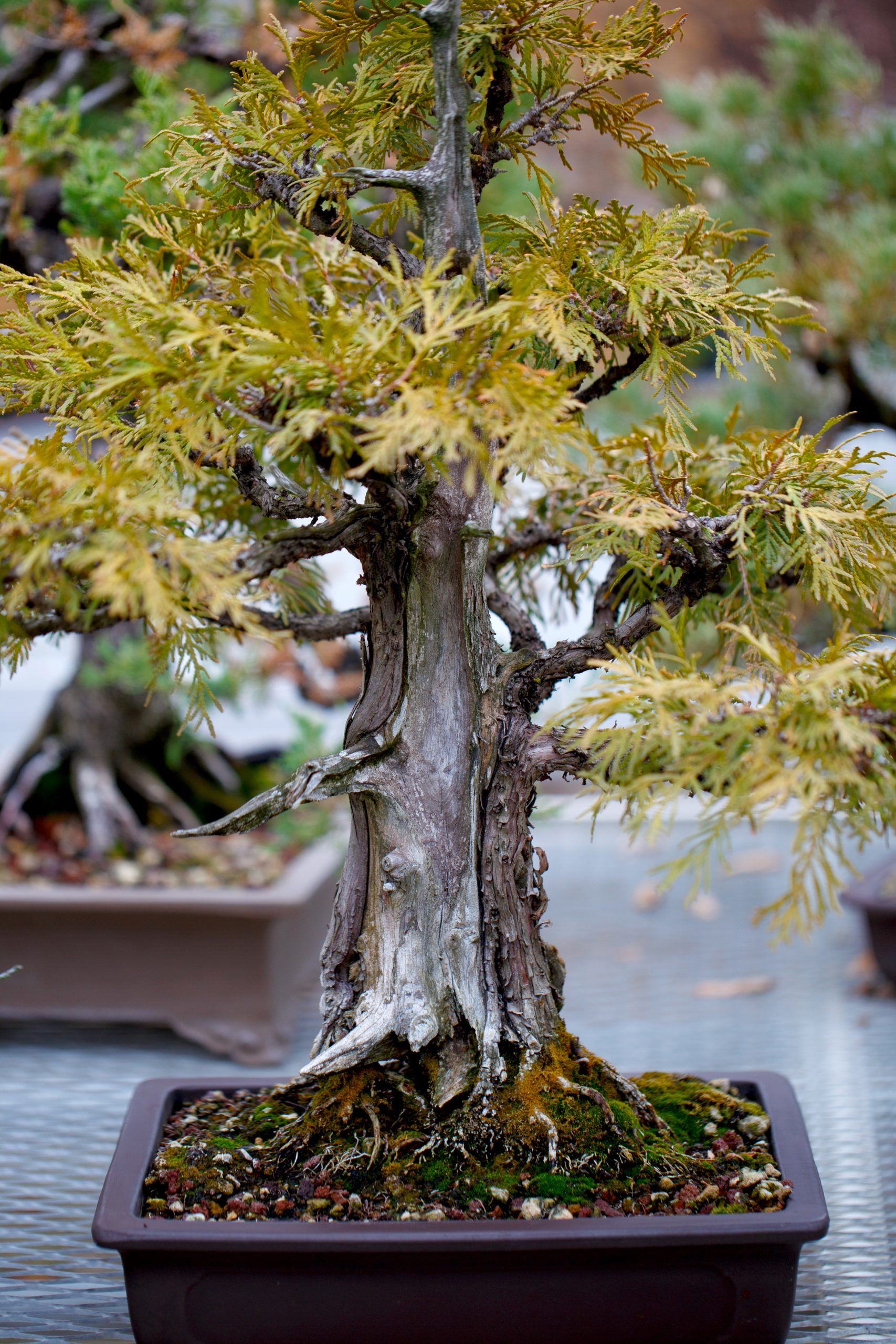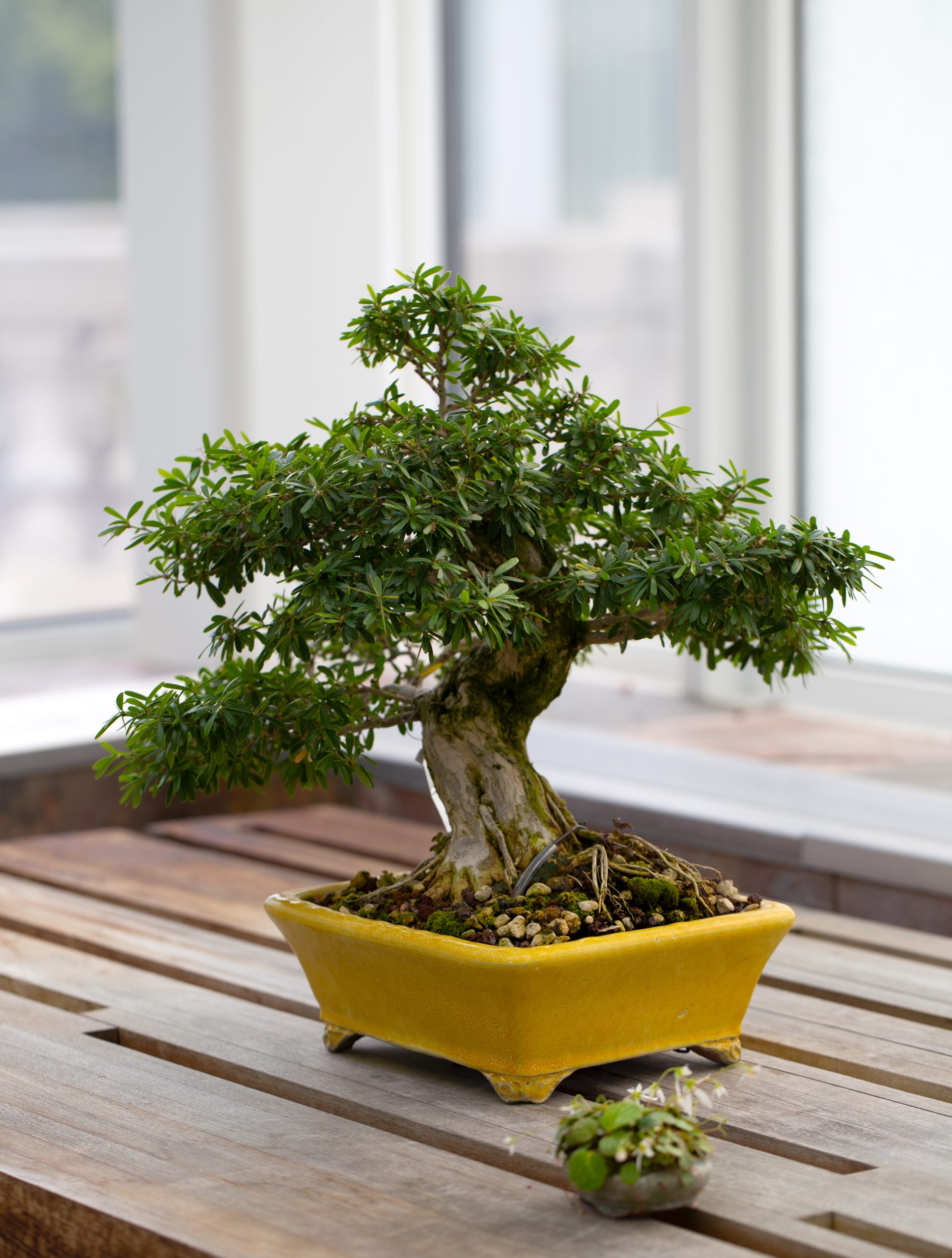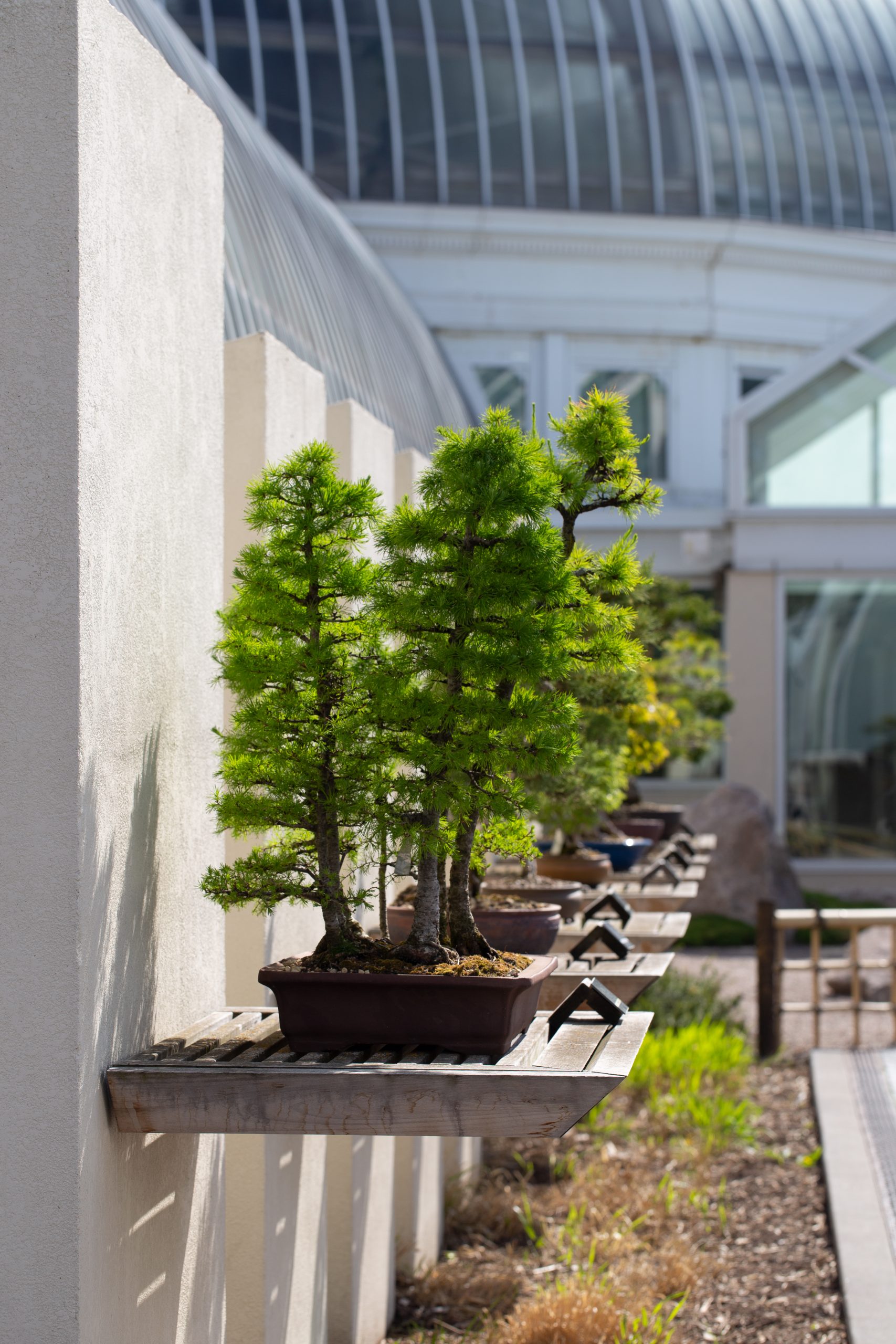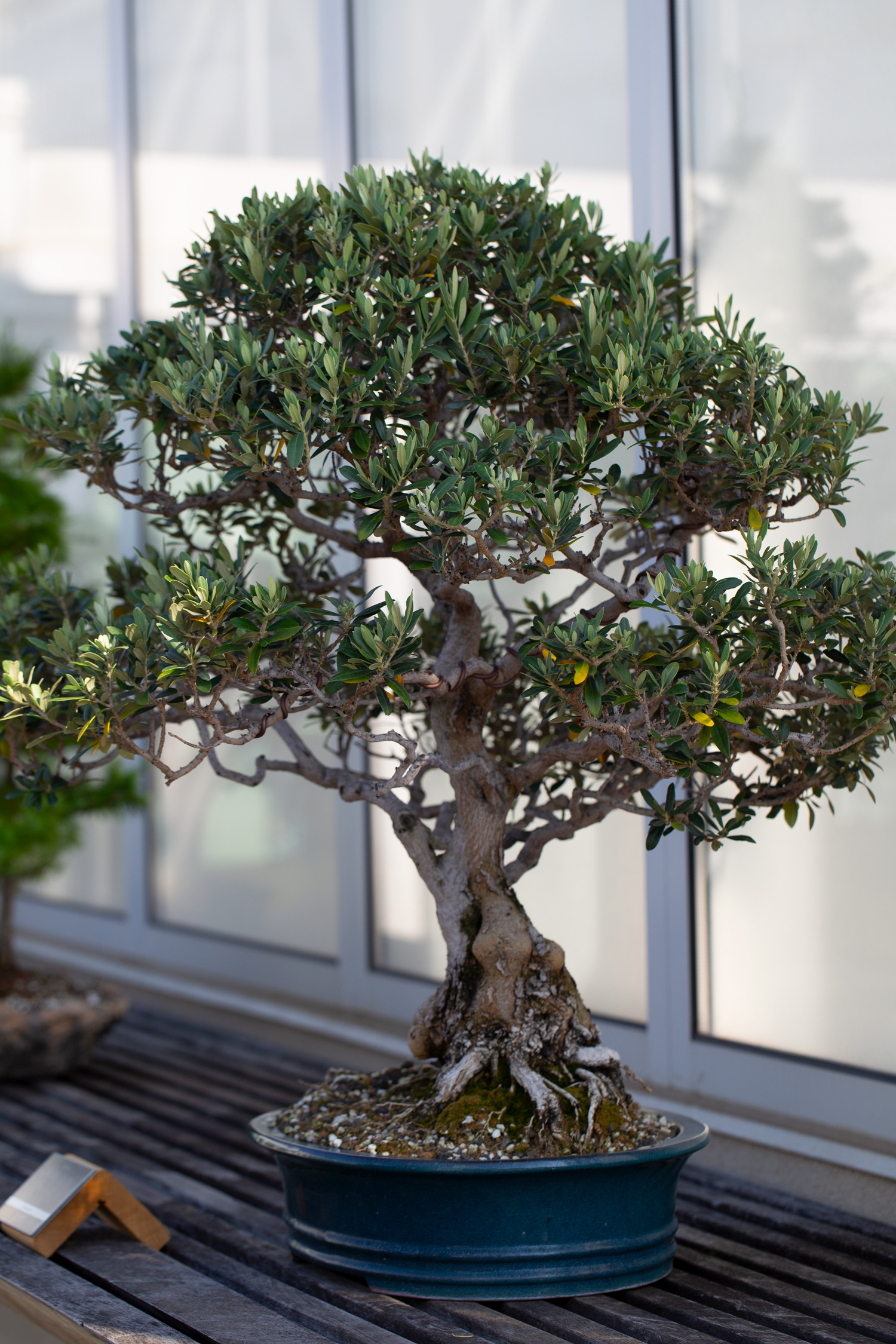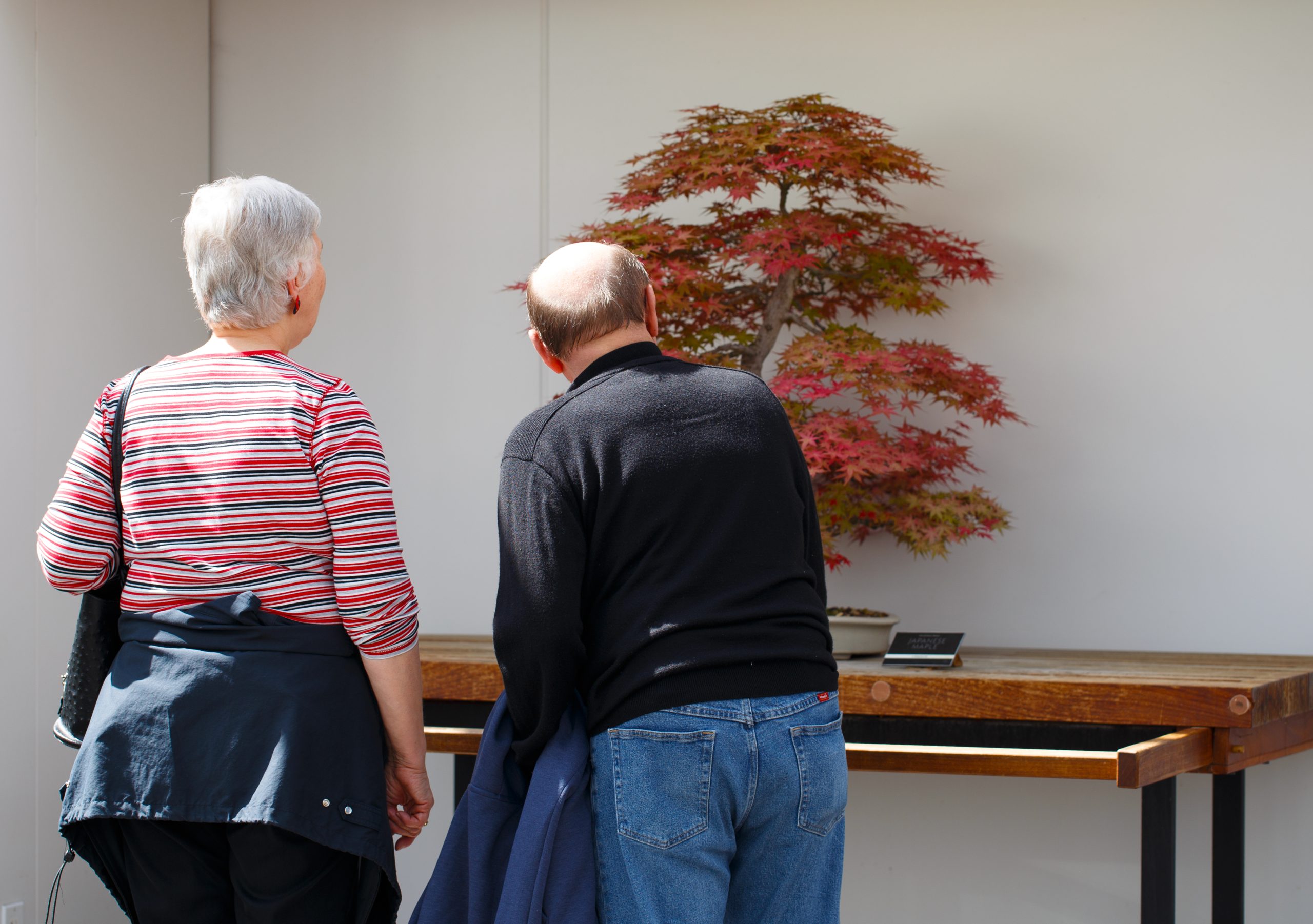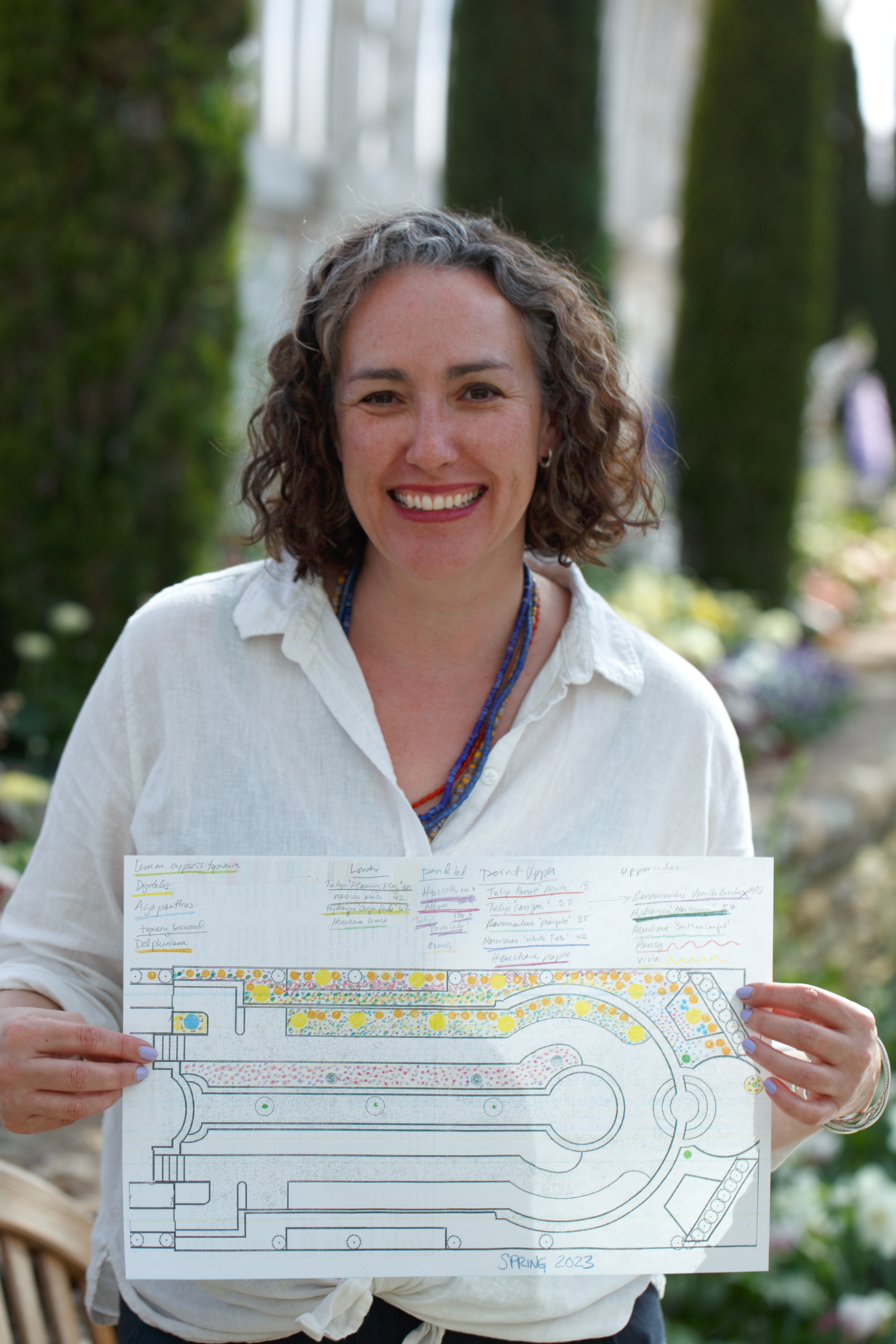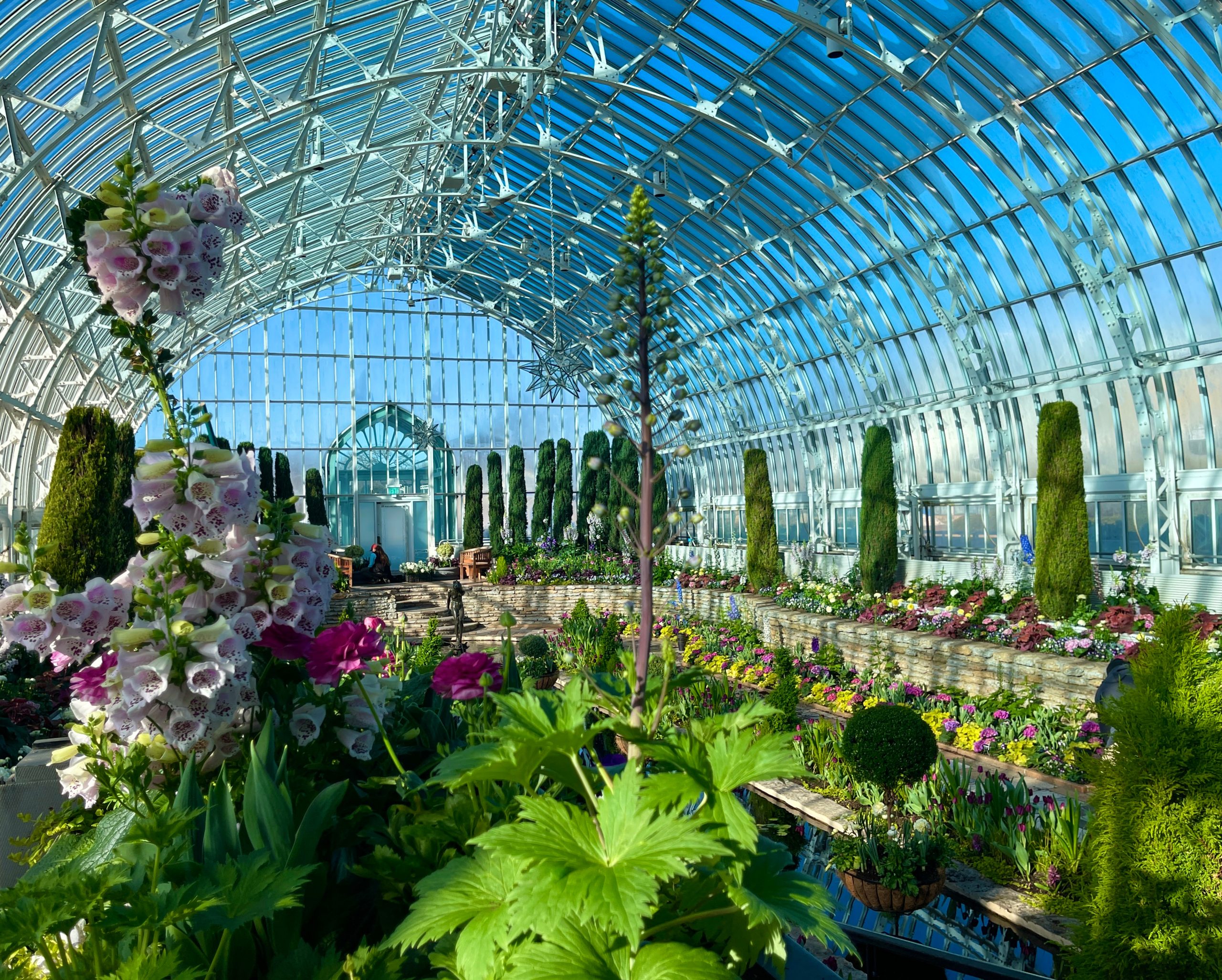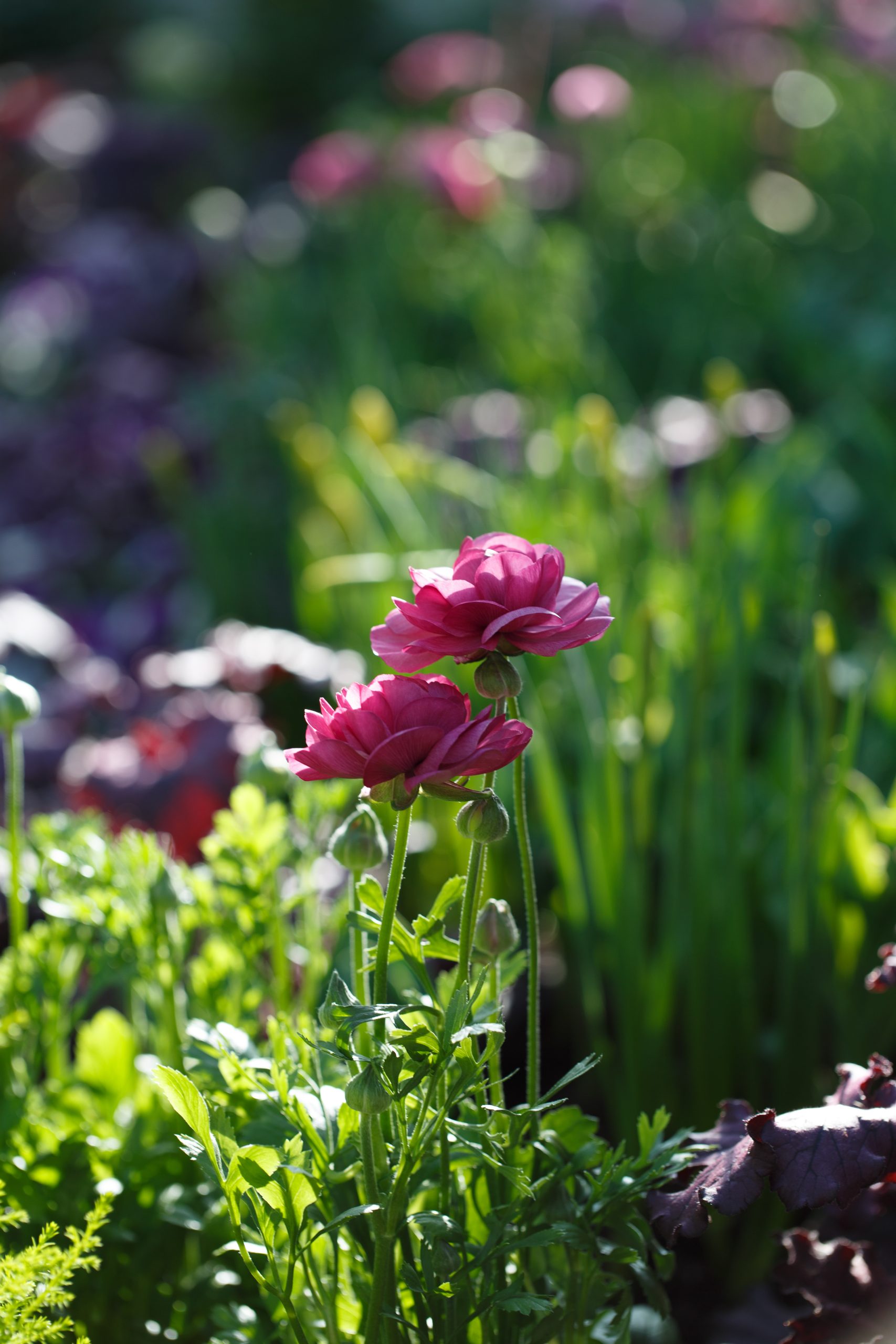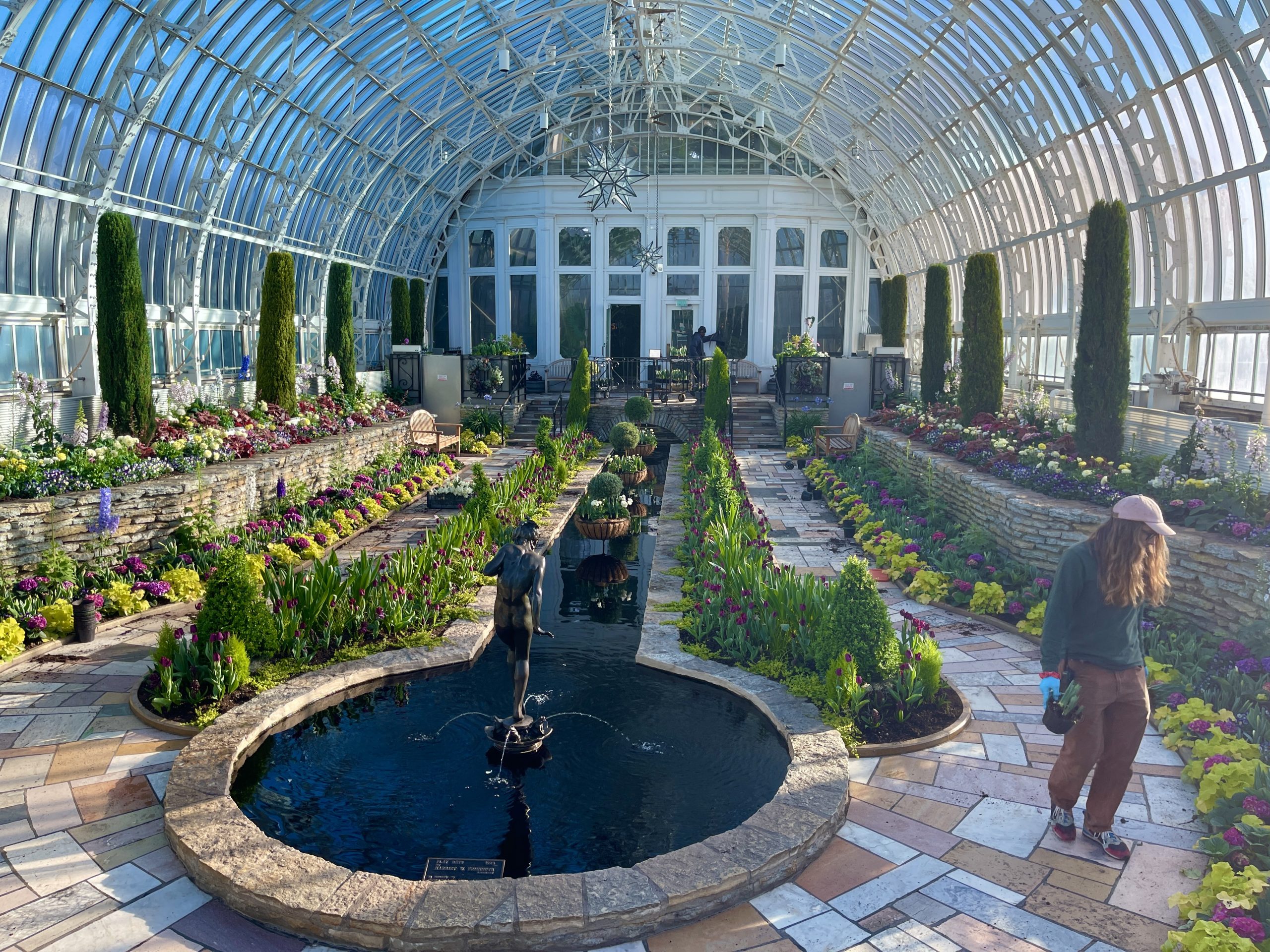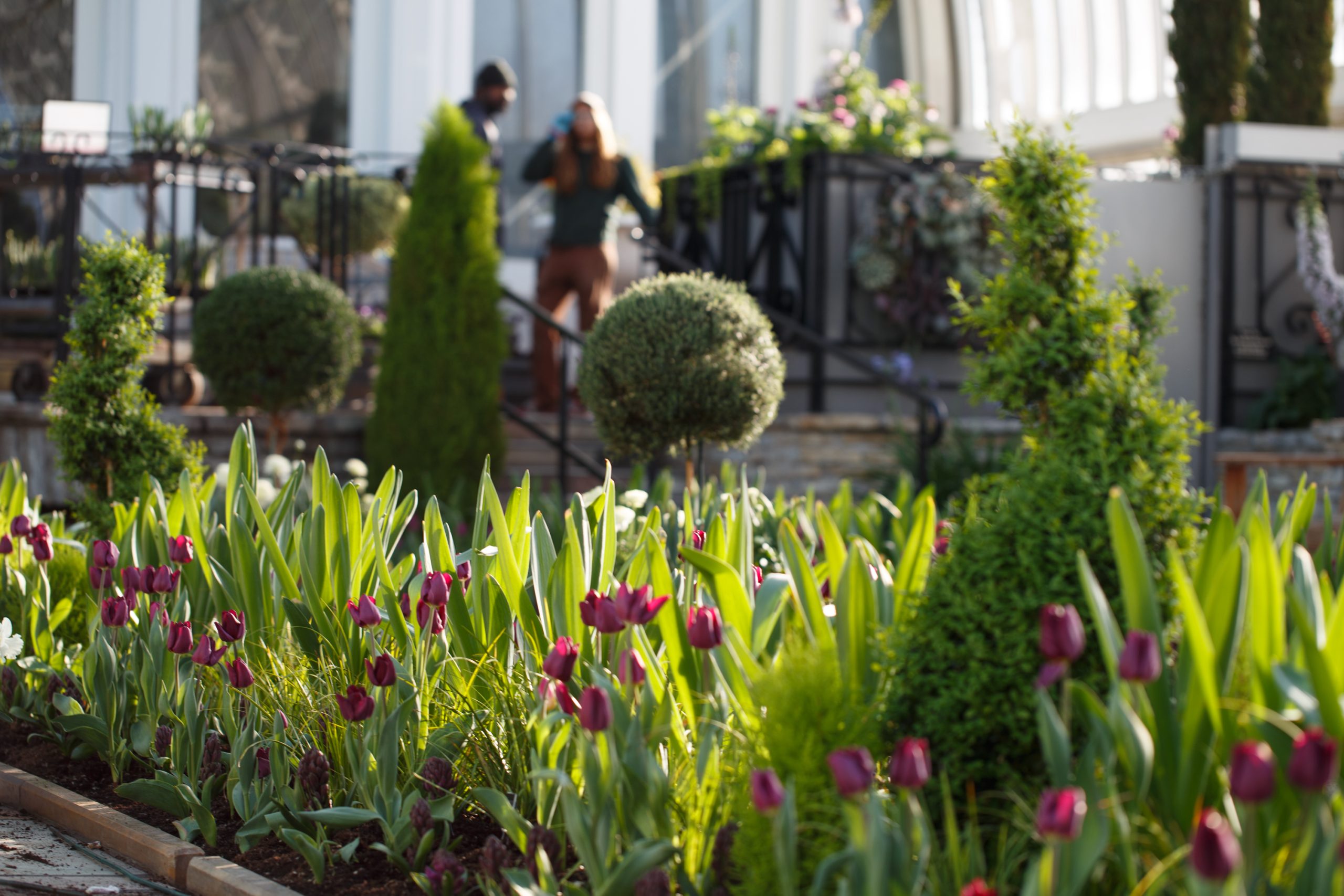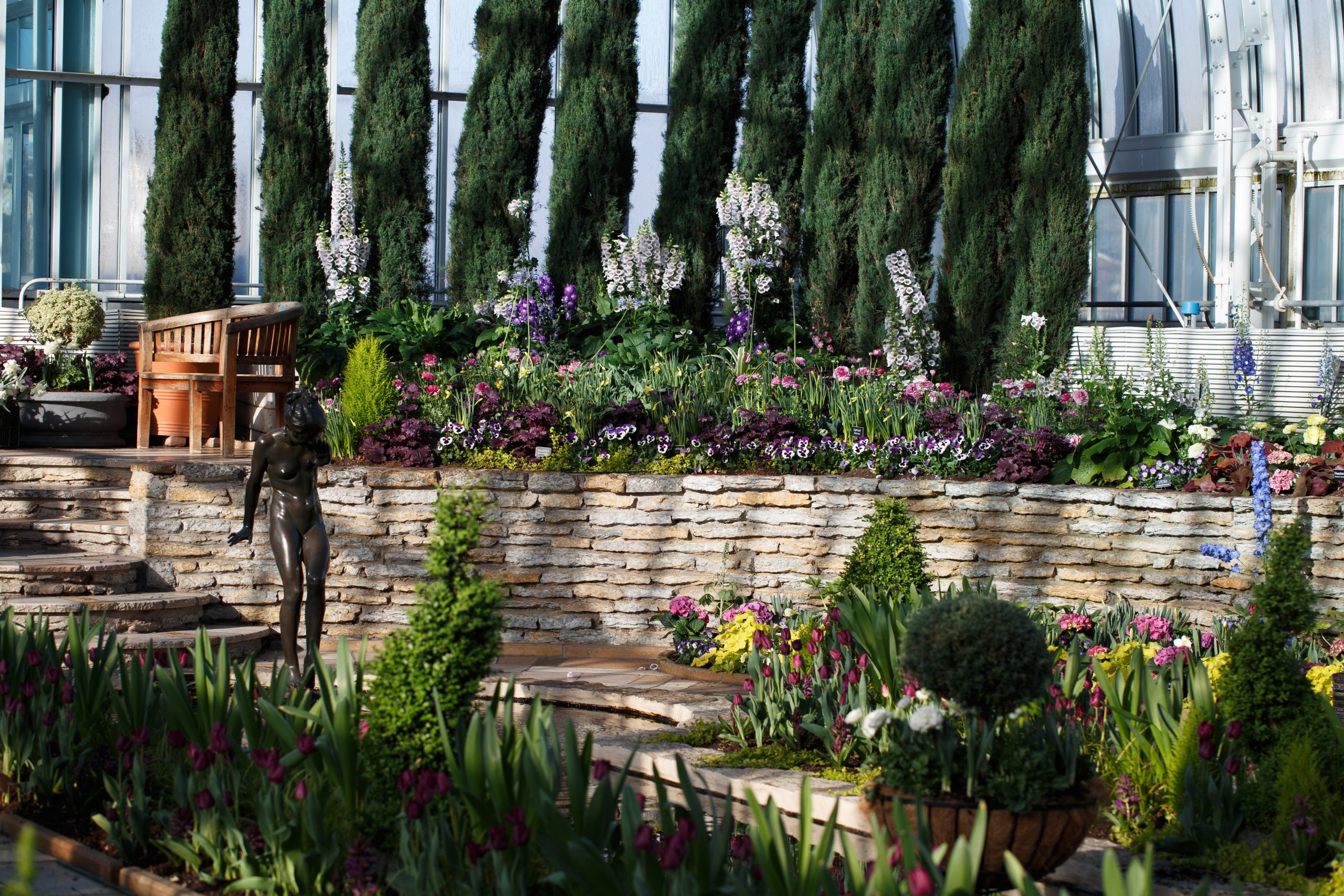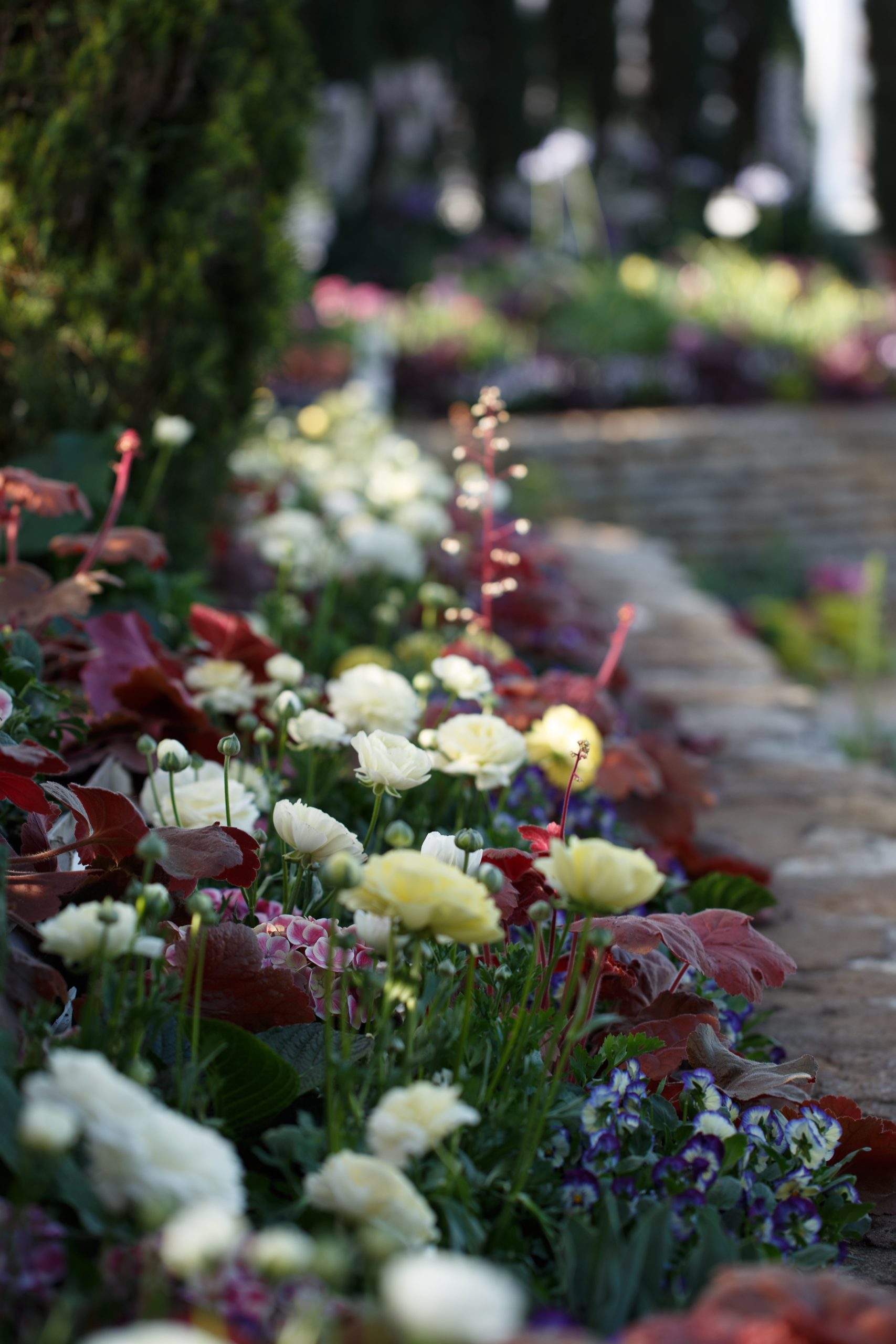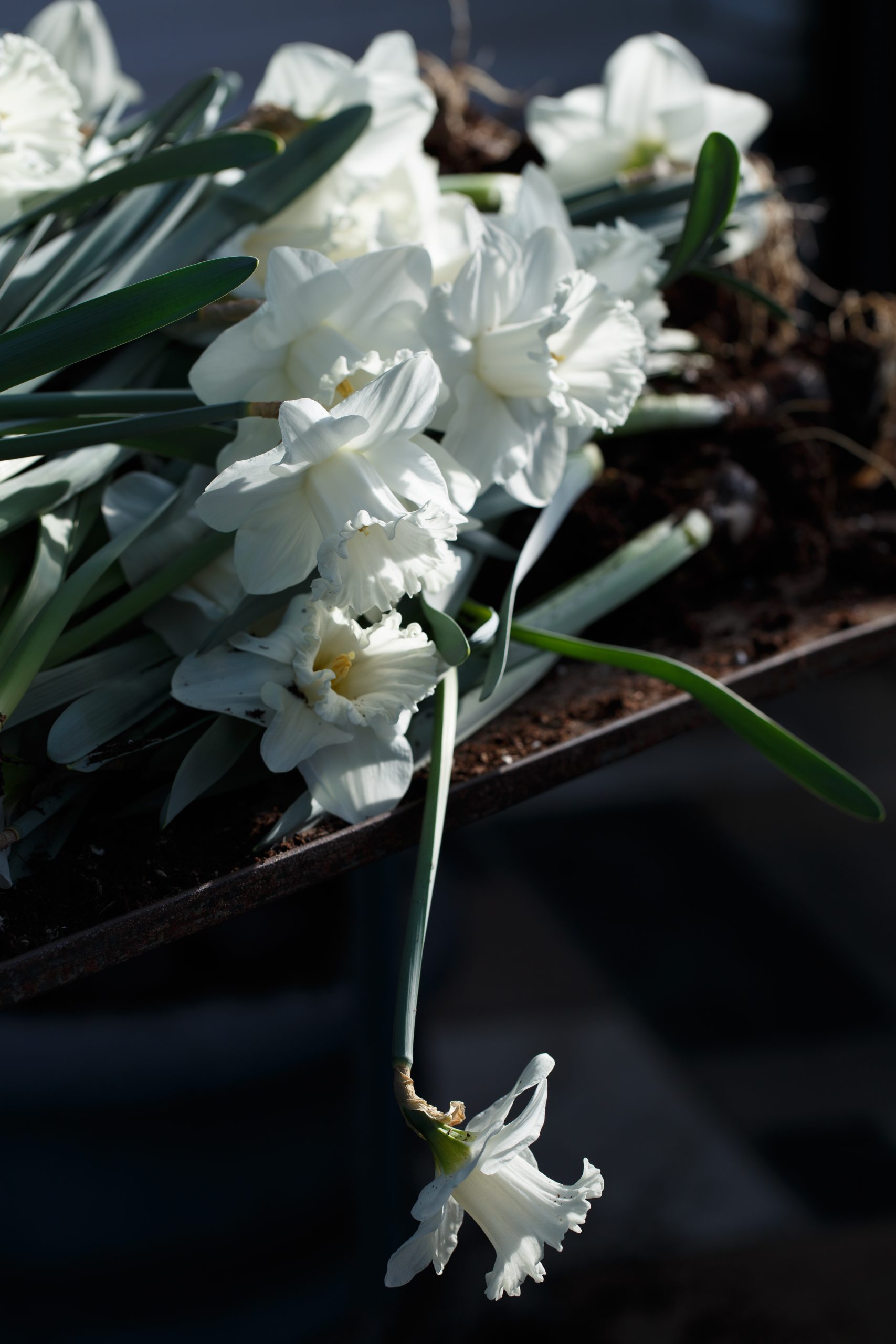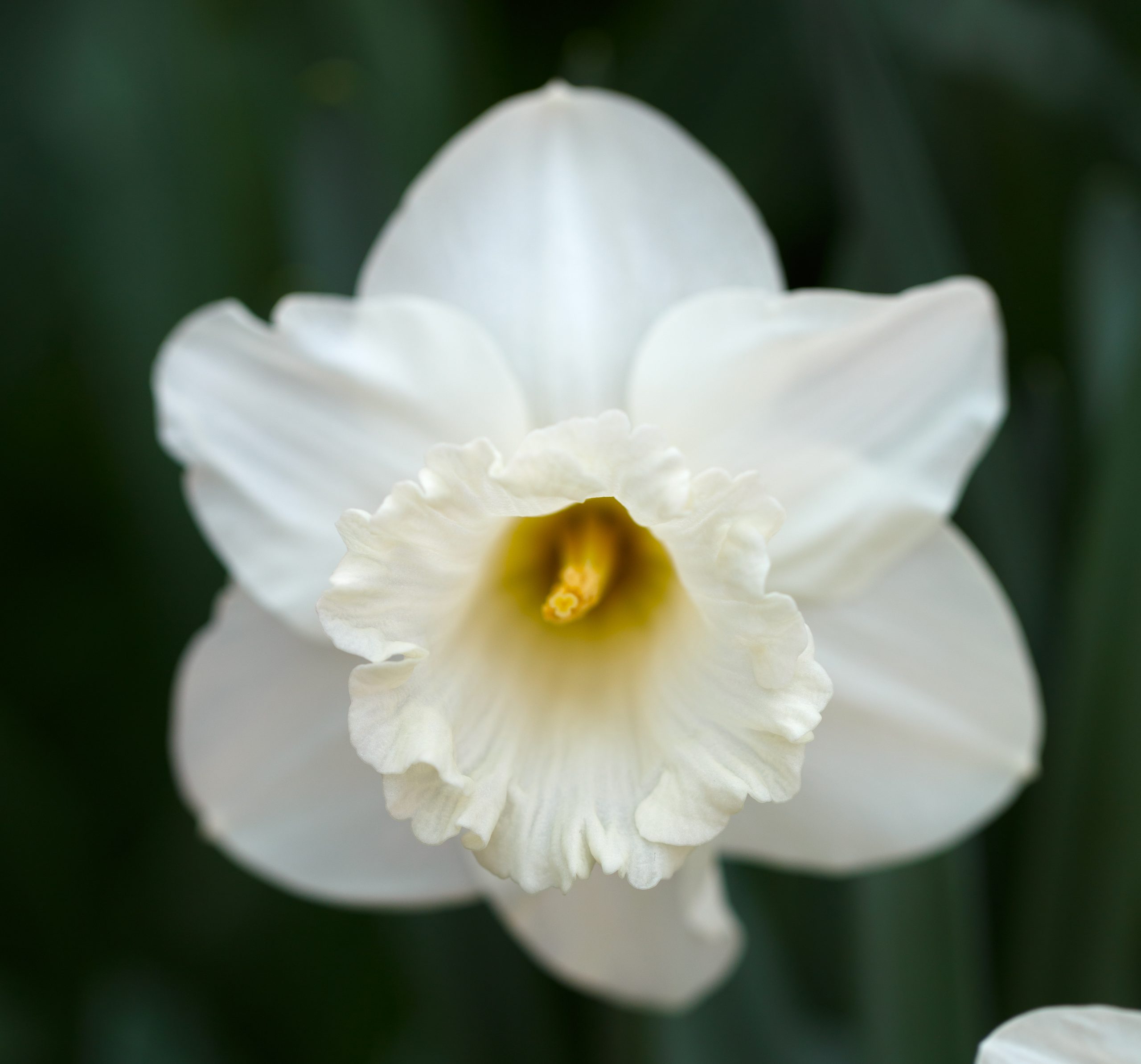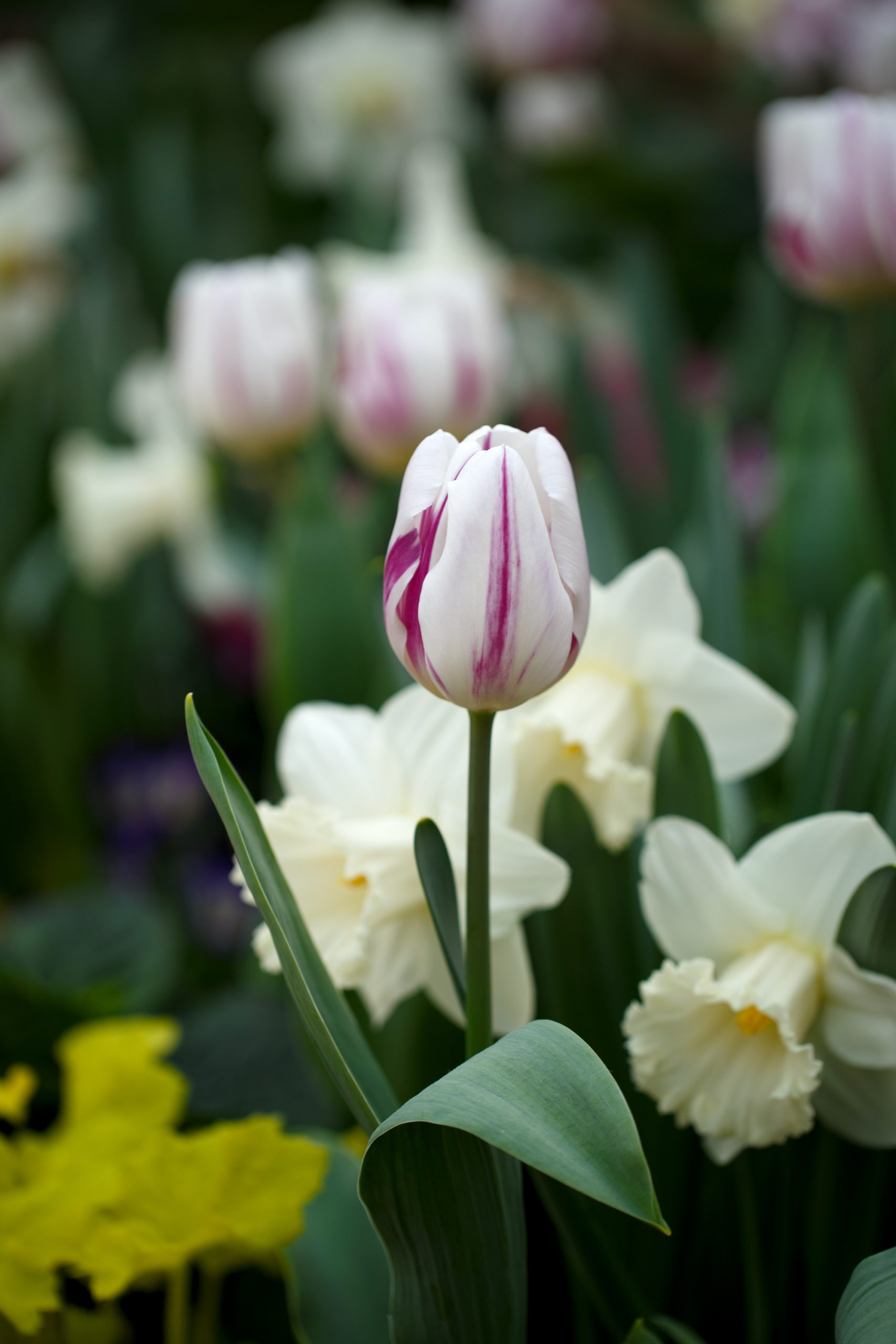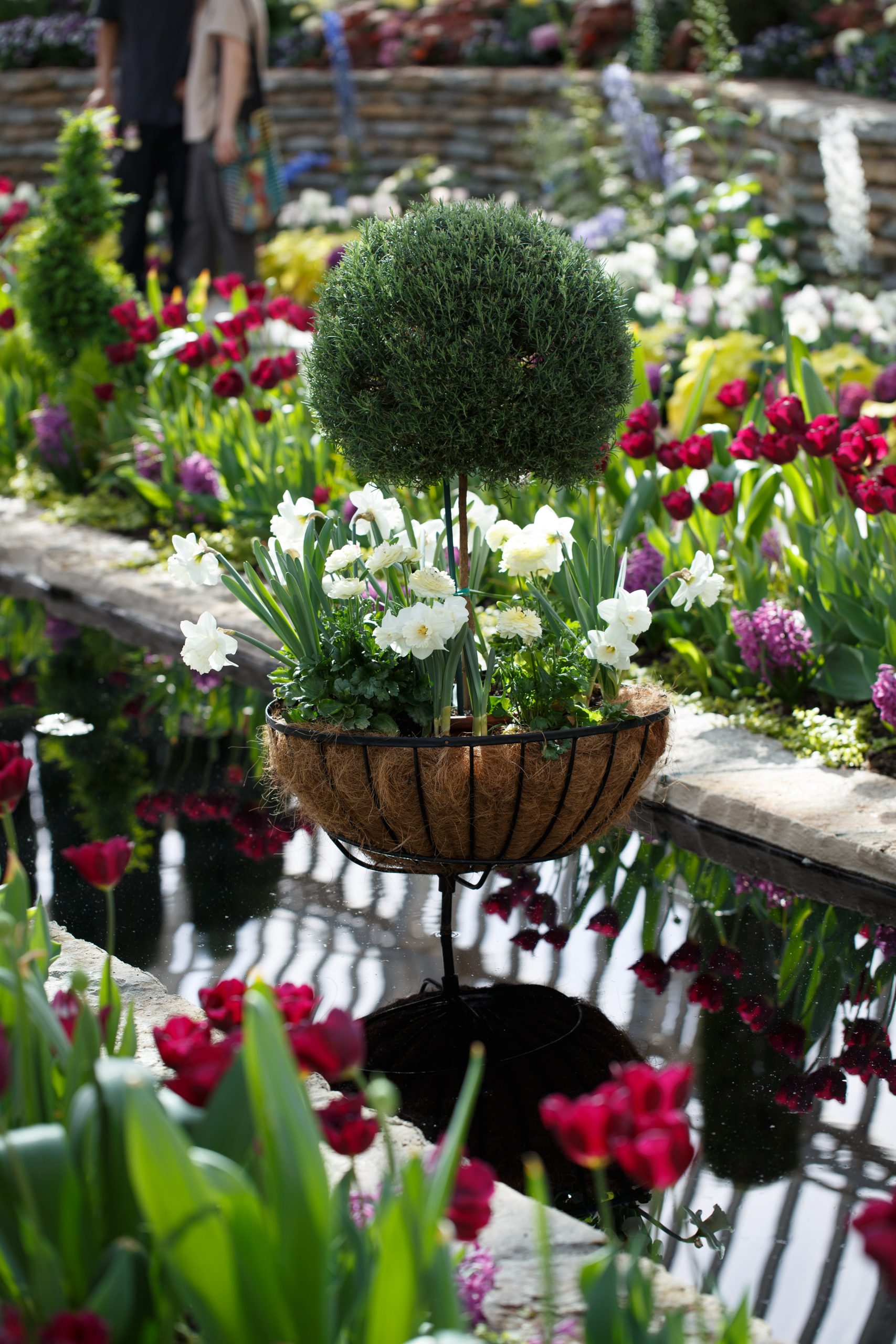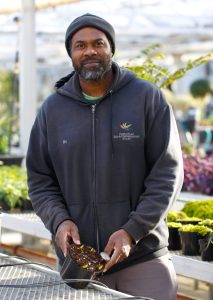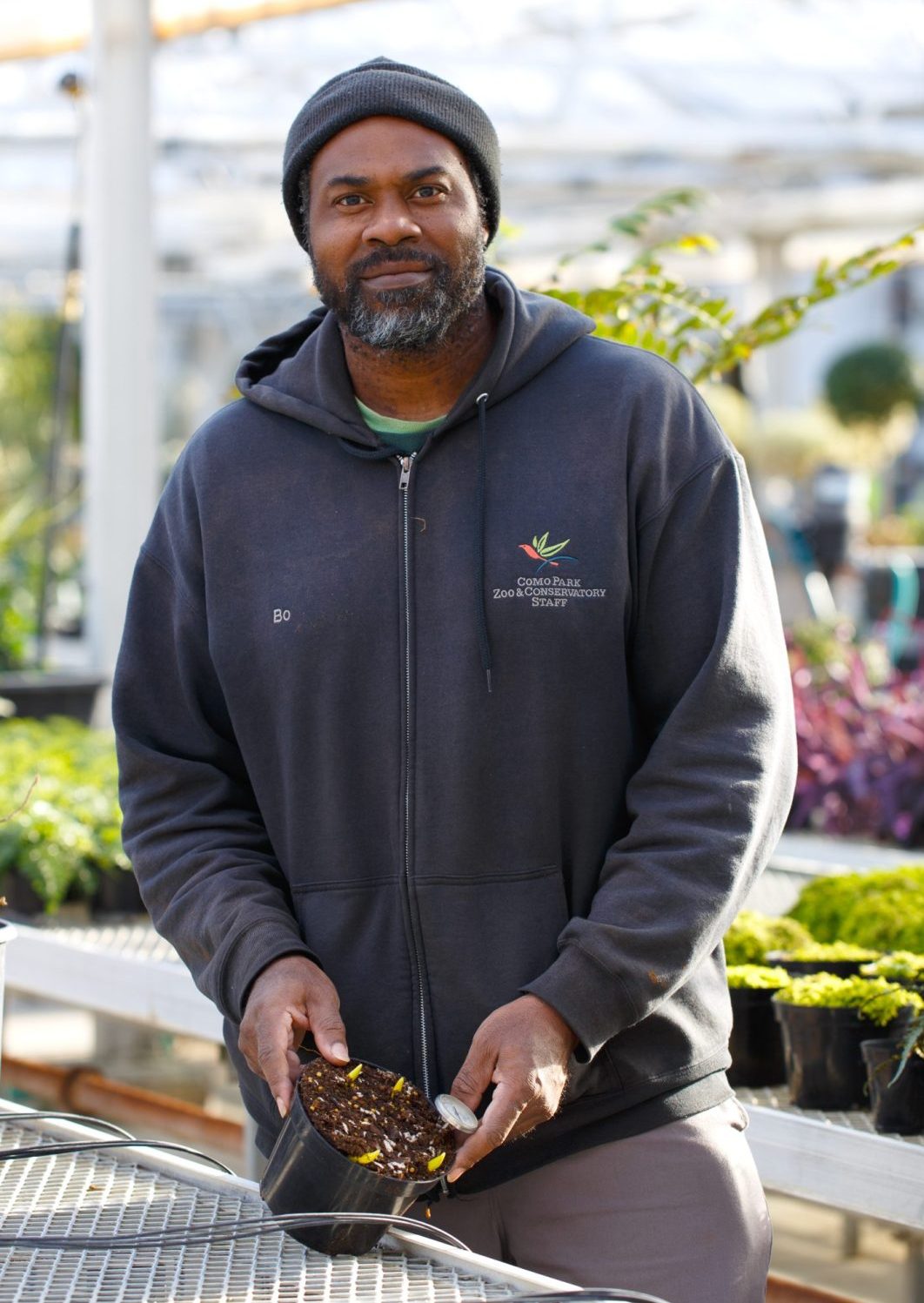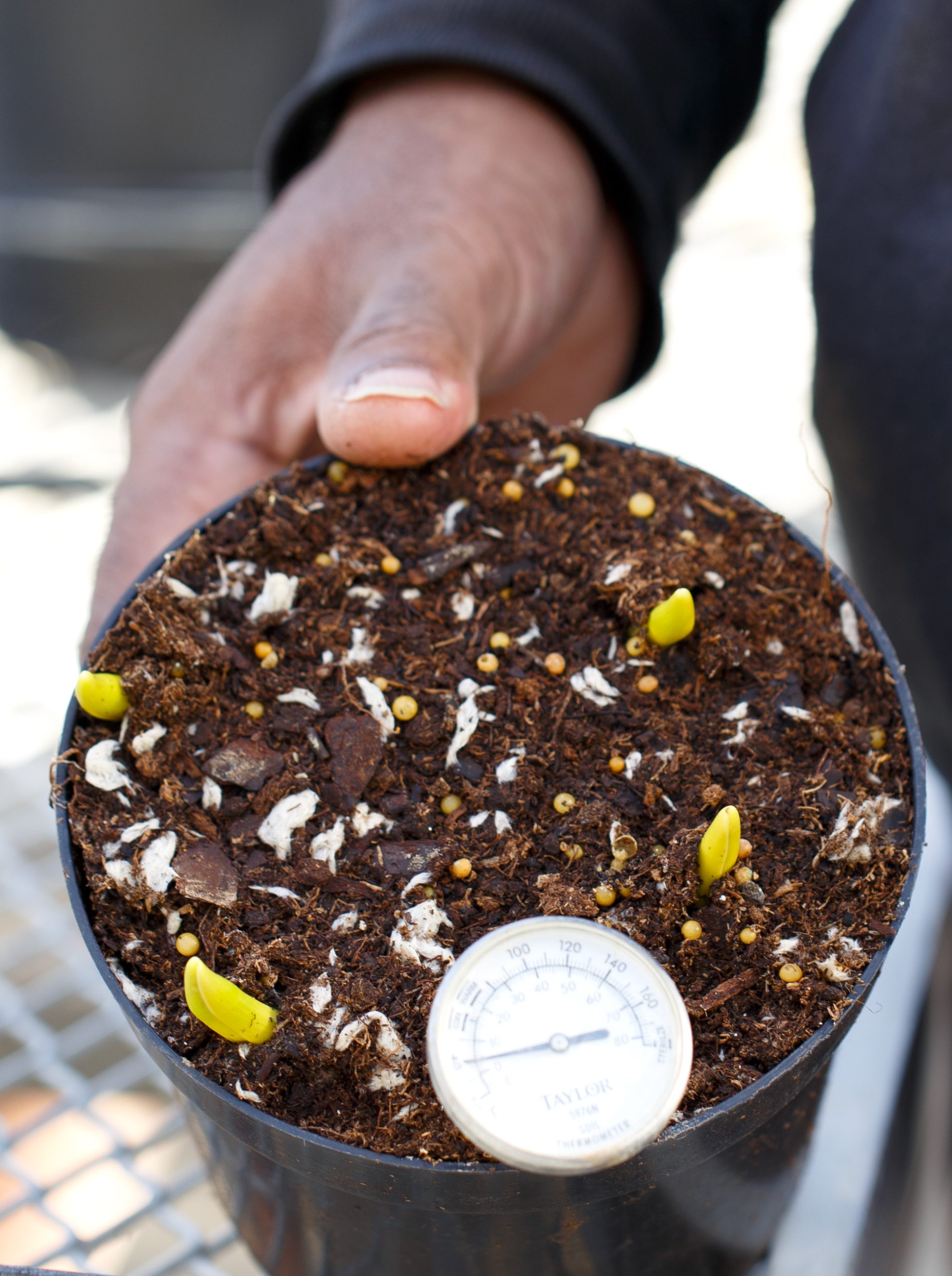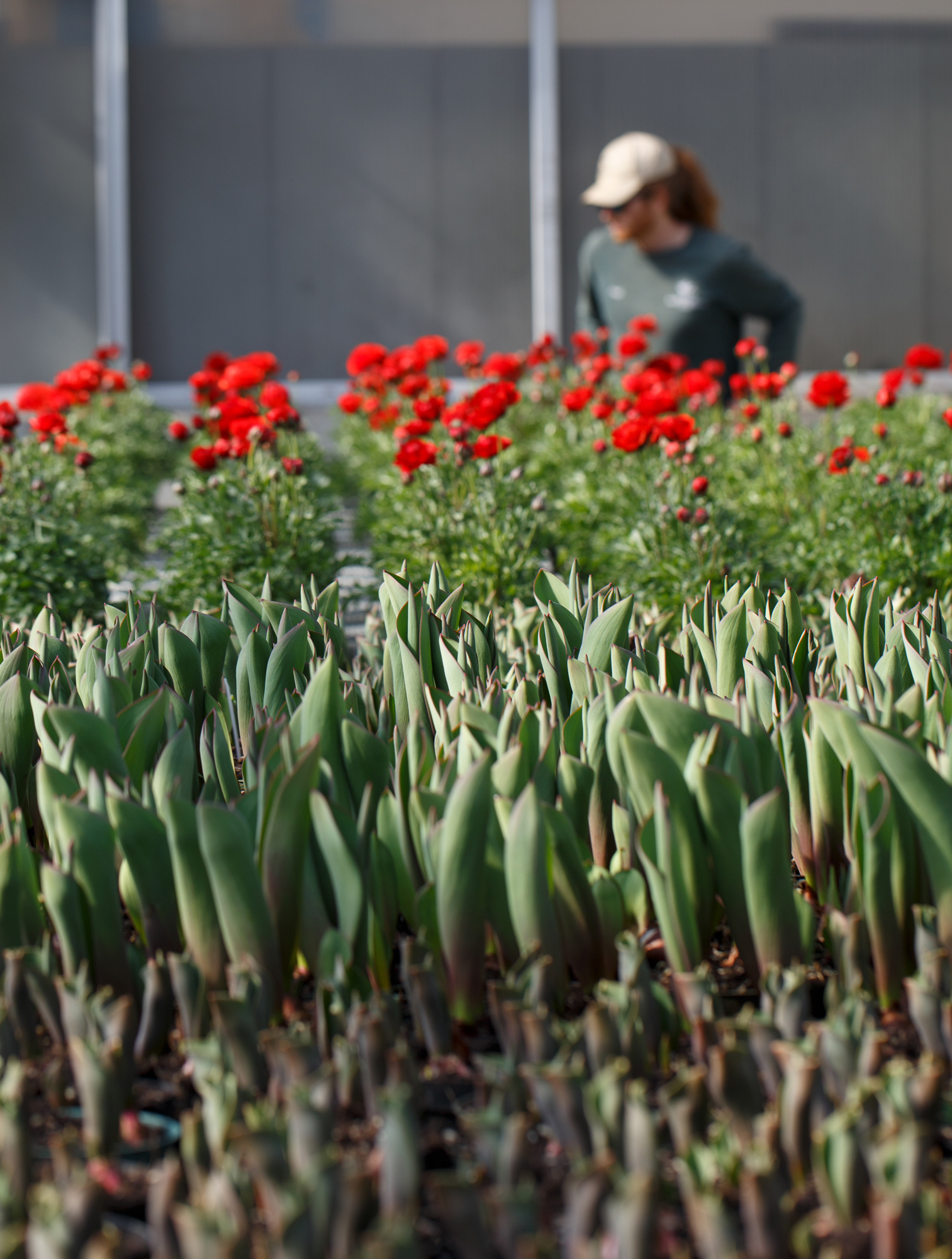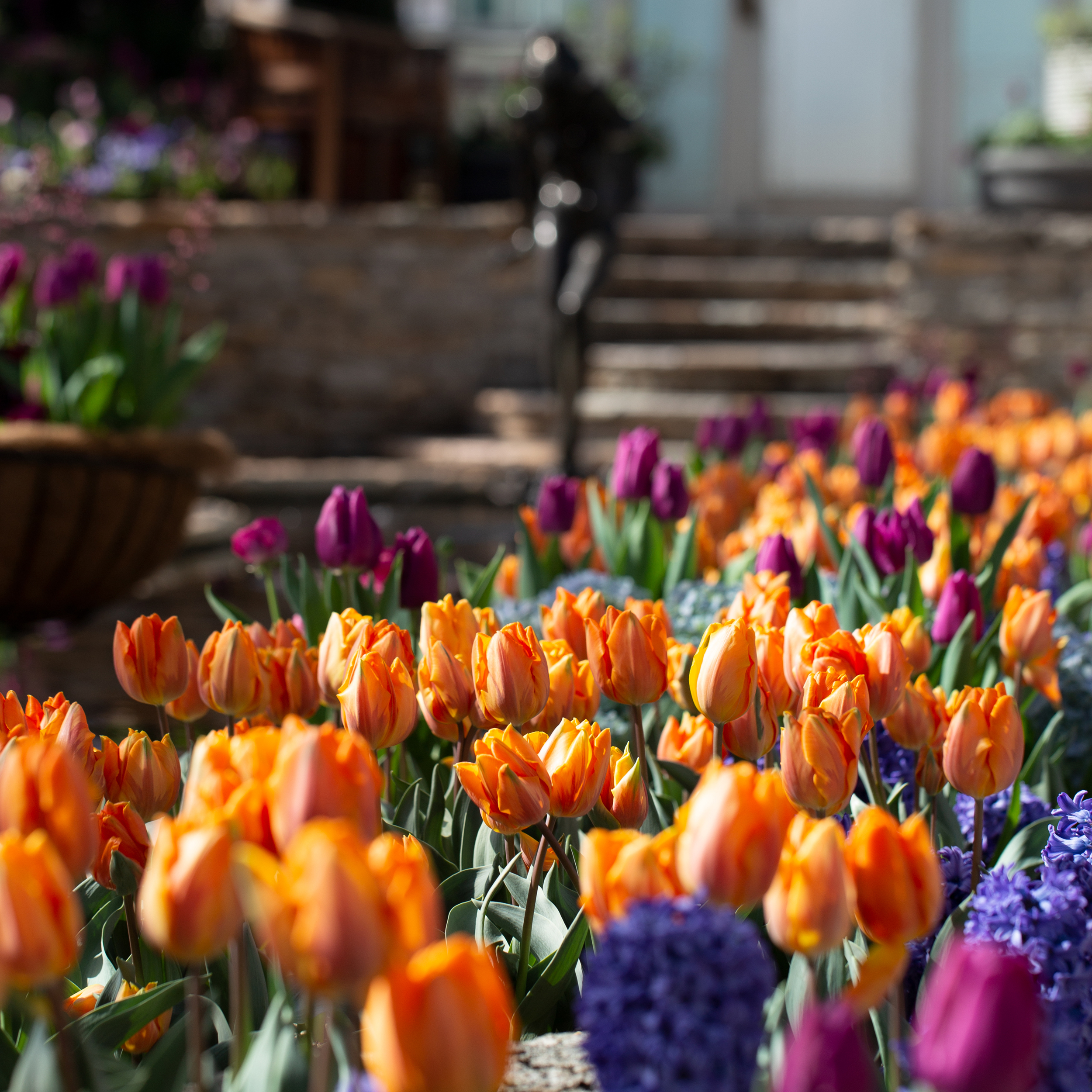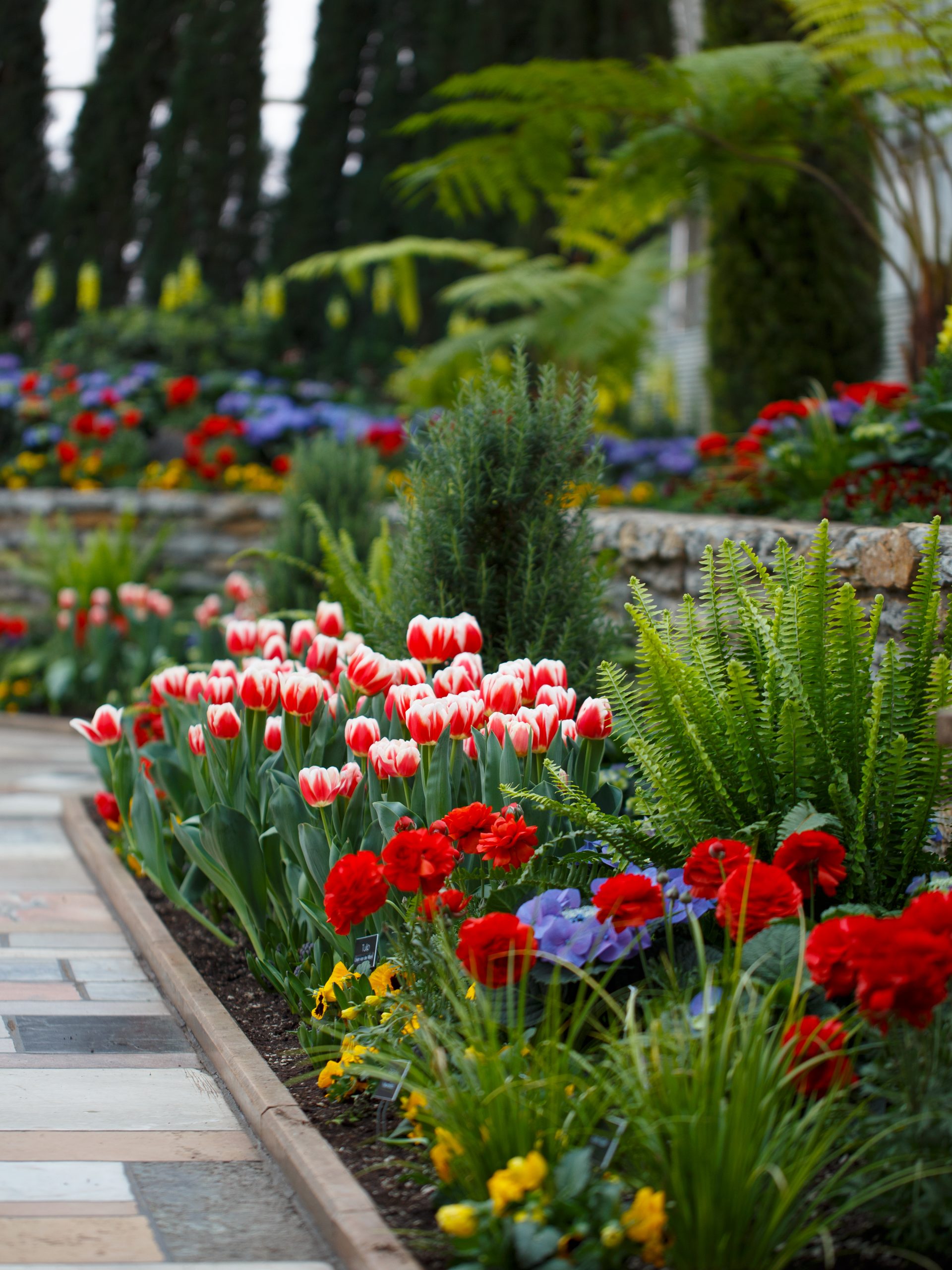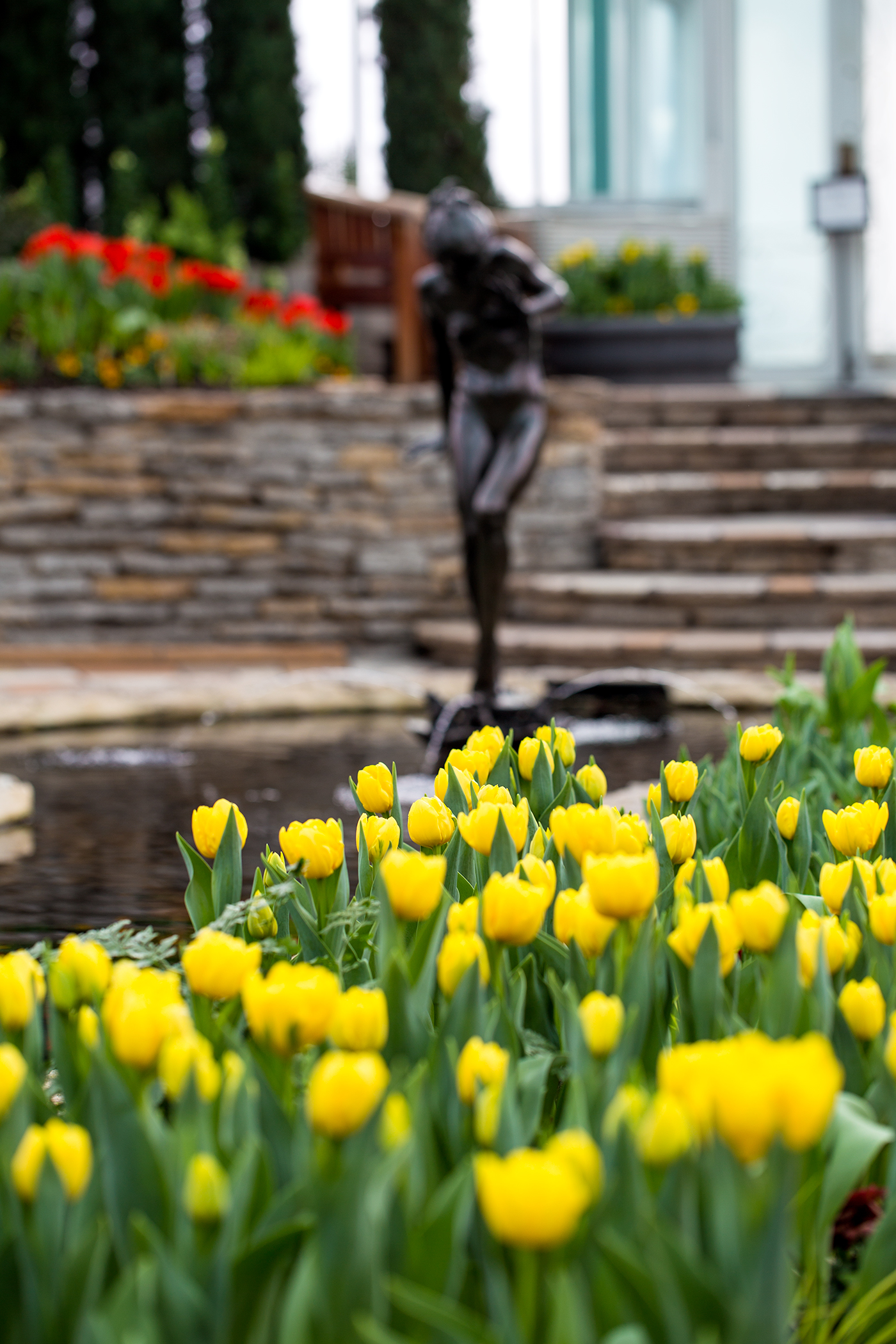From the favorite foods Como’s animals love to the free field trips that inspire the next generation, your contributions to Como Friends make more possible
There are few things Como Zoo’s giraffes love more than browsing—wrapping their legendarily long tongues around the tiny twigs and tender shoots of tree branches and shrub cuttings that keepers place in their habitat. Browse is easy to come by during the growing season, but when the cold weather comes, Como’s hoofstock herd often has to wait until springtime to tuck into their favorite bushes and branches.
But thanks to your support for Como Friends, there’s a new giraffe snack solution on the horizon. With the help of donors, the African Hoofstock Building will have extra room in the budget to bring in fresh browse from warmer climes during the winter months, providing hours of munching, crunching, and curious exploration for Skeeter, Clover, Zinnia and Ivy, the cute new calf born in November.
The funding for the winter browse is just a fraction of the $1.83 million annual contribution to Como Park Zoo & Conservatory that your support for Como Friends made possible this year. “We know that gifts of all amounts from our donors have an incredible impact for the animals at Como Zoo, the gardens at the Marjorie McNeely Conservatory and for the people who love to come and experience Como throughout the year,” says Jackie Sticha, president of Como Friends. “Since Como Friends’ start back in 2000, that’s really been one of the most satisfying aspects of our successful public-private partnership—seeing the enormous difference that a little extra generosity can make in the care of the plants and animals we love at Como, and in the ways we serve the community.” Here’s a look at how your gifts made a difference in 2023:

Tools and Training for Even Better Animal Care:
More than 20 years ago, Como Friends funding helped launch the positive reinforcement animal training initiative that’s helped to make Como Zoo a national leader in progressive care for animals of all sizes, from penguins to polar bears. This year, your generosity will support continued animal training consulting, advising Como Zoo’s professional keepers on new findings about animal behavior and best practice training techniques to benefit all of the animals in Como’s care. Contributions from people like you also make it possible to amp up Como’s arsenal of specialized equipment, from specialized crates to care for polar bears and large cats; scuba tanks and spectrophotometers to keep water habitats healthy for amphibians, fish, and marine mammals; to a new radiograph, tonometer and digital x-ray machine that allow Como Zoo to provide quicker, cutting-edge veterinary care to animals.
Como Friends is also making investments in more individualized animal needs. At Gorilla Forest, Schroeder’s tight-knit family troop will get a dedicated pathway for moving in and out of their habitat, giving gorillas greater choice about where they want to spend the day. A new shade structure is helping keep animals in the African Hoofstock habitat cooler on hot days. And in Tropical Encounters, Chloe the free-ranging sloth will be able to save even more of her energy with an expanded habitat that will allow her to stay in her tree 24/7, instead of retreating to her behind-the-scenes bedroom at night.
Cool Conservation Curriculum For All:
Always a trusted educational partner to area schools, Como’s conservation programs are coming back in full force this year. Thanks to your support, Como has the resources it needs to relaunch a second grade field trip program. This summer, as Como’s popular summer camp programs resume, Como Friends funding will also support camp scholarships to ensure that families have access to Como’s cool conservation programs.
Helping the Marjorie McNeely Conservatory Grow:
Over the years, your contributions to Como Friends have helped to keep many of Como’s best horticultural traditions growing, from the fantastic Holiday Flower Show on display this month in the Sunken Garden, to the continued transformation of the Charlotte Partridge Ordway Japanese Garden. This year, your contributions are helping preserve and protect Como’s extraordinary horticultural collections, with a new security system for Como’s valued bonsai collection, a new lighting system in the North Garden, and a new database that helps Como’s horticulturists keep track of all the specimens in Como’s beautiful gardens.
The rainforest habitat of Tropical Encounters was reenergized by a complete soil replacement, while a new sound system will help improve the visitor experience throughout the Conservatory. As part of Como’s continued conservation efforts, your support is also helping to implement a new composting system to save time and energy, turning last year’s plant material into rich compost, right at Como. Your support also helped the Conservatory launch a new integrated pest management system, deploying beneficial bugs throughout Como’s garden to further reduce the use of pesticides.
Free Admission for All:
Most important, your support for Como Friends helped Como Park Zoo & Conservatory make a full return to traditional operations this year, welcoming more than 1.75 million visitors—and counting. Thank you for all you do to support the natural wonders that bring our community together at Como Park Zoo & Conservatory!
The diverse color possibilities of Poinsettias are now on display at the Holiday Flower Show, featuring ‘Ferrara’ red, variegated ‘Tapestry’ plants with yellow & green leaves, and yellow ‘Golden Glo’ Poinsettias. Yellow flowering kalanchoe, hibiscus, and lemon cyprus add tropical accents to one of the most visited flower shows of the year.

Known as the flor de nochebuena—or Christmas Eve Flower—in their native Mexico, it’s no wonder Poinsettias have become the quintessential plant of the season. Available in endless shades of reds, pinks, creams, and greens, Poinsettias are among the most economically valuable plants in the world, with nearly 70 million sold each holiday season in the United States alone.
Marjorie McNeely Conservatory horticulturist Bo Akinkuotu knows just what it takes to make these delicate tropical plants come to life. Back in June, he planted more than 1,000 Poinsettias to ensure they’d be at their peak just in time for the Holiday Flower Show now on display in the Sunken Garden through January 7.

“It’s a tricky thing, because Poinsettias are a touchy, finicky plant, especially for growing at home,” Akinkuotu says. Though they’re deeply associated with the winter holidays, “They’re a tropical, heat-loving plant, and they don’t like to get too wet, or they’ll rot, and they don’t like to get too dry, or they’ll wilt. You have to find that sweet spot between the two.”
A member of the Euphorbia family, Poinsettias can only come to life during the darkest days of the year. “The interesting thing about them is that they really need these shorter days to start showing and changing their colors through the bracts, which are the showy part of the plant,” he says. Climate control is another key ingredient to keeping these plants at their best. “They’re unhappy in chilly weather, but if you can keep the temperature in the low to mid 70s, they’ll usually last until the end of the holiday season.”
Thanks to your contributions to Como Friends, the Marjorie McNeely Conservatory’s Holiday Flower Show is always free, and is open from 10 a.m. to 4 p.m. every day of the week, including Christmas and New Year’s Day.
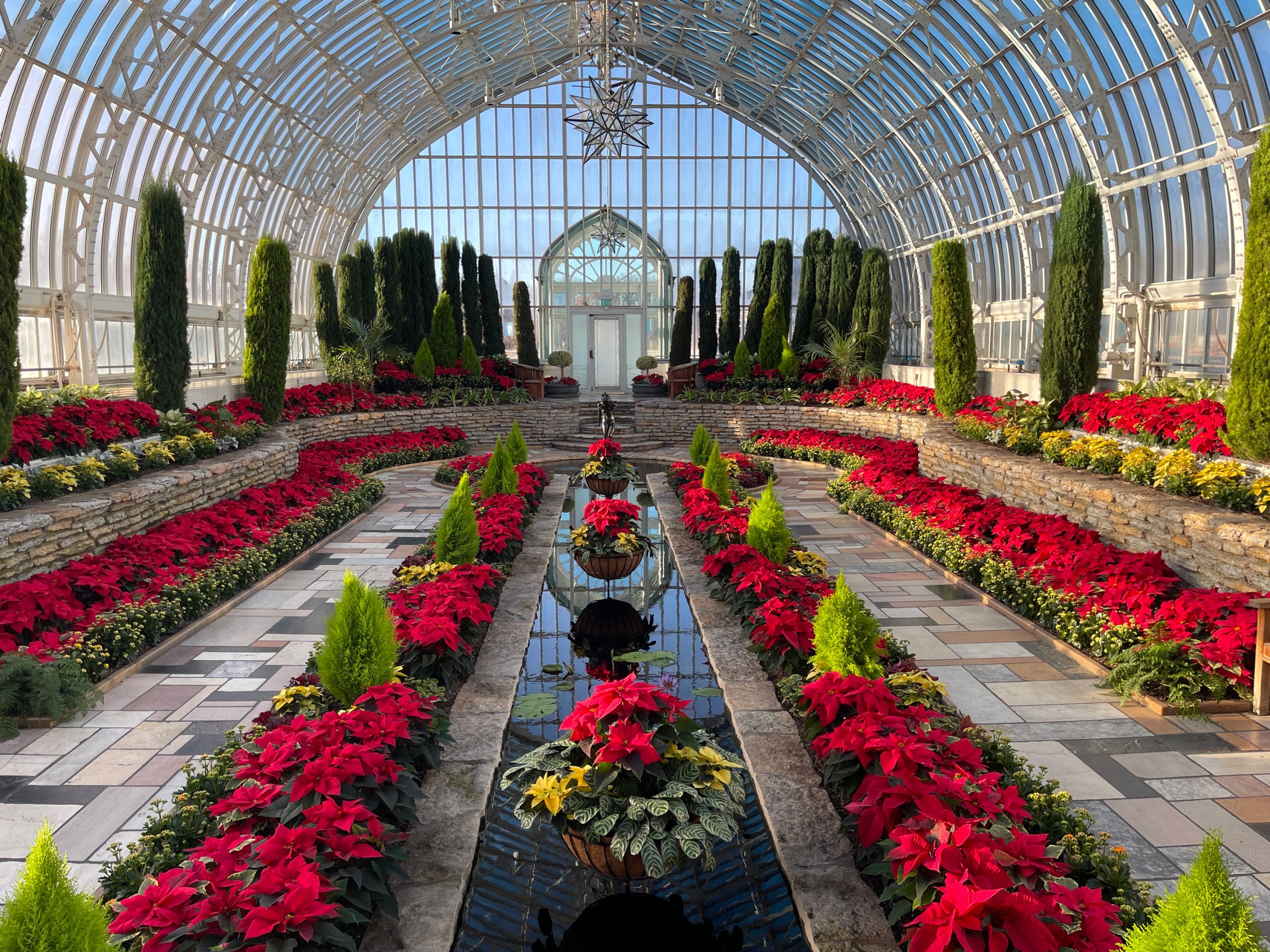

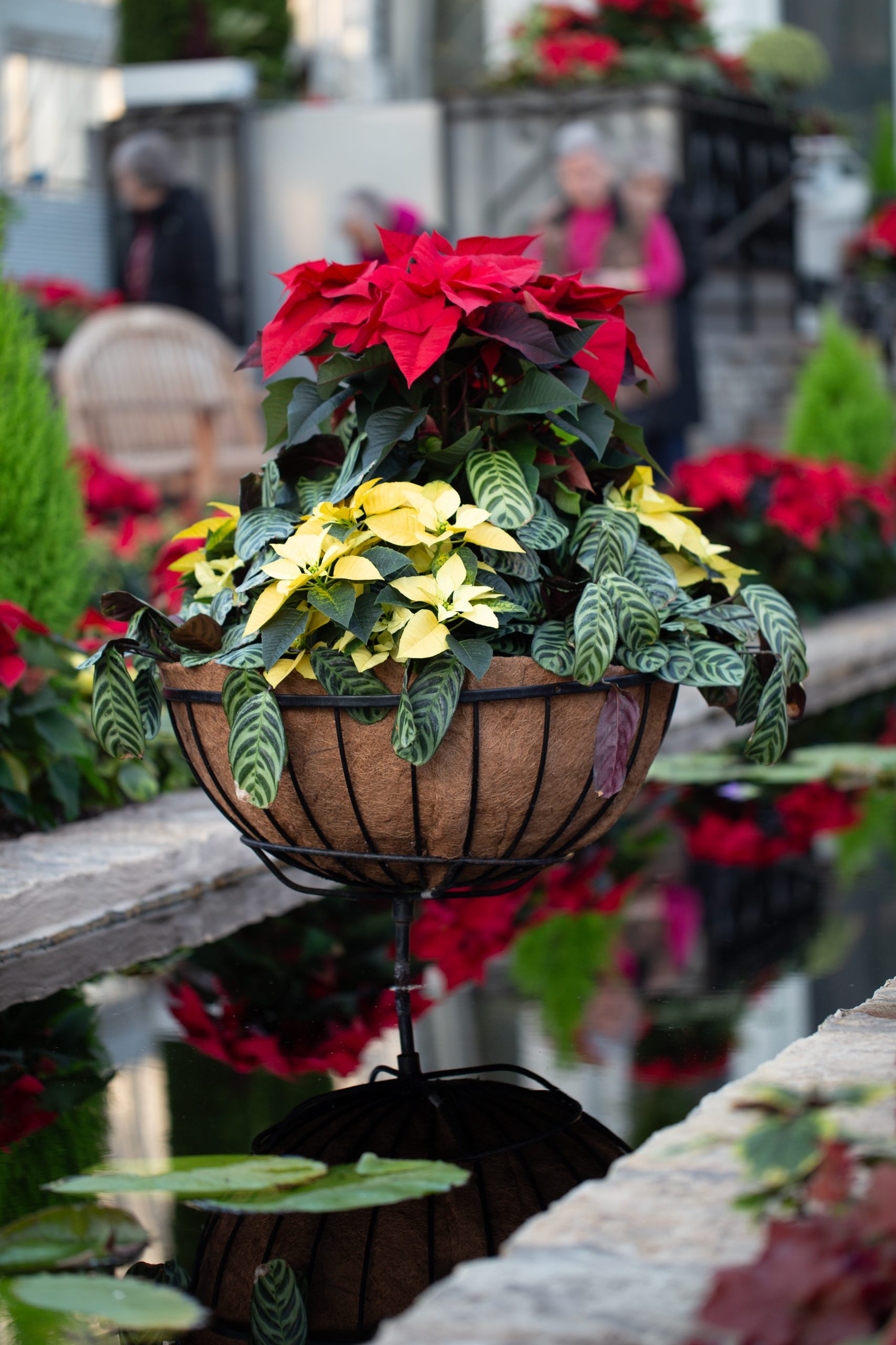
A trip to the Polar Bear Capital of the World helped teach Como Zoo keeper Kristin Riske new ways to talk about climate change

Back in 2008 when the polar bear became the first animal listed under the Endangered Species Act to be threatened primarily by climate change, we all learned how individual choices here at home can help improve conditions in the Arctic. From turning off unneeded lights, to driving less, to choosing products with less packaging, many zoo visitors at Arctic Ambassador Centers like Como Zoo are now well-versed in all the individual choices that can contribute to a more sustainable future.
But could there be a better way to talk about what’s happening to polar bears?
That’s the question Como Zoo aquatics keeper Kristin Riske has been exploring as a Conservation Champion, the Como Friends program that funds professional development experiences and on-site field work for several zookeepers and horticulturists each year. With support from the program, Riske joined a cohort of other keepers and educators in the Climate Alliance Program, a unique Polar Bears International partnership program aimed at empowering conservation professionals—many, like Riske, who care for polar bears every day—to effectively communicate about climate change and inspire real-world solutions.
“Como has been part of the Arctic Ambassador Network for years, and this program is designed especially for institutions like ours,” Riske says. “As zookeepers, we’re in a great position to get the message out to the public.”

The program started early in 2023, as Riske and other zookeepers and educators took part in an eight-month online learning course, created in partnership with National Network for Ocean and Climate Change Interpretation. Through the training, Riske learned about the latest best practice communication strategies around climate change, and how building awareness and support for climate solutions has evolved over time.
“Having this training through Climate Alliance really changed my view on how to get the message across,” says Riske, who got her start as a Como Zoo intern back in 2014. “Back when I started, it was all about how we should turn off our lights and recycle, but through this program, I’ve learned it’s more about the collective action that we need to take—voting for the climate, creating community gardens, shifting to renewable energy, advocating for community-wide or city-based sustainability programs.”
Last month, the Climate Alliance Program culminated in a week-long trip to Churchill, Manitoba, the polar bear capital of the world. “It was really early in the season, still in the 40s and 50s, so we only saw one bear—a female sleeping near the coast,” Riske says. “But being out in the Tundra Buggy exceeded my expectations in every way. We got to see ptarmigan and caribou, and got the chance to meet and talk with the indigenous people of Churchill who told us more about the land around us.”
Now back at Como Zoo where she cares for polar bears Neil, Nan, and Kulu, Riske says her Conservation Champions experience continues to inspire her. “There really are no words to encapsulate what I experienced,” she says. “I went into this Climate Alliance program to learn more about polar bears, climate change, and what we can do to help. What I didn’t know was the bond I would form with all of these amazing people from different facilities that want to do the same thing. I am still processing my experience up in Churchill, but one thing I do know is I have become more empowered, and a spark has grown in me that wants to advocate for climate change. I can’t thank Polar Bears International, Frontiers North Adventures, Como Park Zoo and Conservatory, and Como Friends enough for this once-in-a-lifetime experience.”

Your support for Como Friends helps to make the Conservation Champions program possible, supporting Como’s talented staff’s participation in conservation partnerships and in their continued professional development. Thank you!
The dazzling colors of Día de los Muertos are the inspiration for the second half of the Sunken Garden’s fall flower show now on display.
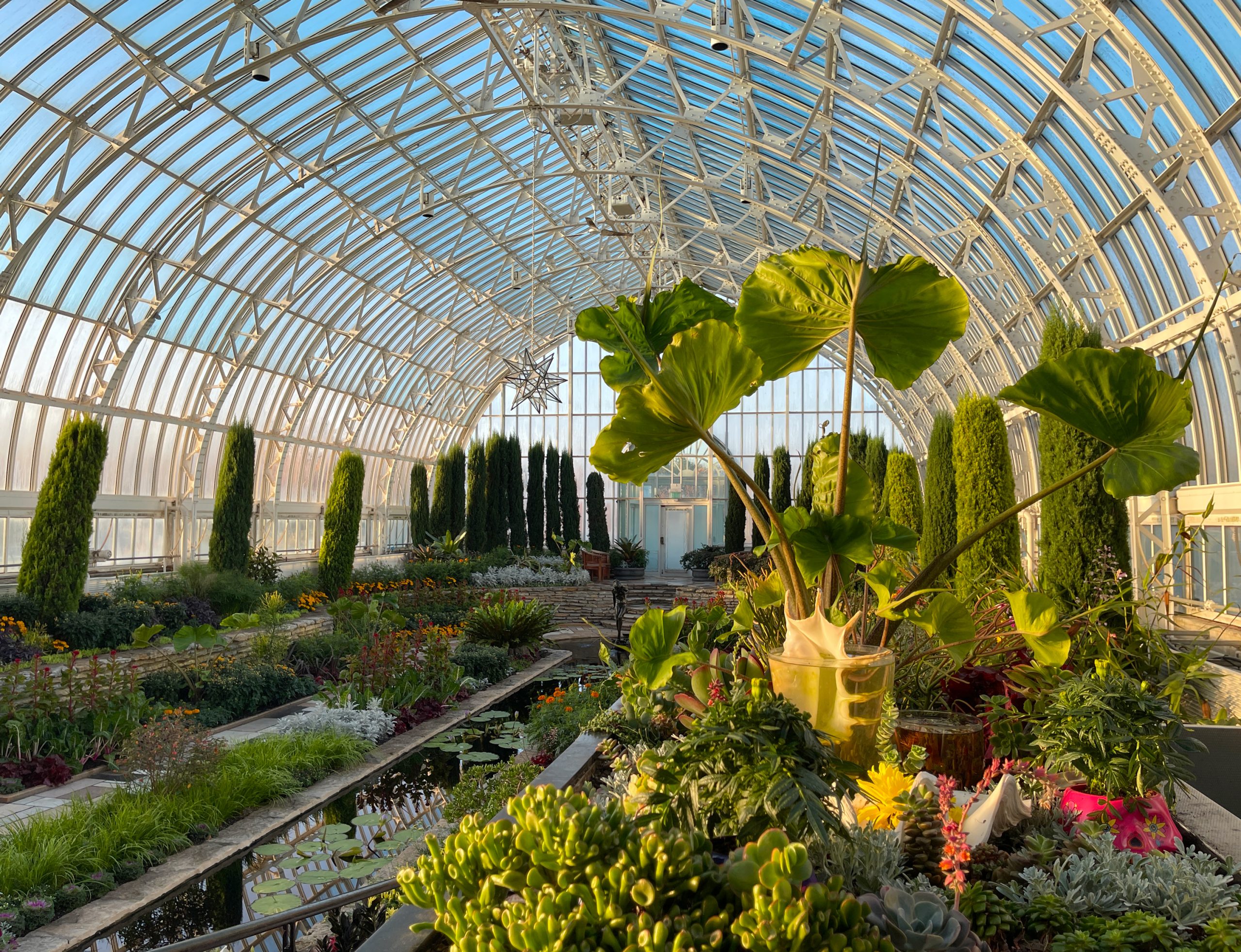
“As gardeners, we’re always interested in trying new things in traditional spaces,” says Lisa Philander, the Marjorie McNeely Conservatory’s horticulture curator. “The goal was to create a feeling of undulating waves of color, rather than making each side of the room a mirror of the other.”
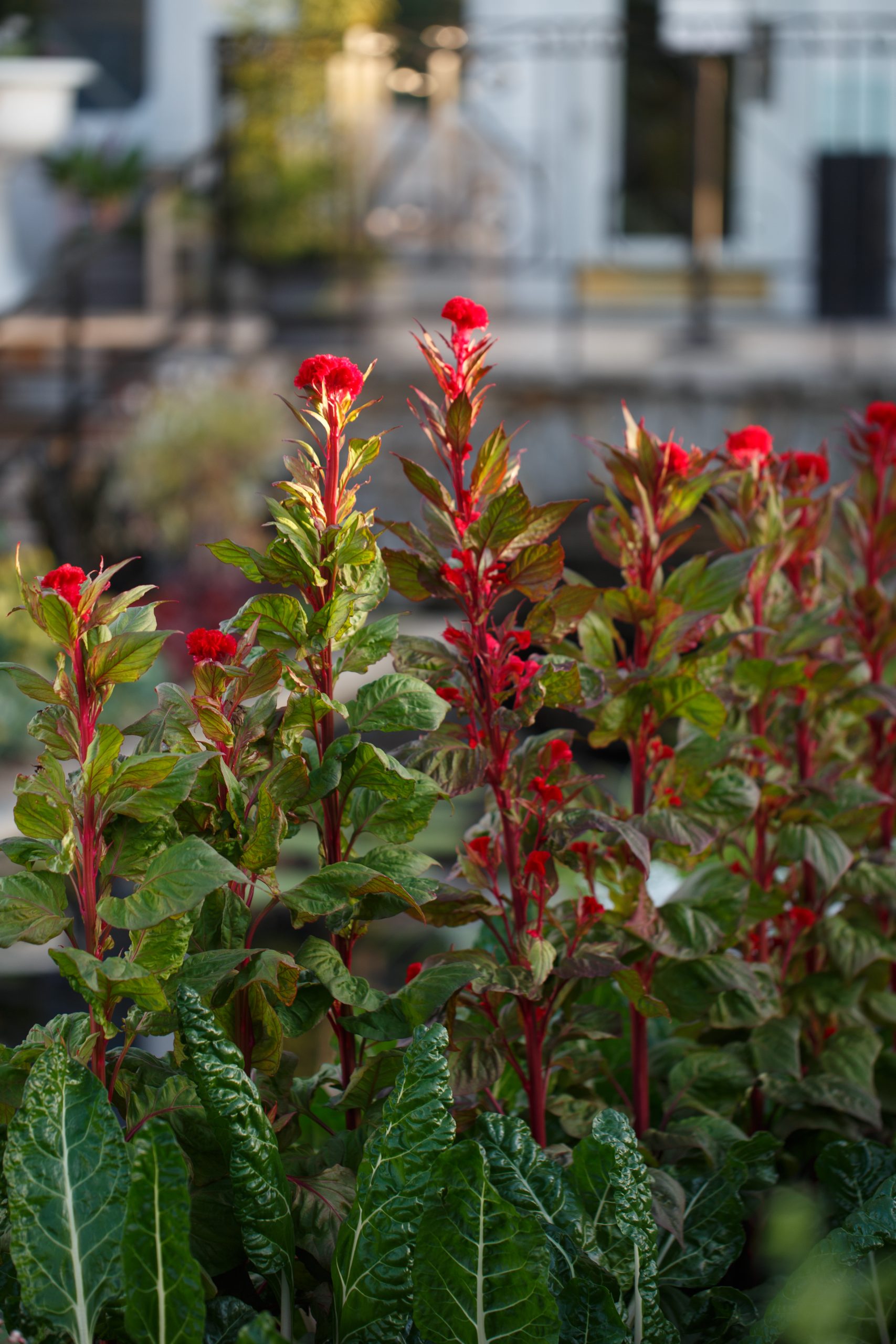

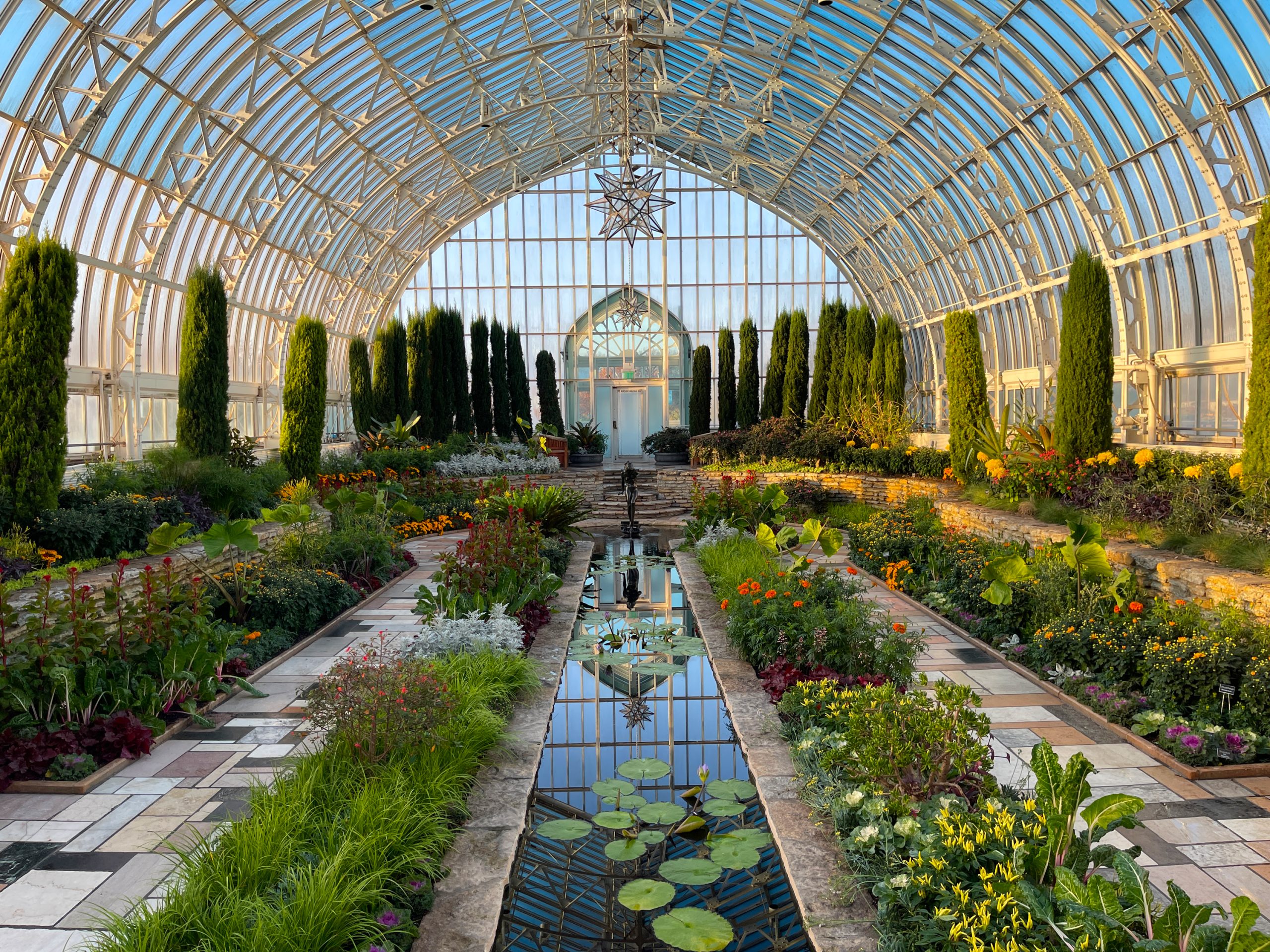
The dazzling colors of Día de los Muertos are the inspiration for the second half of the Sunken Garden’s fall flower show now on display. With orange and yellow mums, accented by bright magenta celosia, this season’s flower show is a fiesta for the senses.
One featured flower is the orange marigold, a Mexican native plant known by the Aztec name cempasúchil. A flower that’s strongly associated with the holiday, the color and fragrance of marigolds are said to show departed souls the path to their family homes. Gardening sources report that demand for marigolds has also risen considerably since the 2017 Disney Pixar film Coco, which introduced a worldwide audience to the customs of Día de los Muertos.
Visitors to the Sunken Garden may also notice that the design of this season’s Fall Flower Show is asymmetrical, breaking up the bilateral design pattern that’s commonly been used in the room. “As gardeners, we’re always interested in trying new things in traditional spaces,” says Lisa Philander, the Marjorie McNeely Conservatory’s horticulture curator. “The goal was to create a feeling of undulating waves of color, rather than making each side of the room a mirror of the other.”
Always free to visitors thanks to your contributions to Como Friends, the Sunken Garden Fall Flower Show is now on display through November 26.
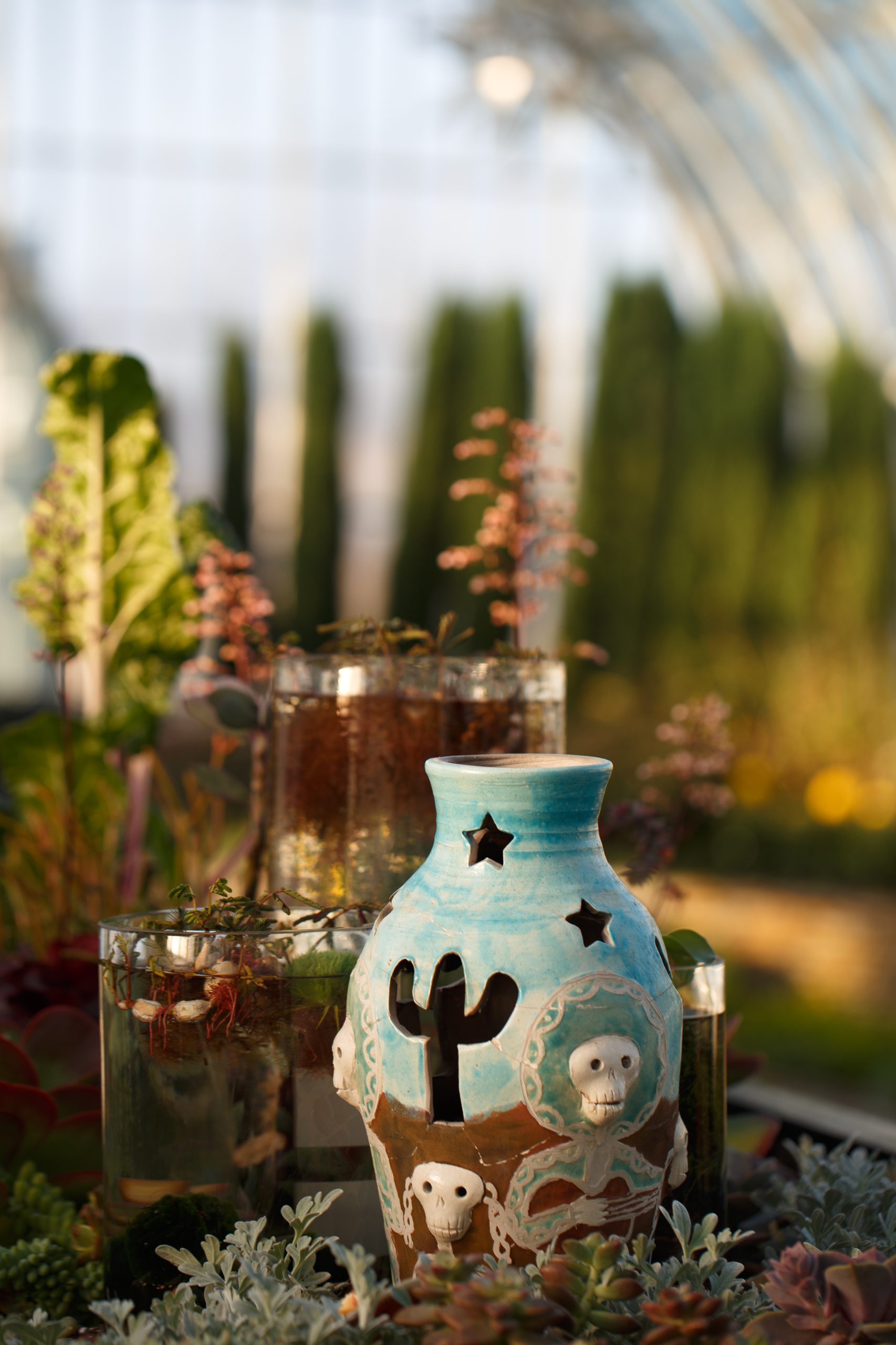

Como’s chrysanthemum show has been a tradition since 1915, but you’ve never seen a fall flower show quite like this one! With an “Under the Sea” theme, the display includes anemone mums, green stingray colcassia, spider mums, and succulents that combine to create a cool octopus’s garden vibe in Minnesota’s most beautiful room. Check out this photo preview, and make plans to see it before October 30, when the fall flower show’s second half transforms into a celebration of Dia de los Muertos.
Did you know that the succulents used in the Fall Flower Show are the very same succulents used in the Gates Ajar display this summer!

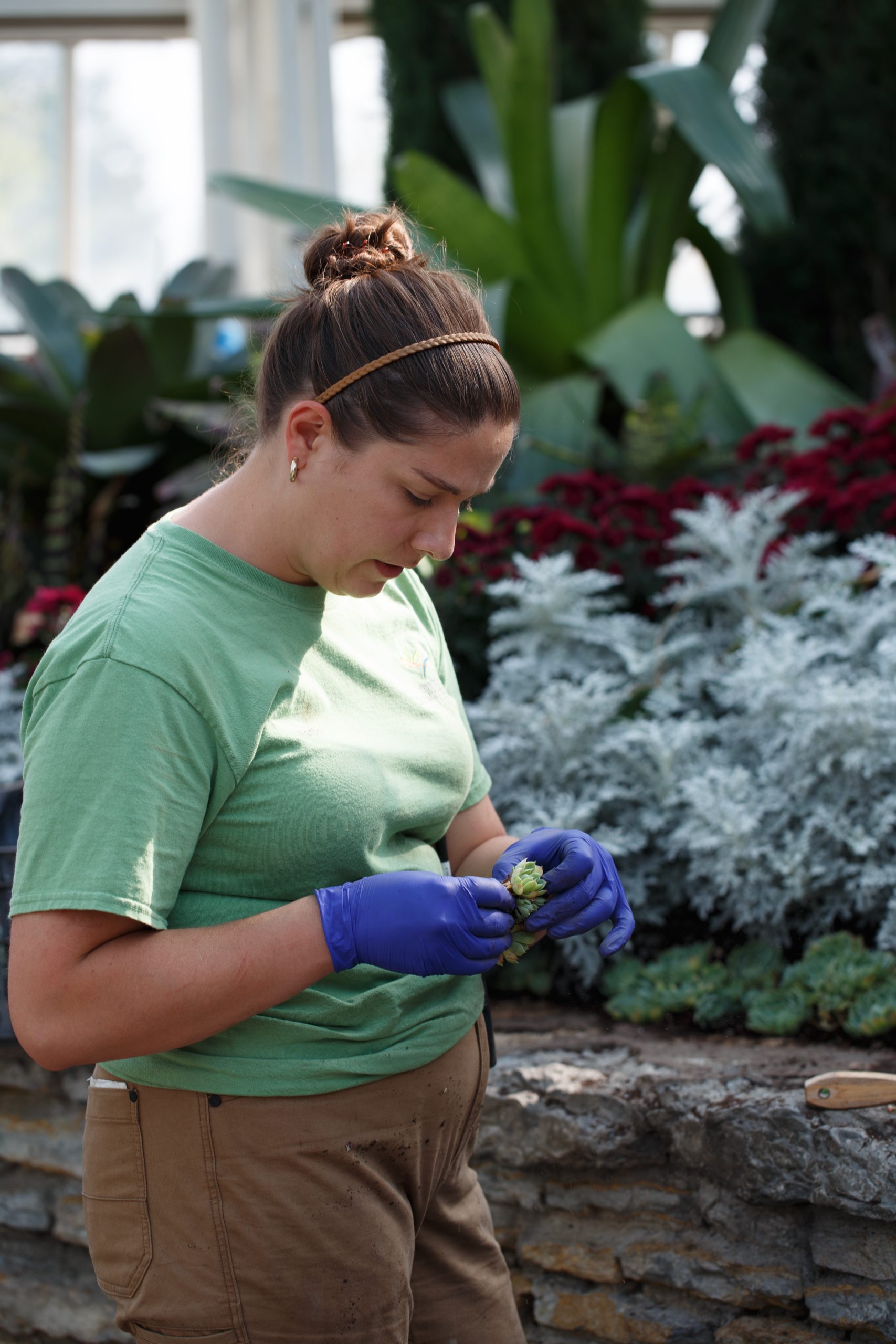
Open from 10 a.m. to 4 p.m. every day, the Fall Flower Show is always free to visitors, thanks to your contributions to Como Friends.
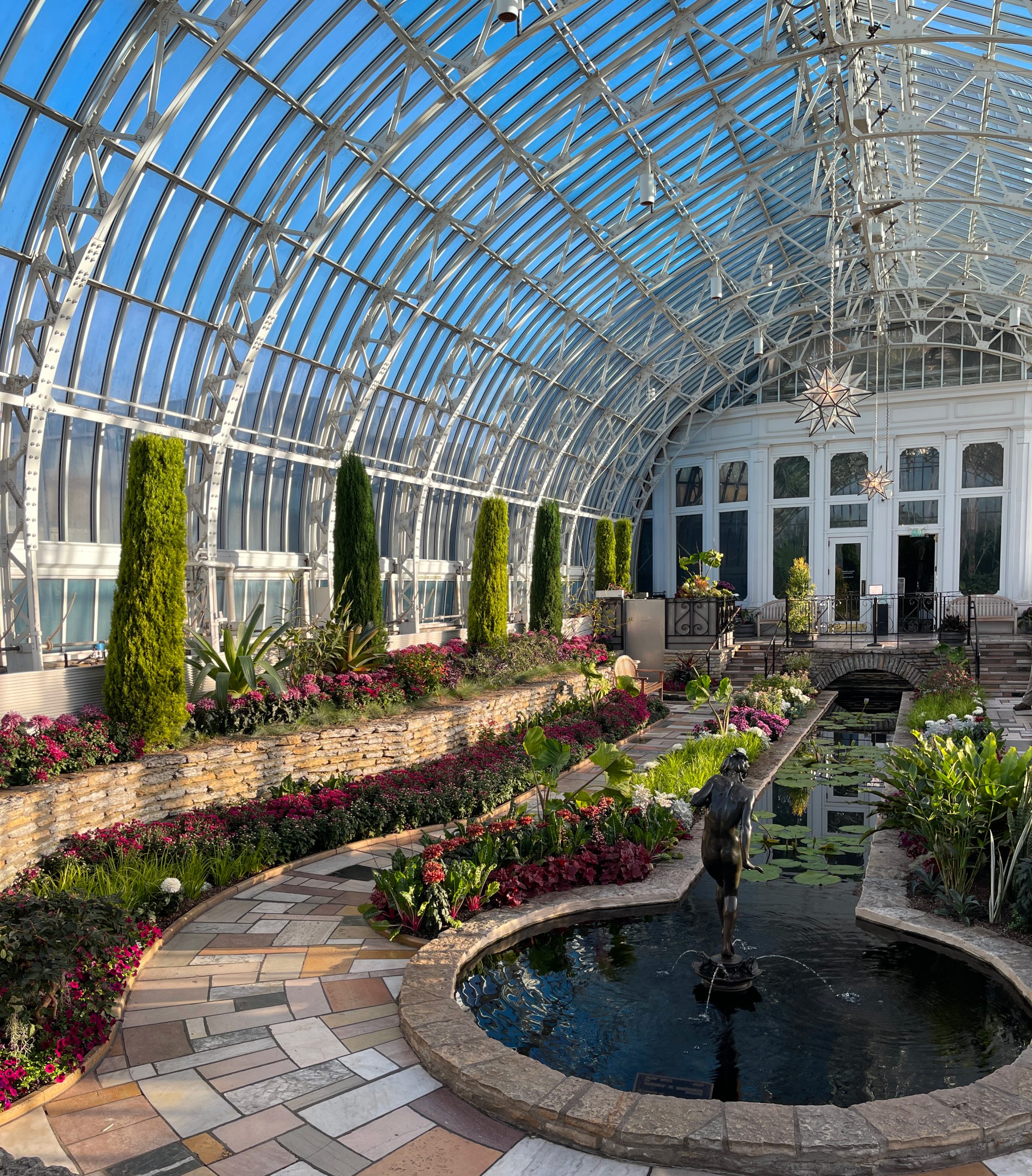
A horticultural tradition with roots that go back to 1894, Como’s beloved mosaiculture is back in season
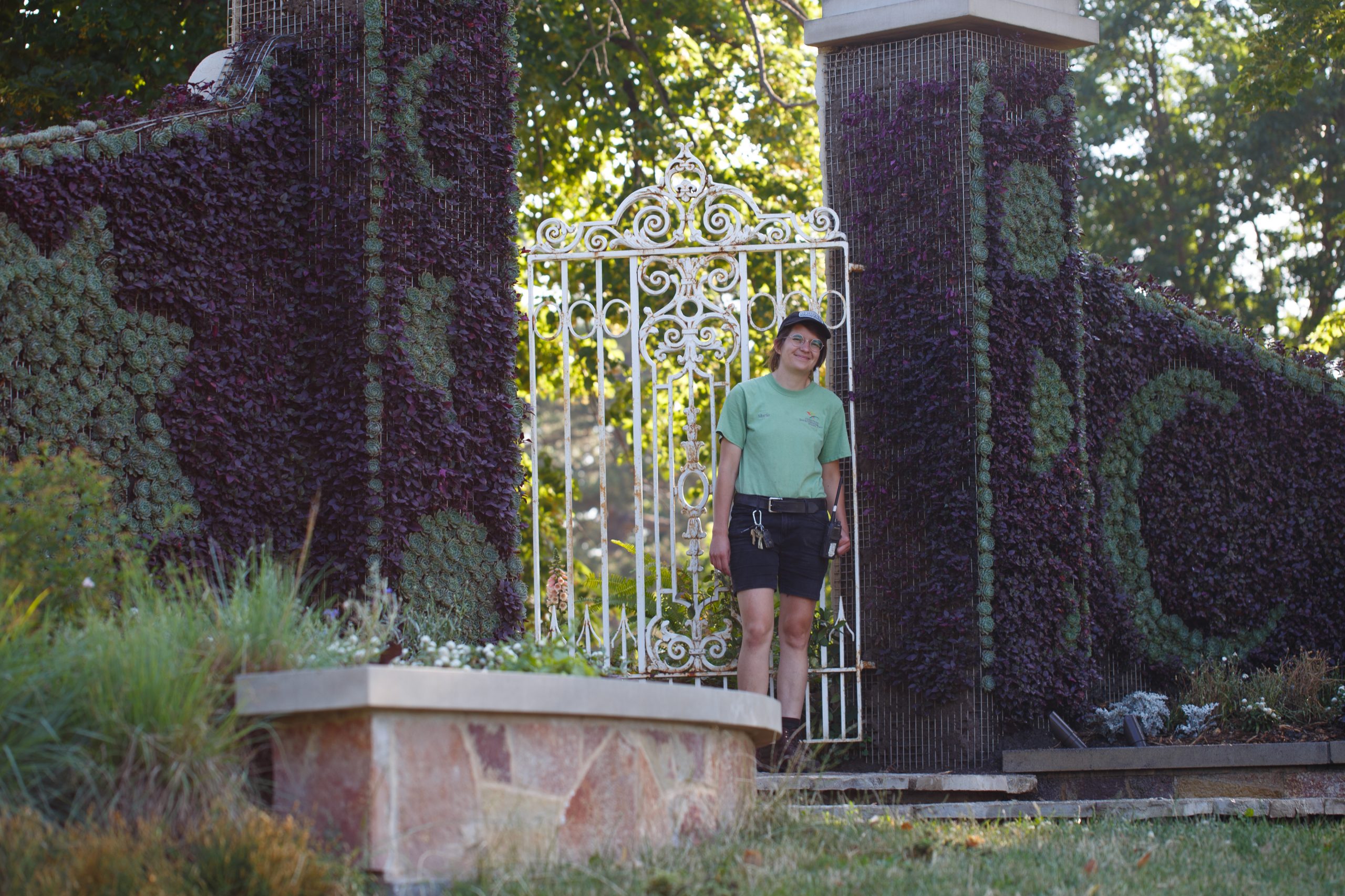
Marjorie McNeely Conservatory assistant gardener Marie Day was wrapping up her work watering the Gates Ajar installation recently when a nearby pedestrian caught her eye to convey a message.
“She didn’t speak English, but she pointed to Gates Ajar and she started clapping,” Day recalls. “She got the point across.”
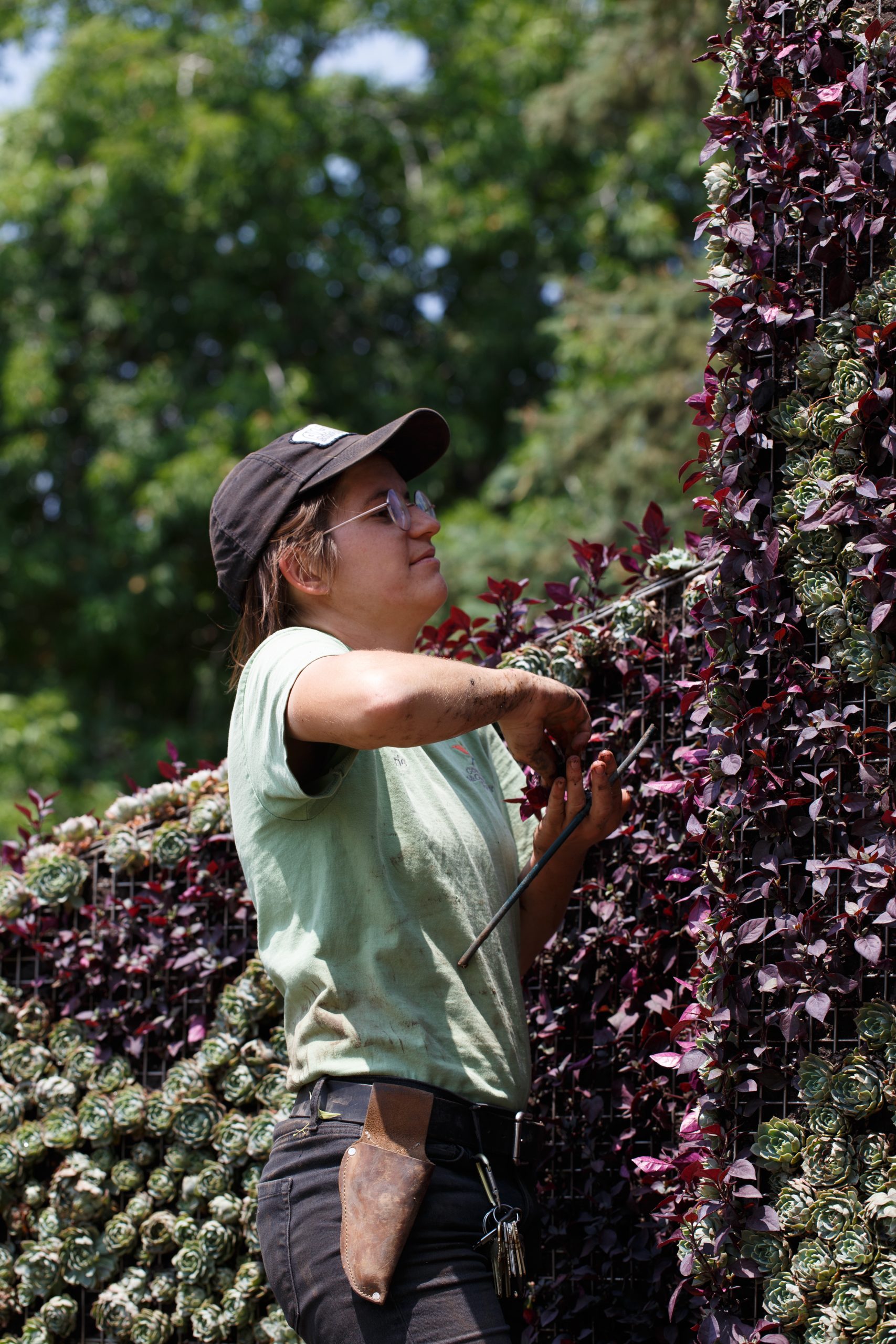
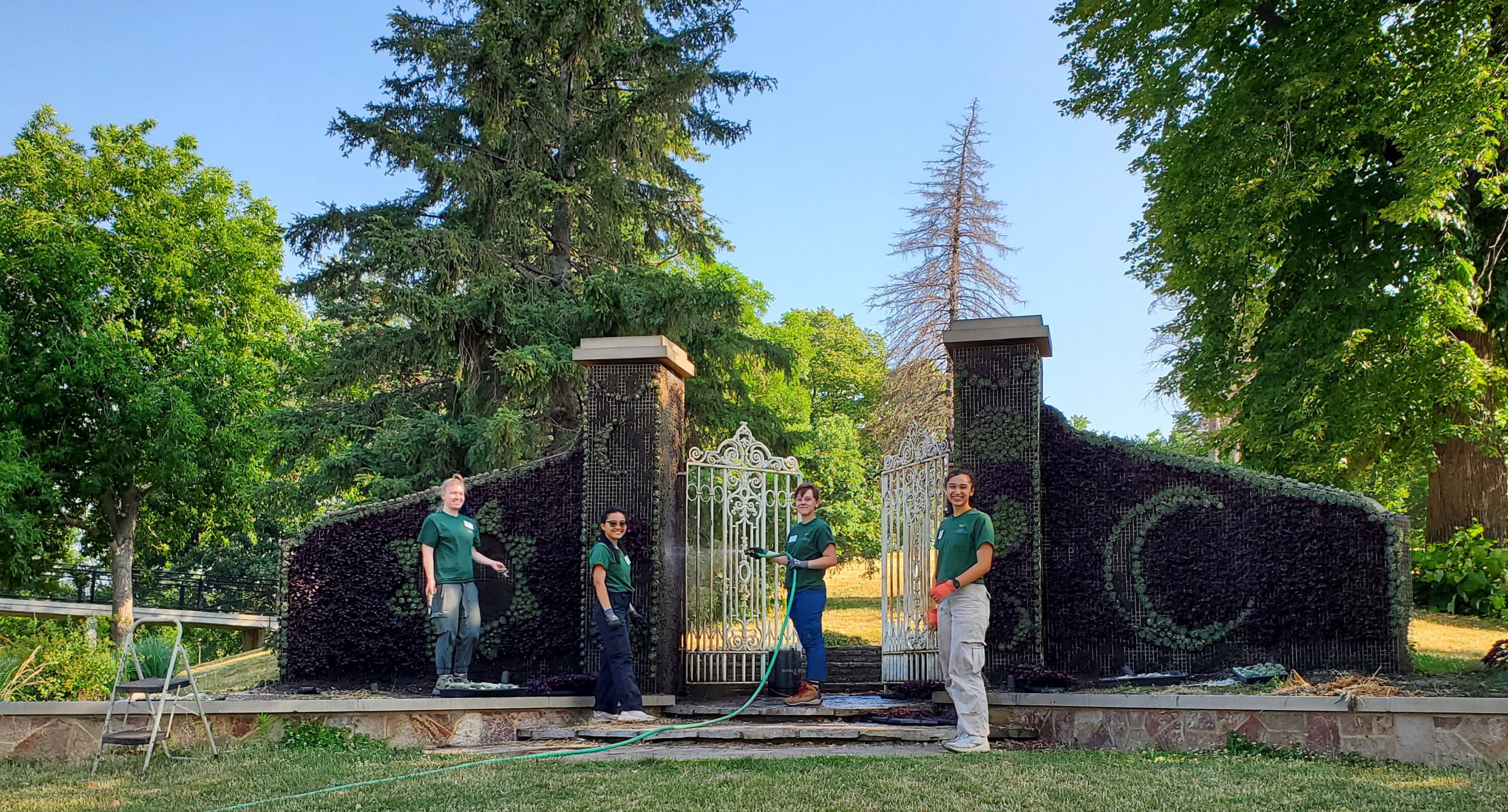
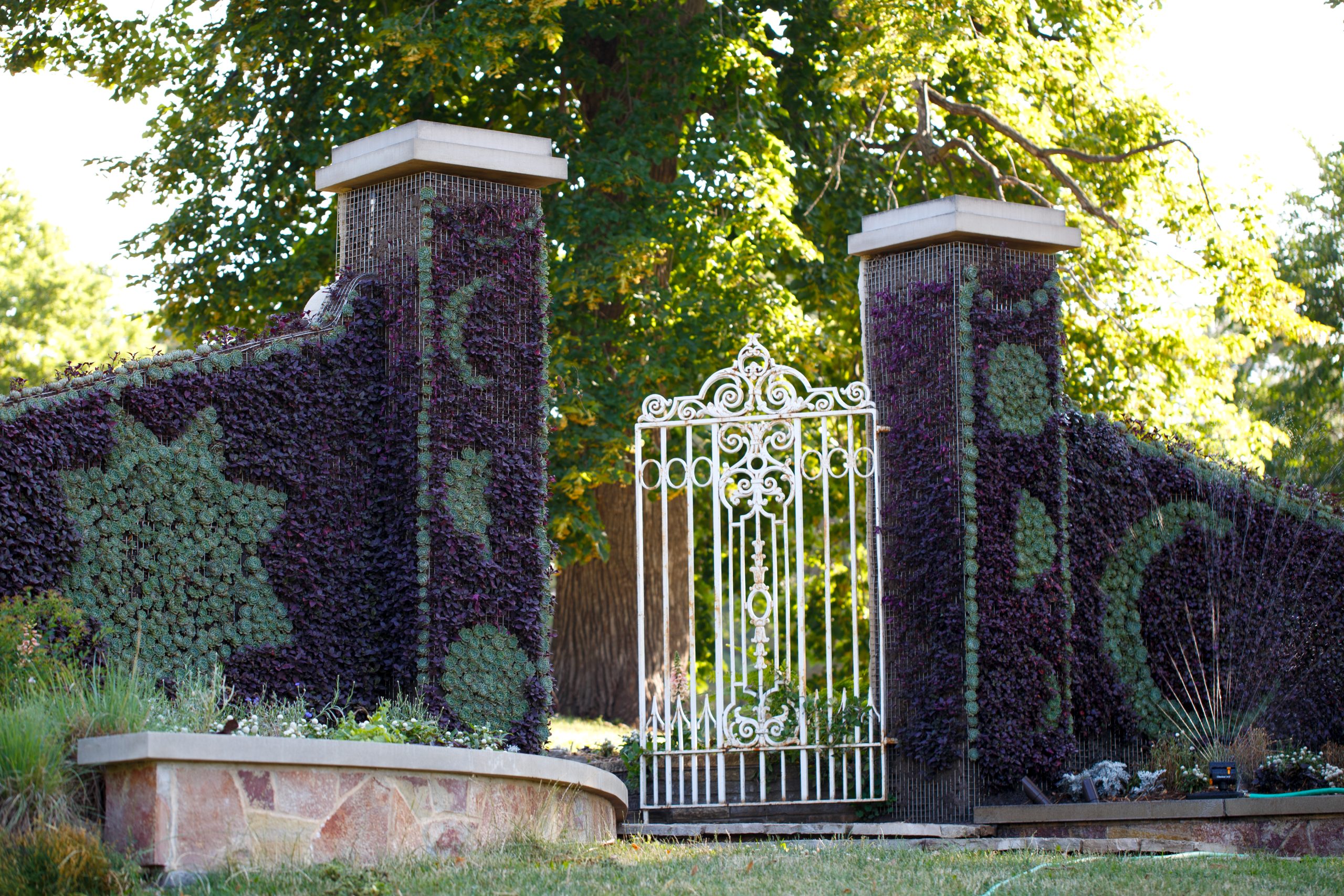
Located just east of Lexington Parkway, Gates Ajar earns applause every year from visitors who appreciate the fresh new ways Como’s horticulturists have interpreted this historic horticultural attraction. Created back in 1894, when building topiary-like sculptures from plant material was the height of European flower fashion, Gates Ajar has been a fixture at Como for more than 100 years. With a name inspired by Henry Wadsworth Longfellow’s 1851 poem “The Golden Legend,” Gates Ajar is essentially an elaborate upright flower bed that requires more than 100 gardener hours to bring into bloom.
Day, who designed this year’s installation, says that work starts with bringing new soil into the structure, a “mudding” process similar to putting up drywall. Next, a team of four gardeners and five interns began planting this year’s sun and moon motif out of nearly 10,000 Conservatory-grown annual plants—a mix of colorful alternanthera and echeveria, a fast-growing succulent.
Once fully installed, Gates Ajar requires continued and painstaking care, from hand-pulling weeds and trimming overgrowth, to nearly 45 minutes of watering each day. The vertical structure can also be a challenge, says Day. “I’m not very tall, so I have to bring in a step ladder and try not to crush the plant material below me.”
Day says she took her inspiration this year from the more traditional floriculture of the 1940s and 50s, but if she gets a chance to design 2024’s installation, purple would be the dominant color. “Next year is the 40th anniversary of ‘Purple Rain,’” she says. “I’m pretty sure that would be a big crowd-pleaser.”
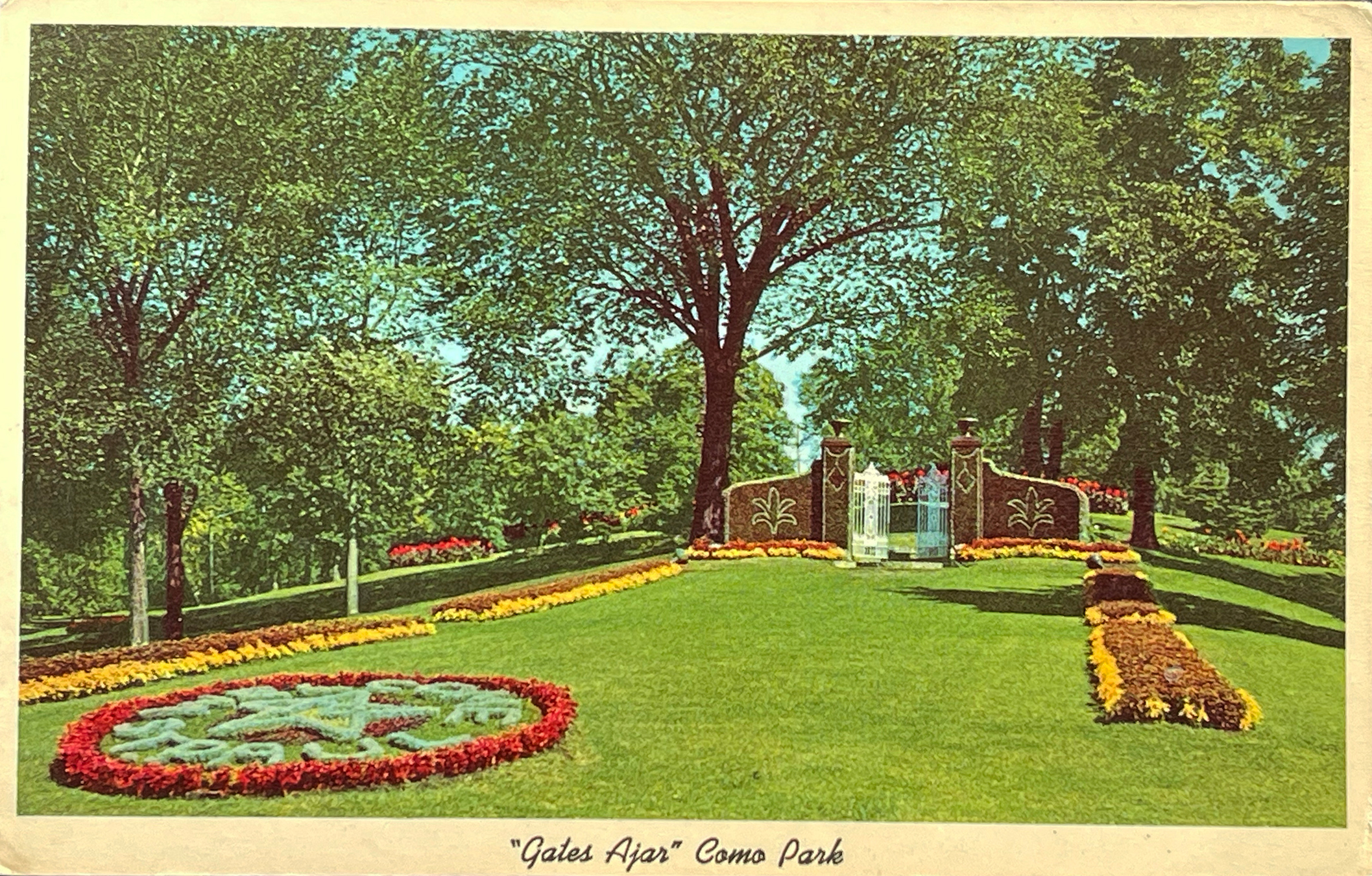
the Summer Flower Show is always free to visitors, thanks to your contributions to Como Friends
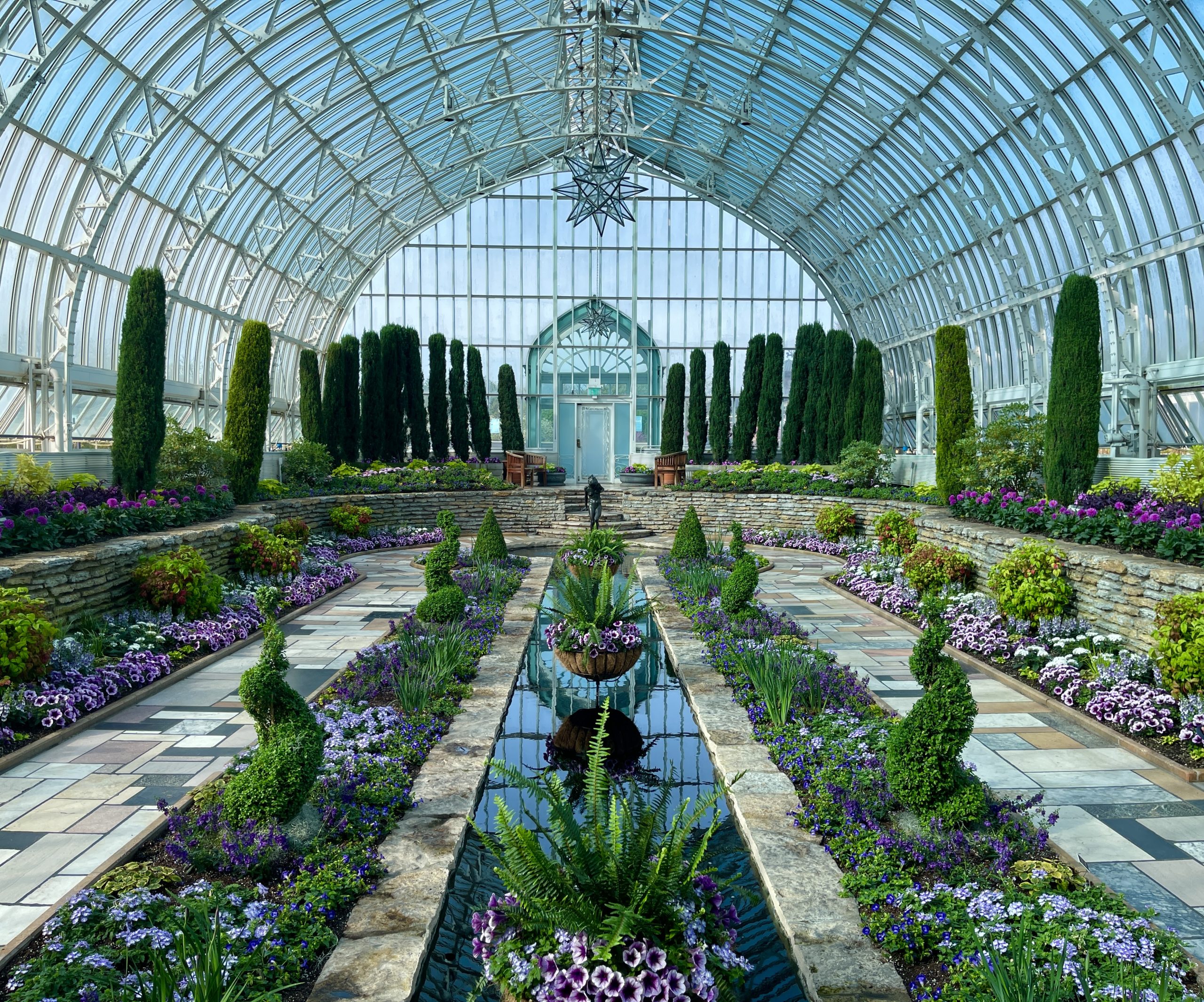
Summer starts early in the Sunken Garden, where the Marjorie McNeely Conservatory’s Summer Flower Show is already in bloom. Brimming with bright colors and new varietals, the year’s longest running flower show is a great place to find inspiration for your own backyard. Open from 10 a.m. to 6 p.m. every day, the Summer Flower Show is always free to visitors, thanks to your contributions to Como Friends.
Volunteers from Minnesota Bonsai Society have helped the Marjorie McNeely Conservatory cultivate one of the Midwest’s best collections
With their Lilliputian leaves, undulating branches, and fairytale trunks, bonsai can sometimes seem like they come from another world. That’s why Como horticulturist Reva Kos tries to take the mystery out of these miniature potted trees when she talks with curious visitors at the Marjorie McNeely Conservatory.
“I want visitors to know that really anyone can create a bonsai,” says Kos, who has served as the curator of Como’s bonsai collection for the past decade. “They’re special trees because of how we take care of them, but they’re just trees. They’re not magically small—they’re just well loved.”
Over the last three decades, the Marjorie McNeely Conservatory’s bonsai collection has been very well loved—not only by Como’s horticultural staff, but also by the Minnesota Bonsai Society. Starting in the early 90s, when First Bank donated a sizable collection of bonsai to the Conservatory, a long list of dedicated volunteers from the Minnesota Bonsai Society (MBS) have contributed their time and expertise in training one of the best bonsai collections for public display in the Midwest. “We wouldn’t have the collection we have without the Bonsai Society,” says Kos. “Working with our volunteers is a collaboration. Everyone who works with bonsai is opinionated about what should happen next with a tree, and it’s fun to bounce ideas off each other.”
MBS member Kirk Hedberg agrees. “With other kinds of artwork, like painting or sculp- ture, you’ll reach a point where you know it’s done, but the thing that’s fascinating about bonsai is that you’re never done—the tree keeps growing and adapting, and you come to an agreement with the tree over a long period of time about how it’s going to look. The tree has ideas and you have ideas, and they’re not always going to mesh.”
A bonsai enthusiast since the 1970s, Hedberg, a retired chemistry teacher from Afton, makes the trip to Como every week to help prune, wire, clean and repot the Conservatory’s collection of more than 130 trees, which range from traditional Japanese maples and junipers, to Ponderosa pines from the Rocky Mountains and Tamarack from Minnesota’s north shore. The wide variety of species, sizes and characteristics of Como’s bonsai allows Kos to select the trees that are blooming or look the best at a given moment for public display in The Ordway Gardens. The upcoming Mother’s Day Bonsai show, slated for May 13 and 14, is a great time to discover the beauty of bonsai, with a few of Kos’ and Hedberg’s insider tips.
Leaning In: Bonsai trunks often tip toward the viewer, a visual trick that draws viewers in to the miniature world bonsai masters are trying to create. But leaning in is not a requirement. “Once you learn all the rules of bonsai, you discover that some of the most beautiful trees break them all,” says Hedberg.
Asian Roots: Bonsai has roots that go back to China in 700 AD where crafting elegant potted trees or “pun-sai” was only for the elite. By the 1200s, bonsai had become a mainstay of Japanese horticulture, spreading through Europe and the West by the late 19th century. As a result, every culture has a certain style, says Hedberg, from the more densely “helmeted” trees you might see in a European collection, to the airier American style influenced by California bonsai master John Yoshio Naka, who believed branches must “leave room for the birds to fly through.” No matter where they come from, Kos says, bonsai are typically planted in a soilless mixture of pumice, lava rock, and akadama, granular clay-like material mined from the volcanic soil near Japan’s Mount Fuji.
Bonsai Styles: Como’s collection includes a wide range of bonsai styles and plant materials, like the Ponderosa pine featured above. Each inset also features a distinct aesthetic style: examples shown above, the Trident Maple with an S-shaped trunk is trained in the informal upright style (Moyogi ); the Japanese Greybark Elm are arranged in a forest style (Yose-ue); the White Cedar represents the formal upright style (Chokkan); and the Chinese Elm features a semi-cascading style (Han-kengai), with branches that drop below the top of the pot.
Artificial Aging: Some of Como’s bonsai are more than 450 years old, but many more are just trained to look that way, with winding trunks and flaring root systems (Nebari) that make the tree look like it’s survived the elements. “Age is an important part of the aesthetic,” says Hedberg. “If you can make a 20-year-old tree look like it’s 200 years old, that’s a successful bonsai.”
Nearly a year in the making, the Marjorie McNeely Conservatory’s Spring Flower Show is finally in bloom
Since her arrival last year, Dr. Lisa Philander, the Marjorie McNeely Conservatory’s new horticultural curator, has been digging in to every corner of Como’s horticultural operations, from climbing ladders to prune the fig trees in the North Garden, to drawing up the design for this season’s Spring Flower Show.
Starting back in July 2022, Dr. Philander selected the flowers, bulbs and plants she wanted to see this season in the Sunken Garden. “That’s why there are so many hyacinth, because I just love hyacinth,” she says.
She also knew she wanted to incorporate several topiaries donated by her friend and master gardener Marge Hols, the long-time Pioneer Press gardening columnist, who passed away last summer. Hols was also a past president of the St. Paul Garden Club, whose members have been generous donors and volunteers of the Marjorie McNeely Conservatory over the years. “I love that we have her topiaries in the show, in her honor,” Dr. Philander says.
With a vibrant palette of chartreuse green, purple, pink and yellow, Dr. Philander also mixed grasses and giant allium around the beds surrounding the pool to resemble “a springtime meadow with bulbs popping up,” she says. “We’re just trying it out, but the hope is that they’ll bloom in succession, so there will be something new for visitors to see every day.”
The Marjorie McNeely Conservatory’s Spring Flower Show is free to the public and open every day, from 10 a.m. to 6 p.m., through April 30. Made possible, in part, by your contributions to Como Friends, the Spring Flower Show is the most anticipated and well-attended display of the year.
“Conserving resources is part of our mission at Como Friends, so we’re happy to support the beautiful flowers people will see this spring in the Sunken Garden, and to provide shoppers the opportunity to reuse the bulbs and make their gardens look great,” says Jackie Sticha, president of Como Friends.
Each year, Como grows about three times as many tulips as will fill the Sunken Garden, so that as each bloom peaks and fades, horticulturists can swap in a fresh flower. Once they’ve made their debut in the Sunken Garden, hundreds of bulbs are then recycled and sold each year at Como Friends’ Garden Safari Gifts for replanting in garden beds and backyards all over the Twin Cities. “Conserving resources is part of our mission at Como Friends, so we’re happy to support the beautiful flowers people will see this spring in the Sunken Garden, and to provide shoppers the opportunity to reuse the bulbs and make their gardens look great,” says Jackie Sticha, president of Como Friends. Be sure to follow Como Friends’ Facebook page for announcements about this frequent sell-out event.
For the Marjorie McNeely Conservatory’s team of horticulturists, the Spring Flower Show is an act of love
Tulips have been gaining on roses as the favored flower of Valentine’s Day, a flower trend that Como horticulturist Bo Akinkuotu says is easy to understand. Not only are tulips said to signify true and perfect love, he says, “they also come in practically every color, and they give us all that first sign of spring that we all look forward to seeing.”
In keeping with decades of tradition, tulips will also be the star players in the Marjorie McNeely Conservatory’s Spring Flower Show, scheduled for March 25 through April 30. But getting nearly 10,000 bulbs to bloom on cue for the show’s four-week run requires a full year of tender loving care, especially from Akinkuotu, who is responsible for this year’s tulip crop. “This is my first time managing the tulips, so the pressure is really on,” he says. Here’s a look at how the Marjorie McNeely Conservatory’s horticultural staff makes it happen:
1). Planning for the Spring Flower Show happens nearly a year in advance, as the Conservatory staff take down the previous season’s show, study which plants performed best, and create a new design for the year ahead. While many bulbs can be recycled and reused, funding from Como Friends helps to keep every flower show feeling fresh, providing for the new varietals and exotic bulbs that winter-weary Minnesotans long to see every spring.
2). By fall, Como’s backstage growing space begins to fill with crates of spring bulbs, which are potted up in stages by Como’s horticultural staff and a team of community volunteers. The majority still come from the Netherlands, where more than 90 percent of the world’s tulips are farmed.
3). Thanksgiving Day is the unofficial deadline for getting up to 10,000 tulips and supporting players like daffodils, hyacinth, and ranunculus into pots and ready for winter. With their roots just formed, the spring bulb crop moves into a backstage cooler for up to four months. The Marjorie McNeely Conservatory’s climate control system—recently updated thanks to contributions to Como Friends—is critical to the process, creating the cold conditions that spark the flower formation within each bulb.
“Conserving resources is part of our mission at Como Friends, so we’re happy to support the beautiful flowers people will see this spring in the Sunken Garden, and to provide shoppers the opportunity to reuse the bulbs and make their gardens look great,” says Jackie Sticha, president of Como Friends.
4). The warm-up starts in early March, as horticulturists move each bulb back into the growing range, rising soil temperatures help the flowers to mature within the bulbs, with early flower stalks emerging in time for the show’s debut on March 25. “Getting the timing right here is critical,” says Akinkuotu, adding that with pricey plant material, “we want to get the biggest bang for our buck.” The chilly temps visitors may notice in the Sunken Garden help to keep the flowers at their peak for longer.
5). Each year, Como grows about three times as many tulips as will fill the Sunken Garden, so that as each bloom peaks and fades, horticulturists can swap in a fresh flower. Once they’ve made their debut in the Sunken Garden, hundreds of bulbs are then recycled and sold each year at Como Friends’ Garden Safari Gifts for replanting in garden beds and backyards all over the Twin Cities. “Conserving resources is part of our mission at Como Friends, so we’re happy to support the beautiful flowers people will see this spring in the Sunken Garden, and to provide shoppers the opportunity to reuse the bulbs and make their gardens look great,” says Jackie Sticha, president of Como Friends. Be sure to follow Como Friends’ Facebook page for announcements about this frequent sell-out event.
